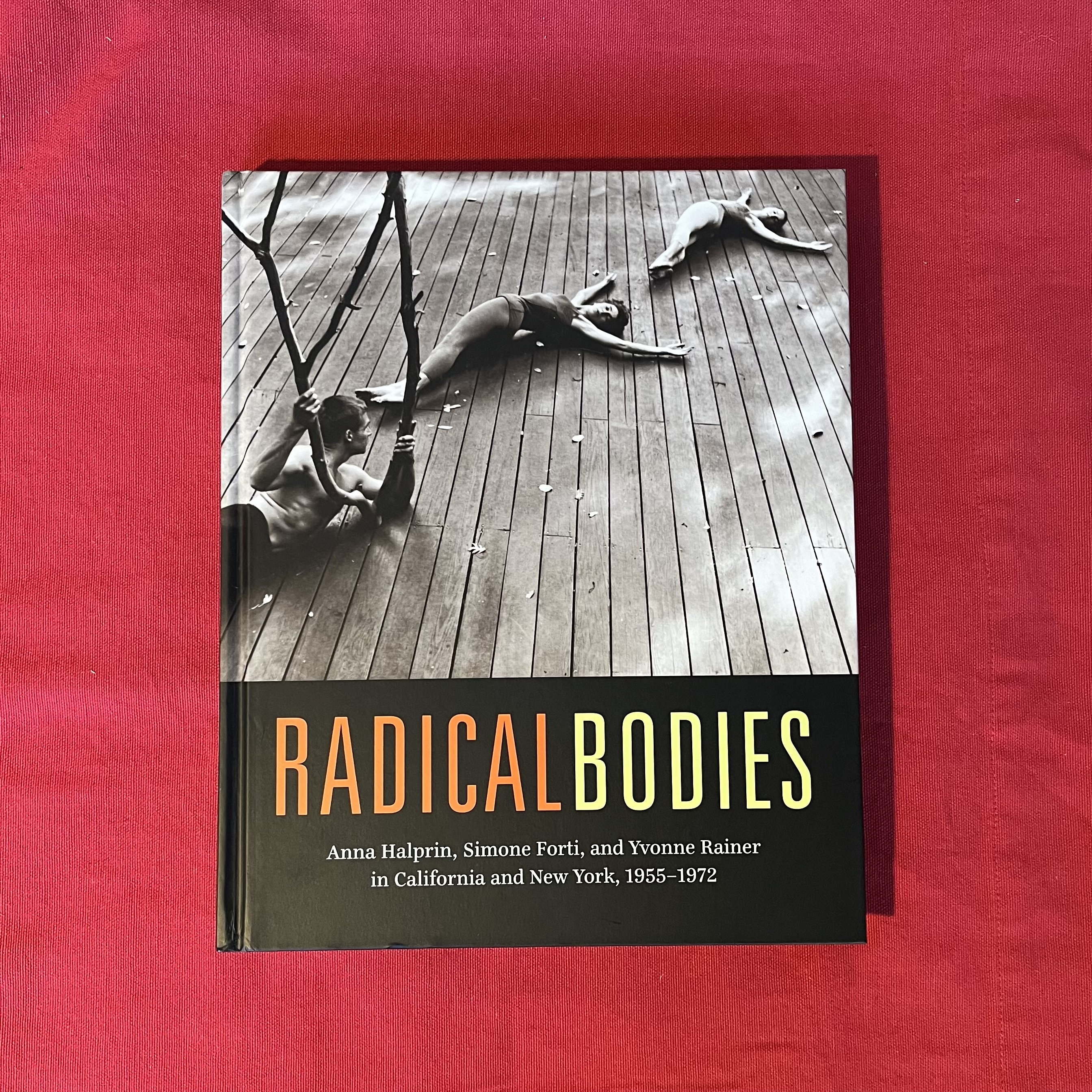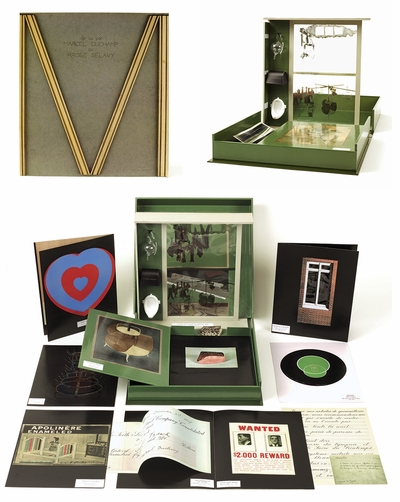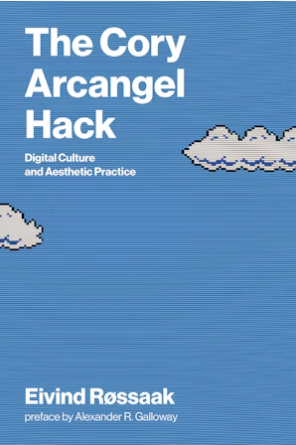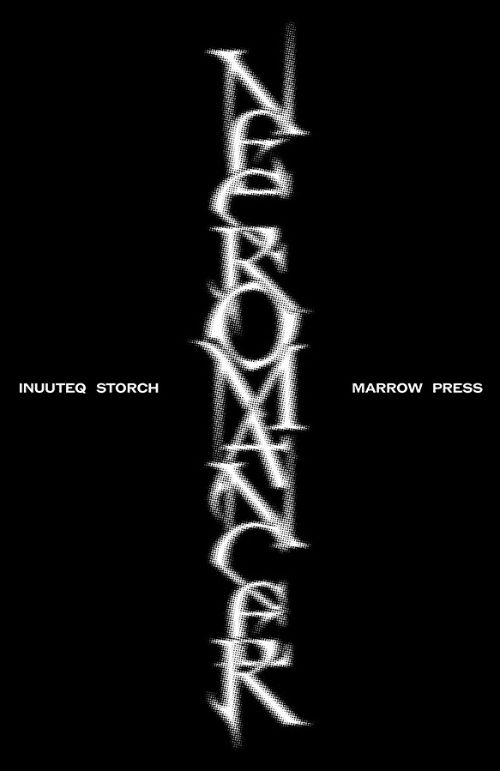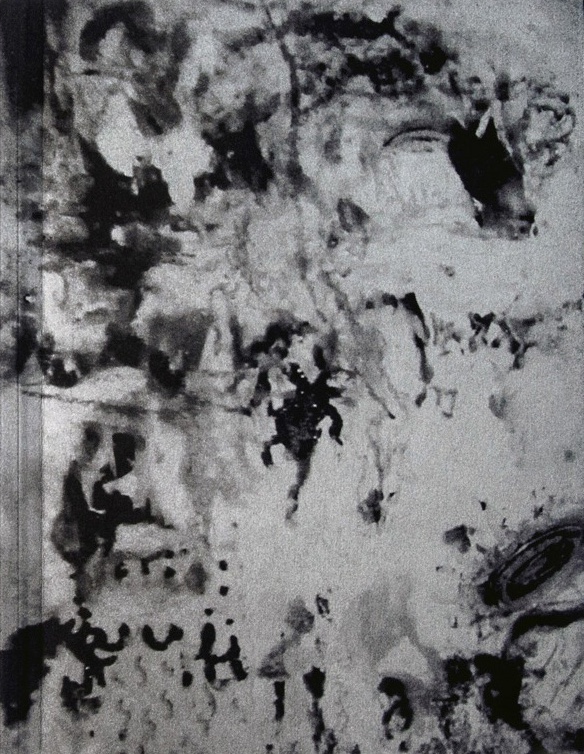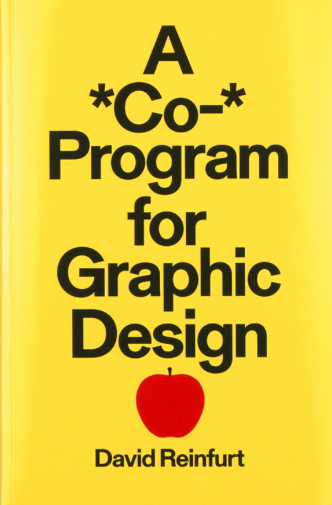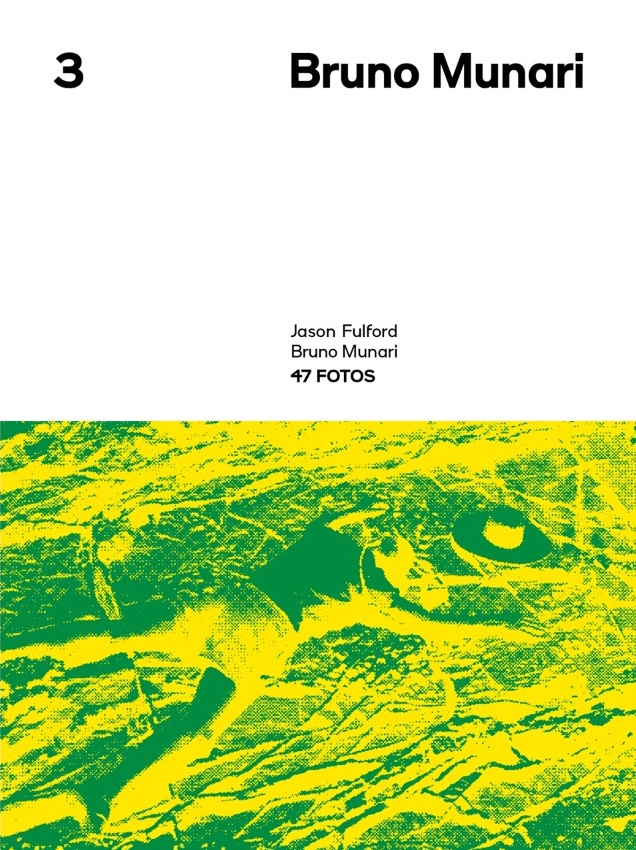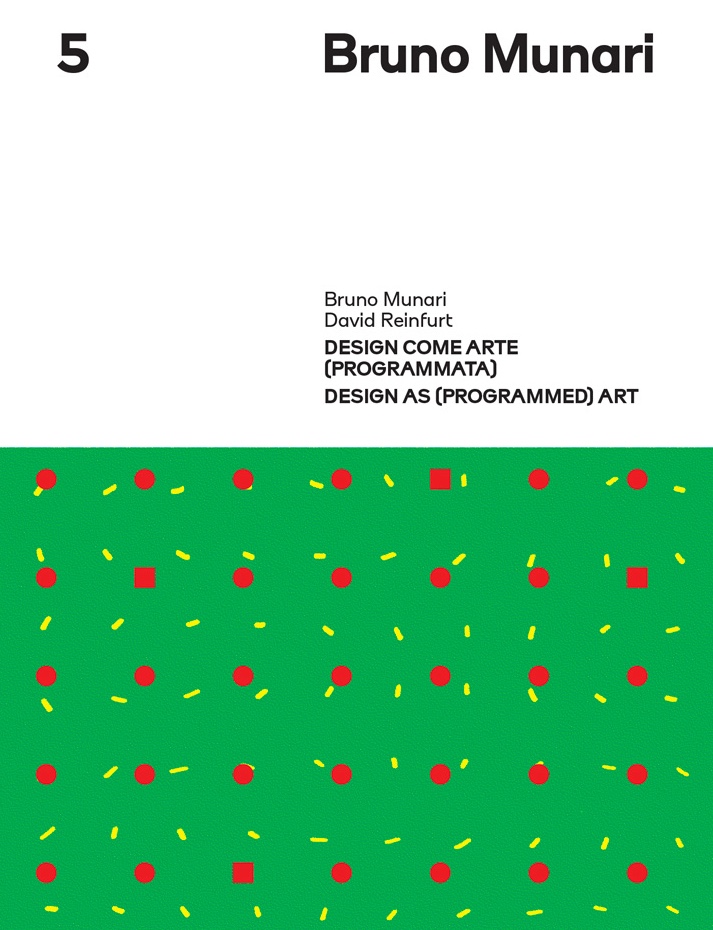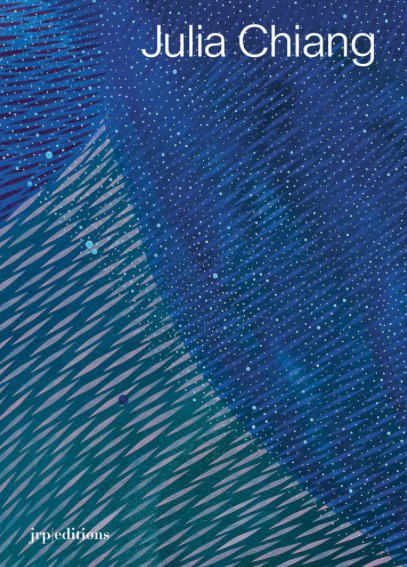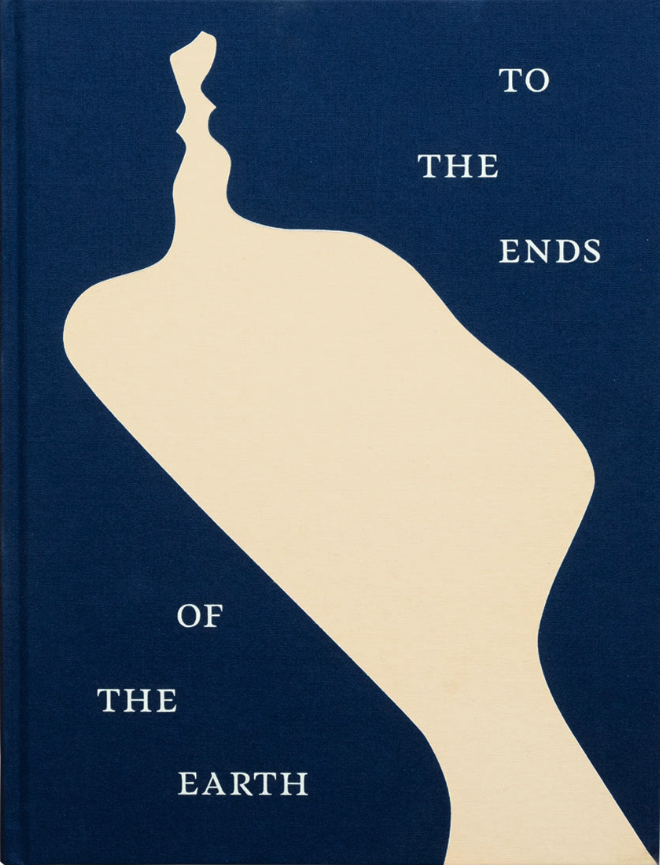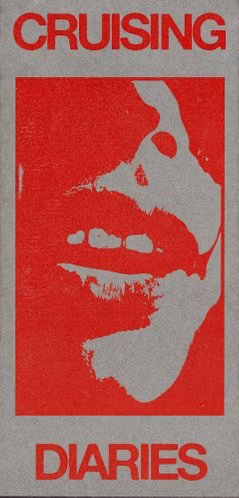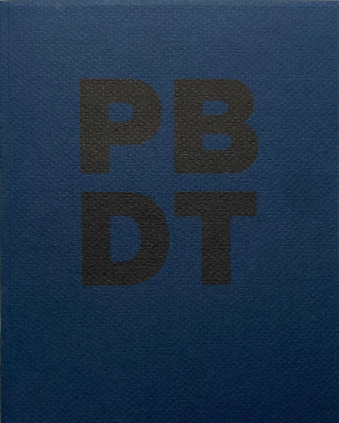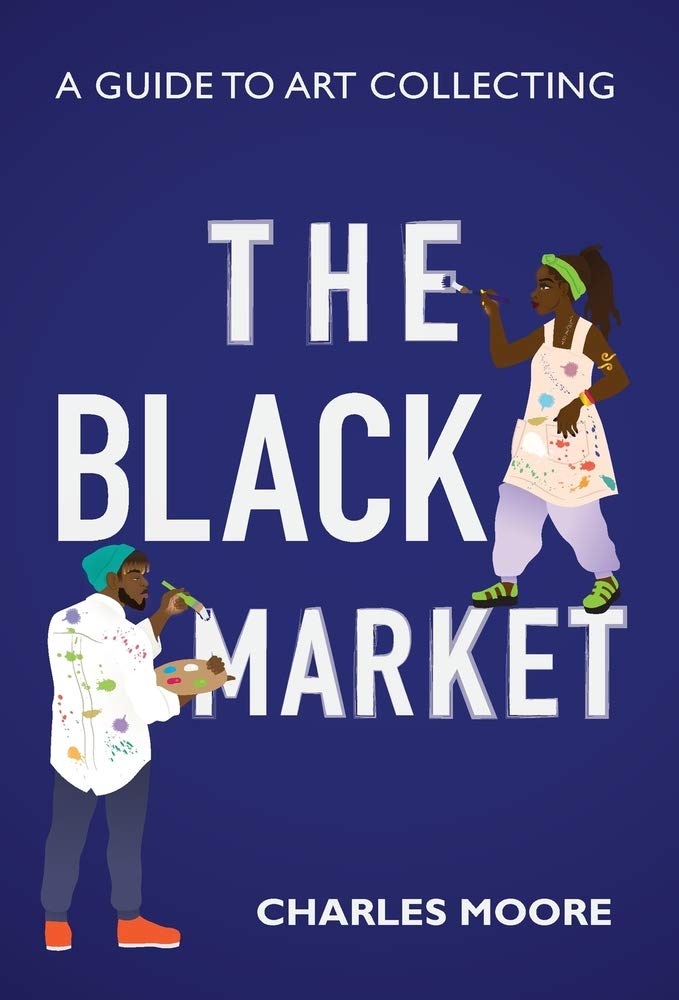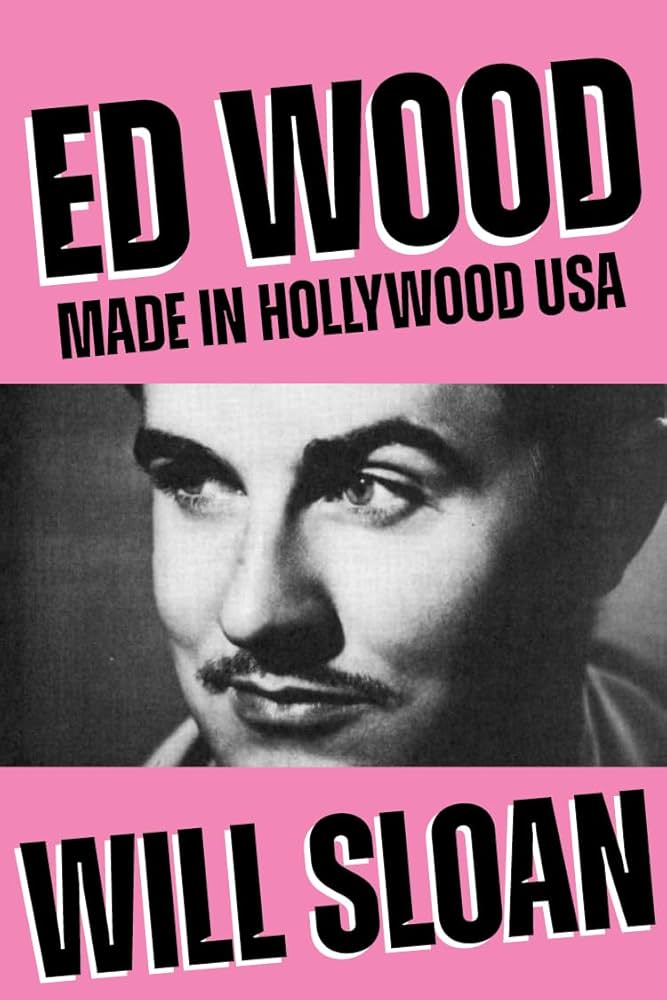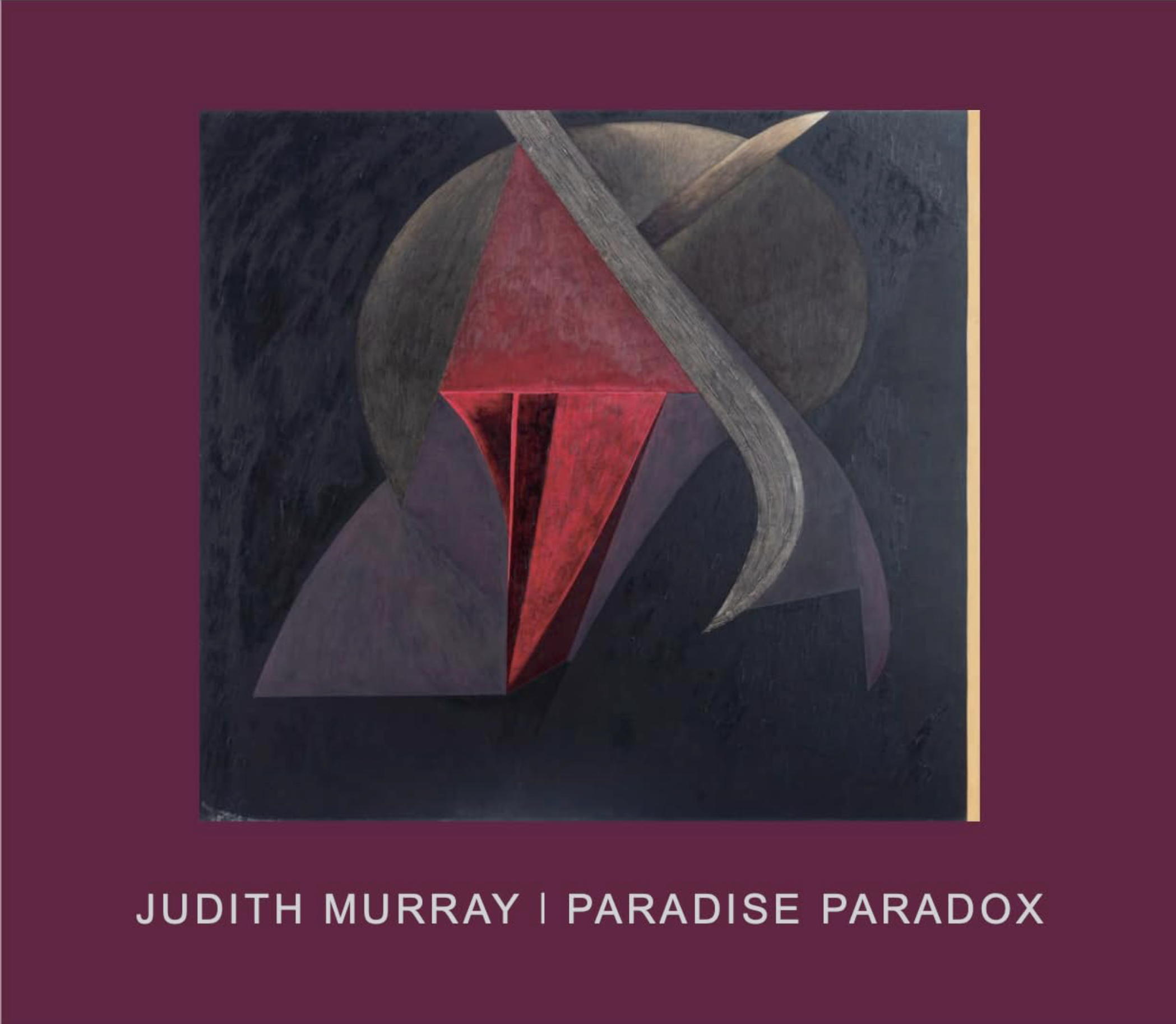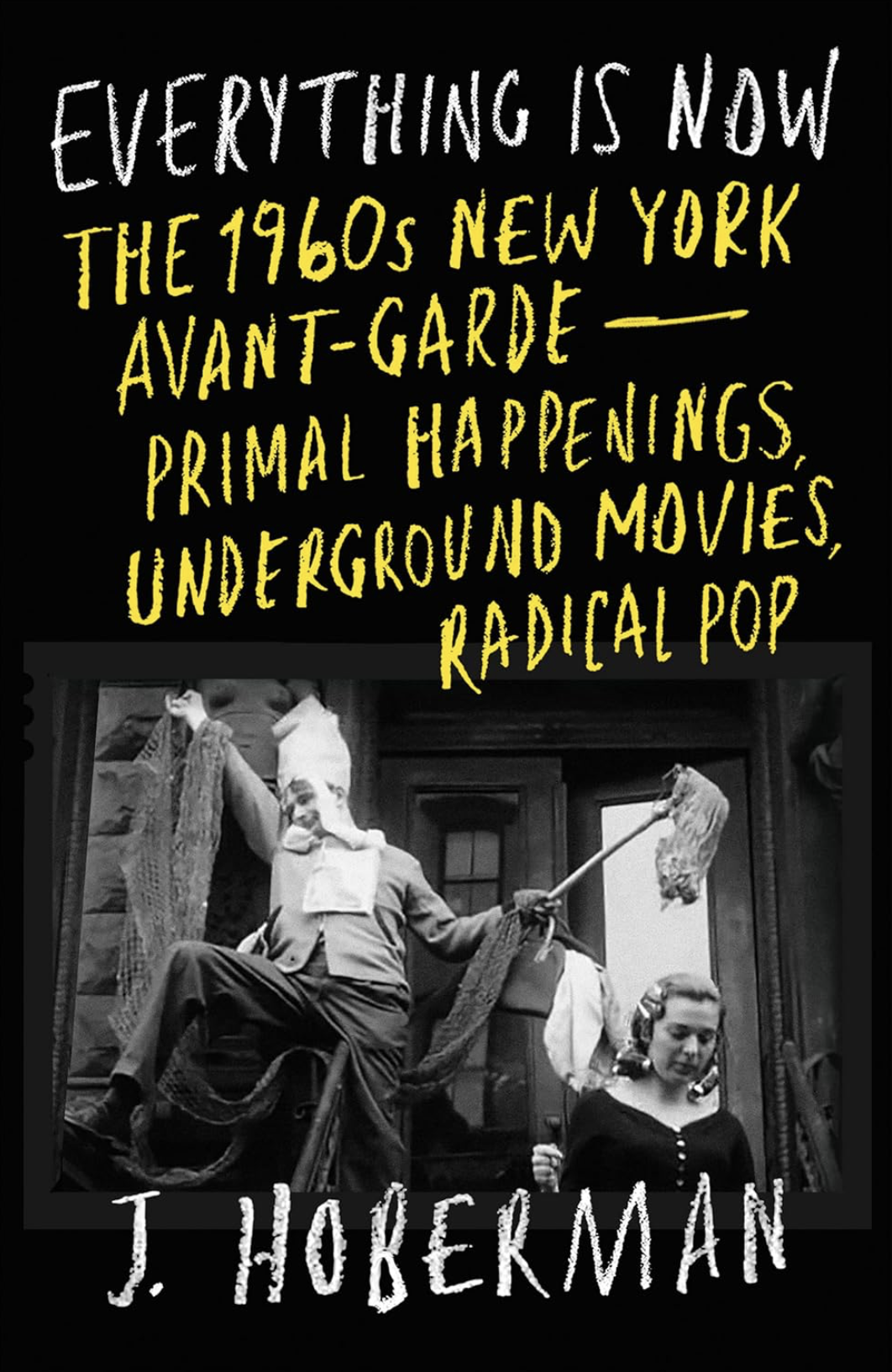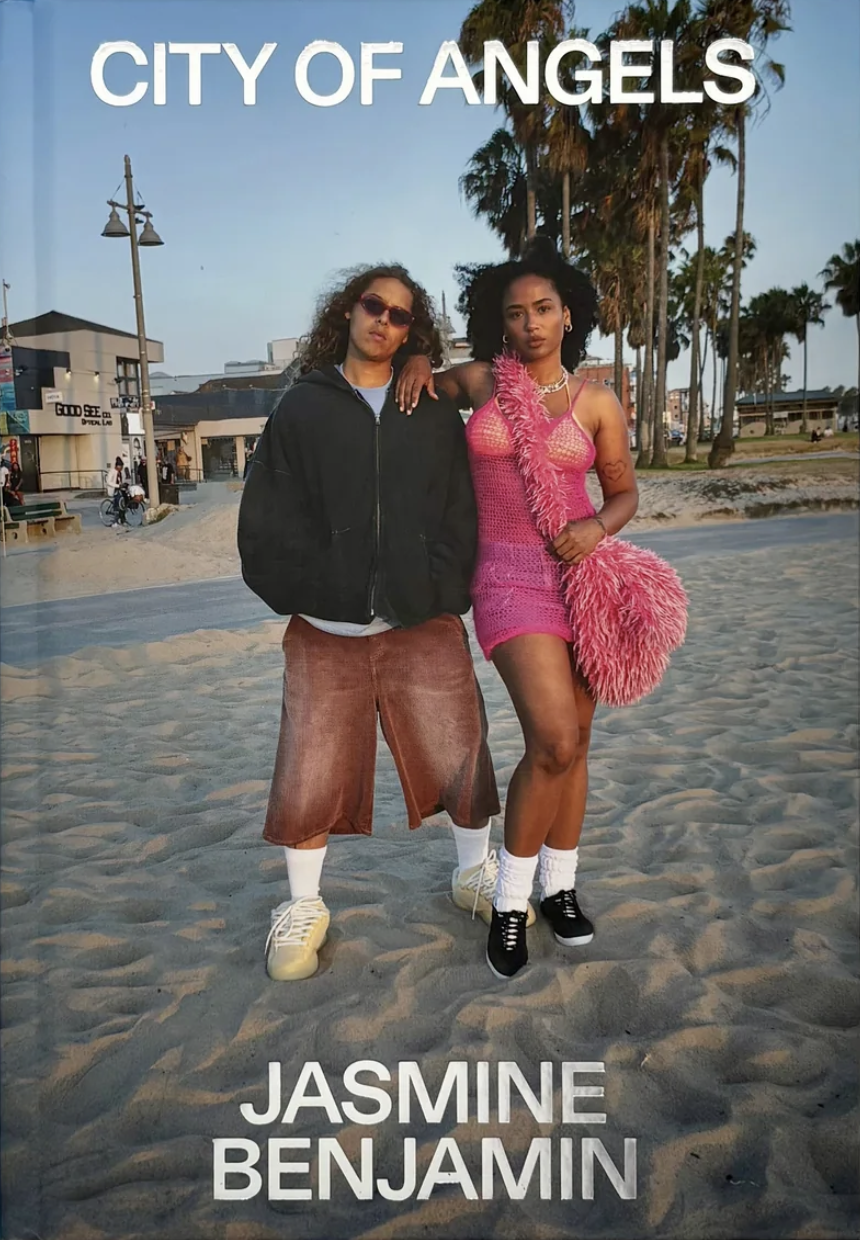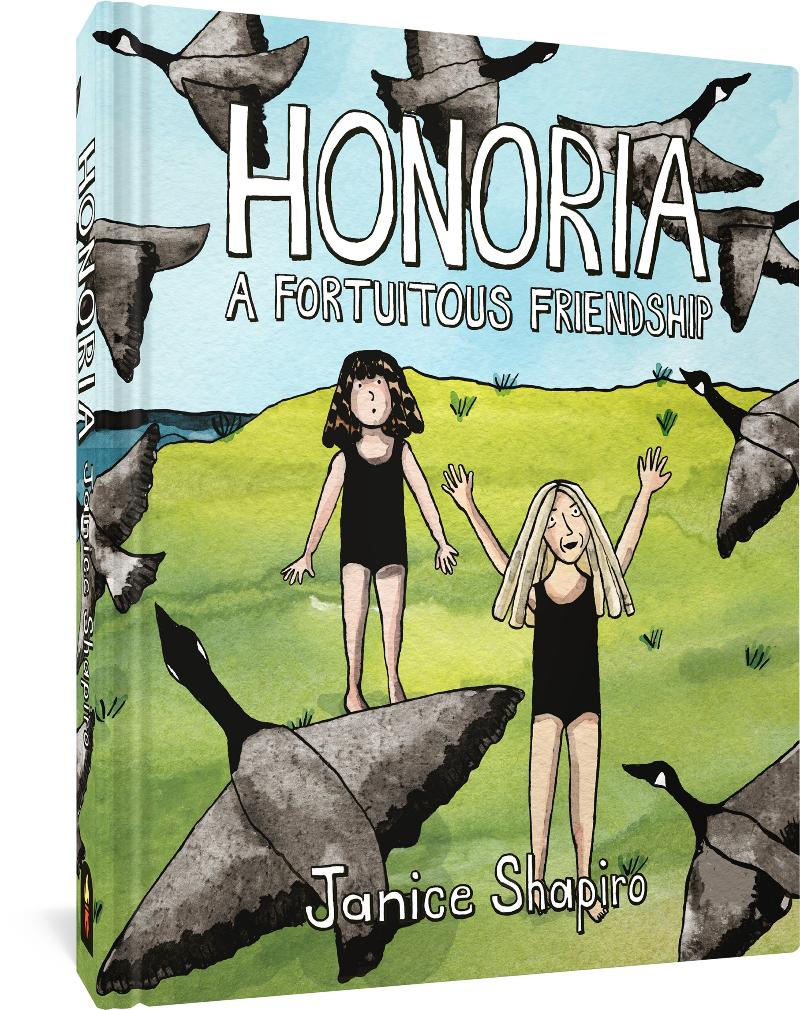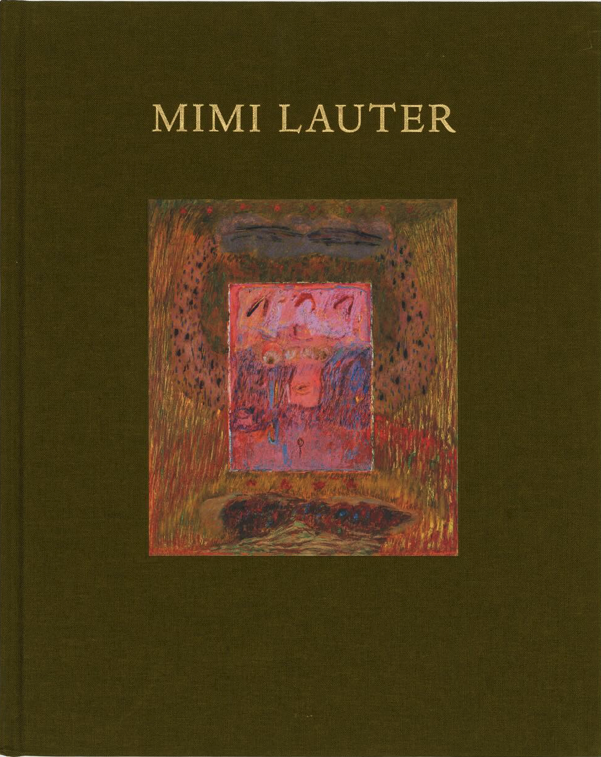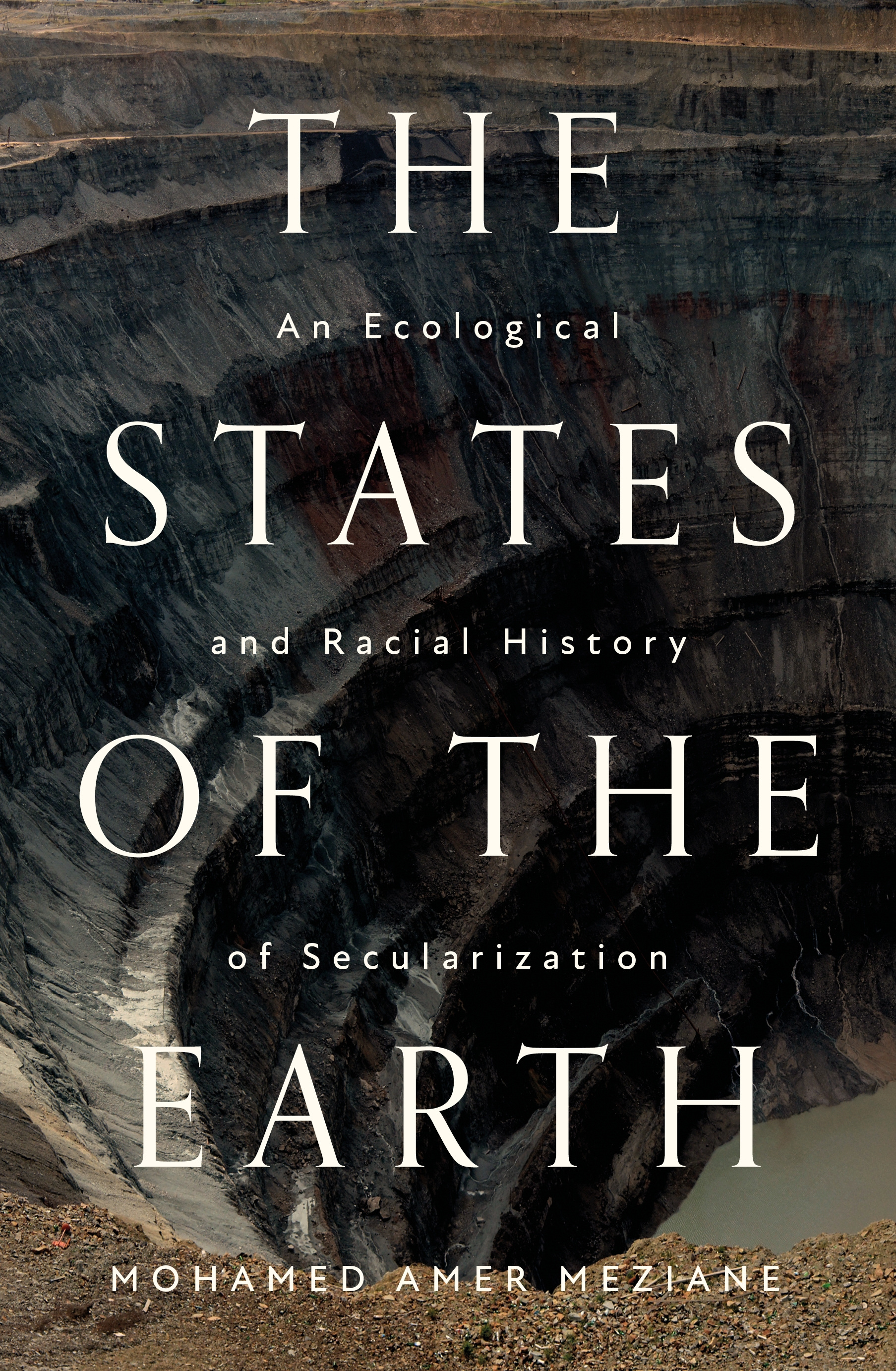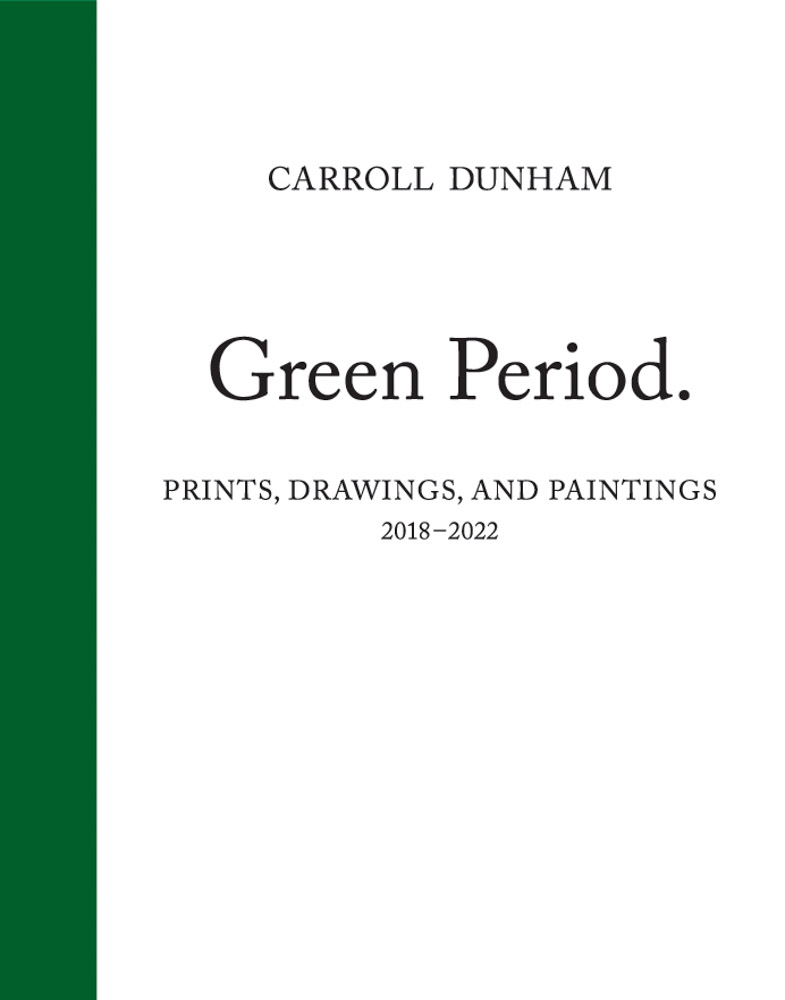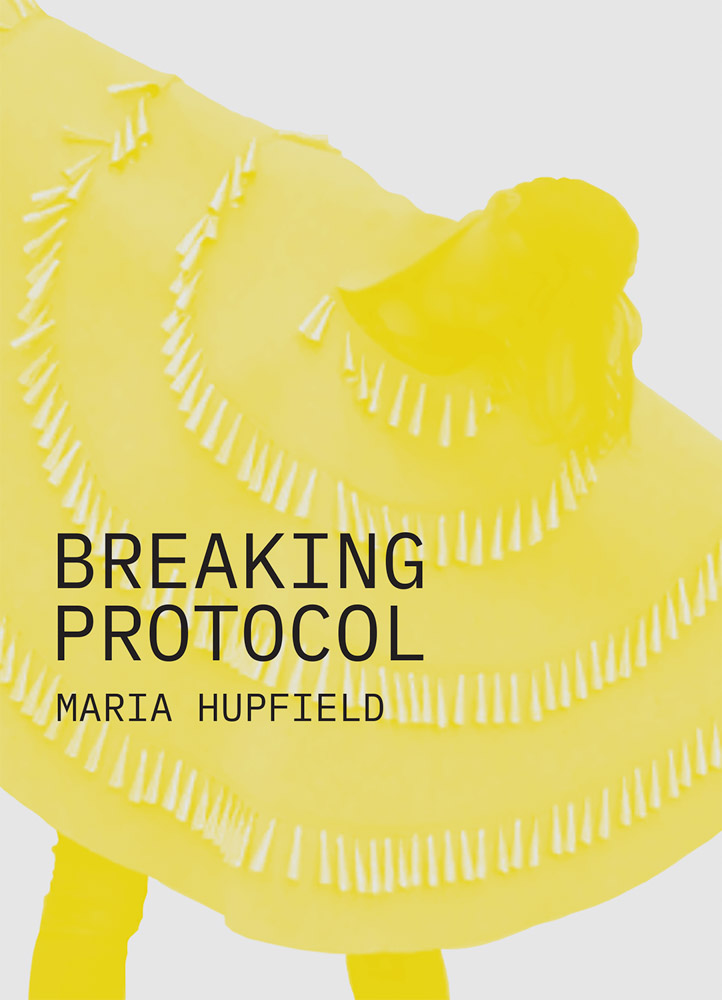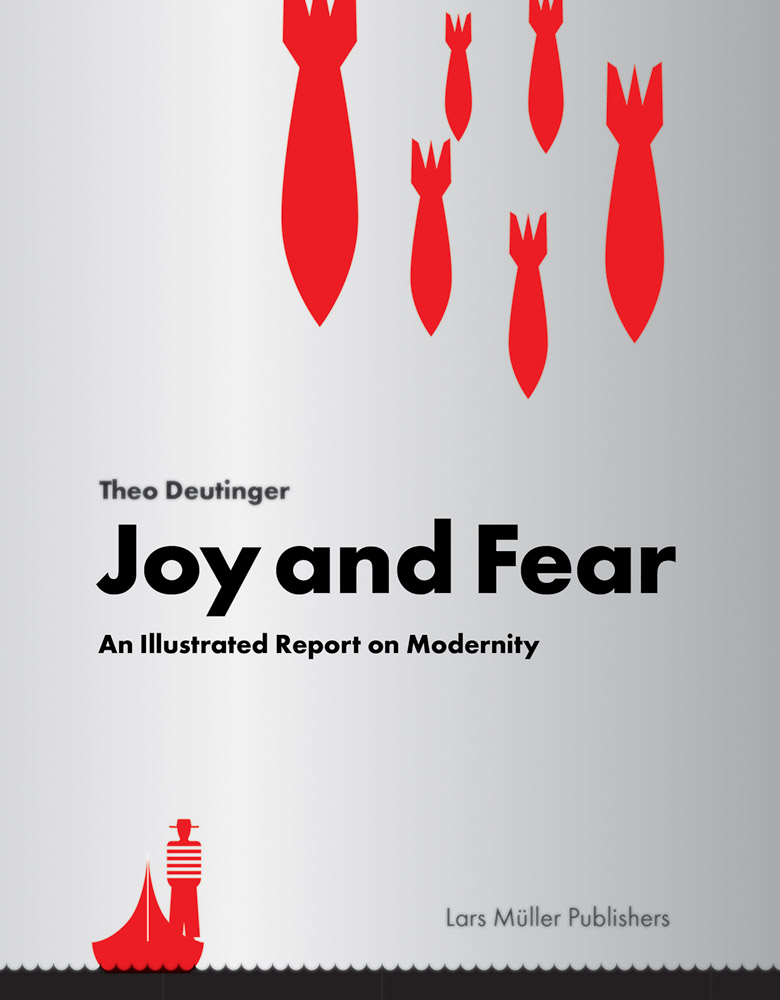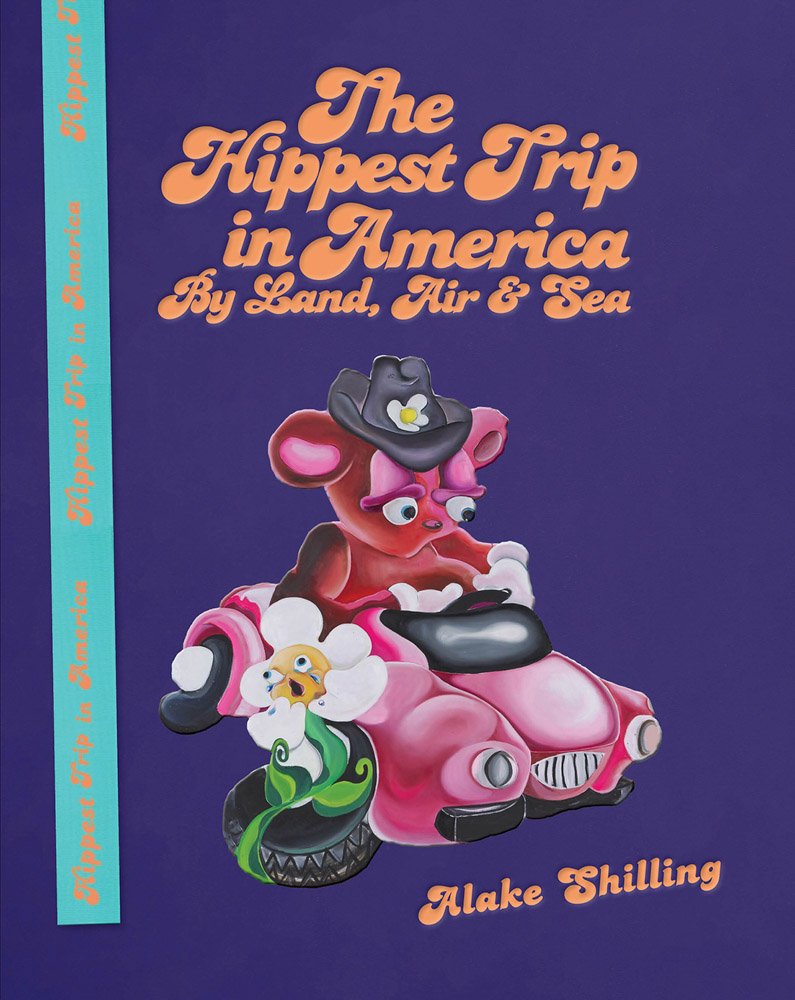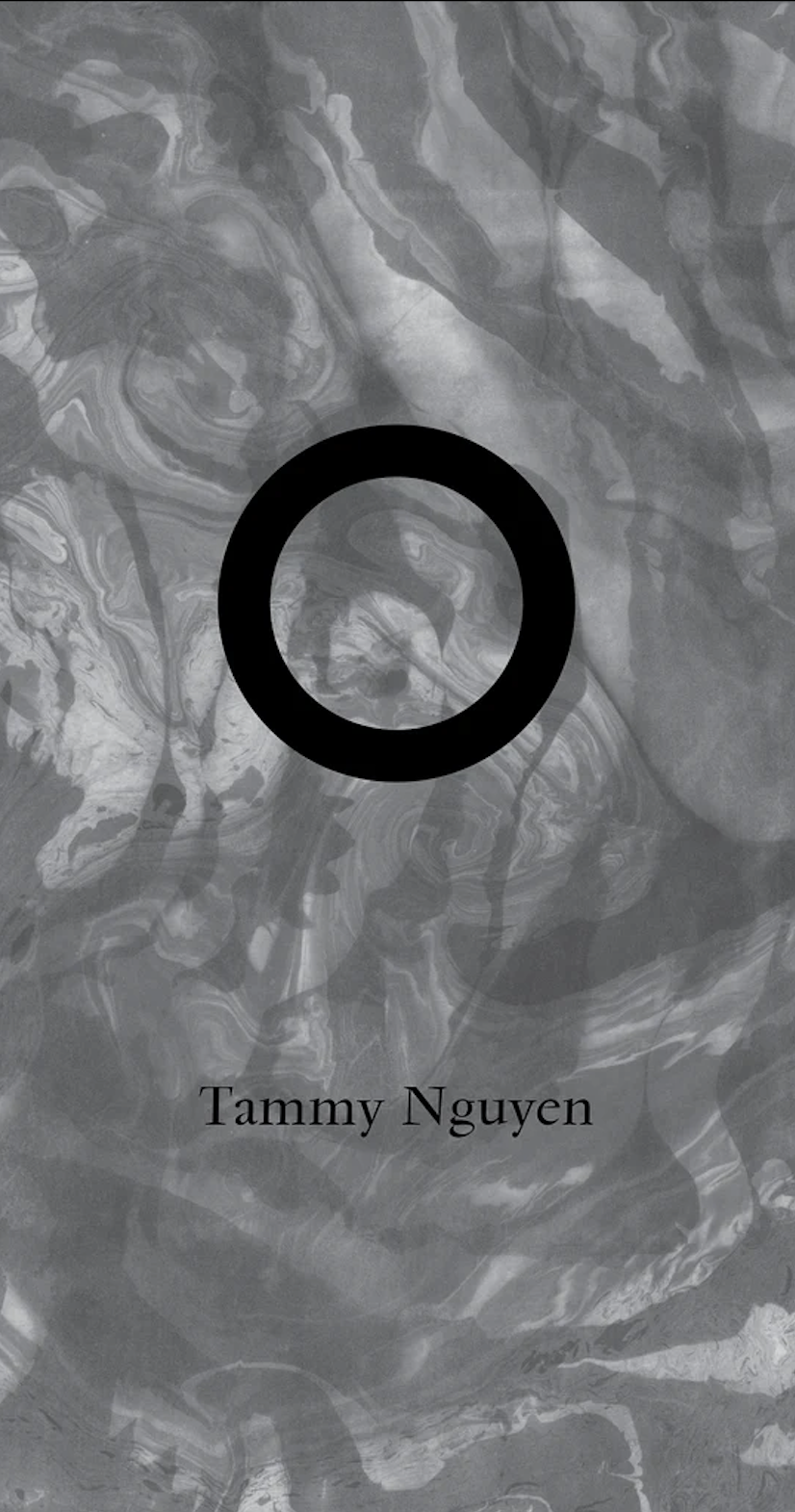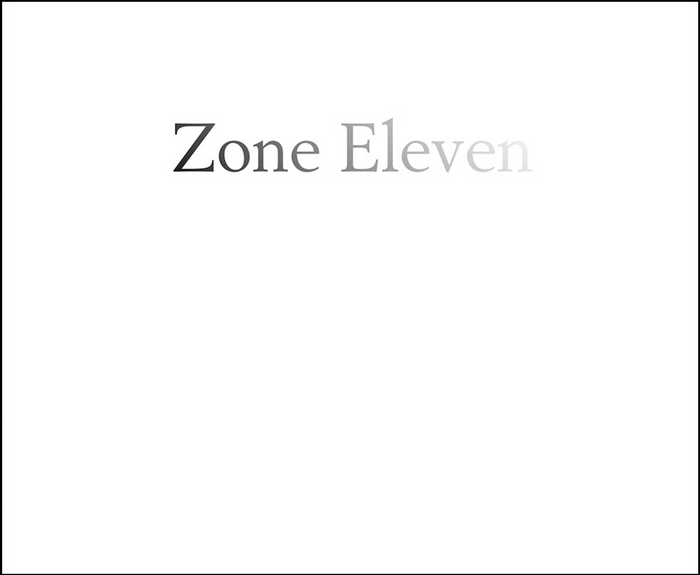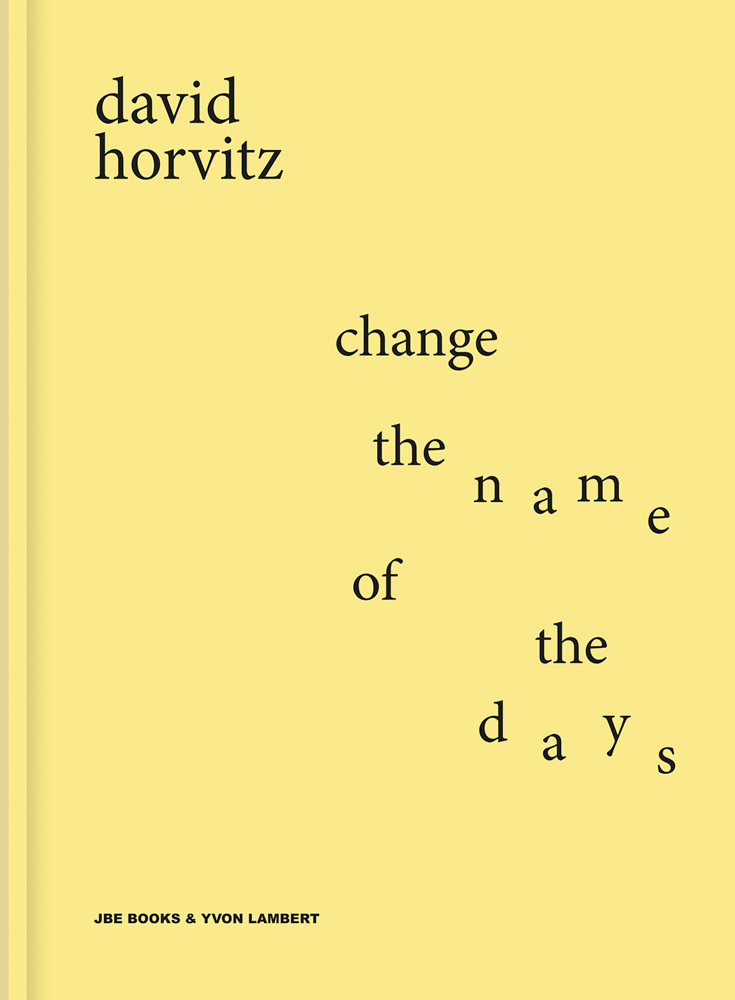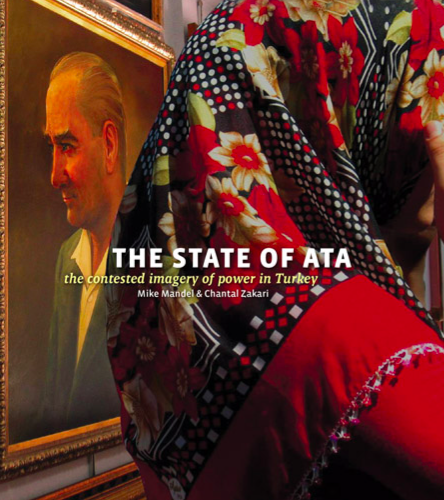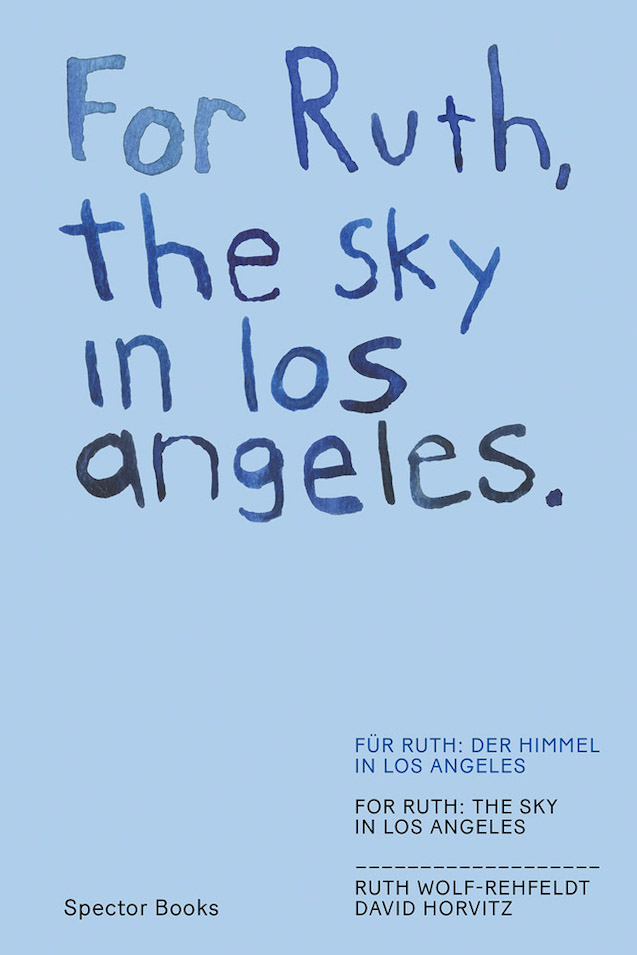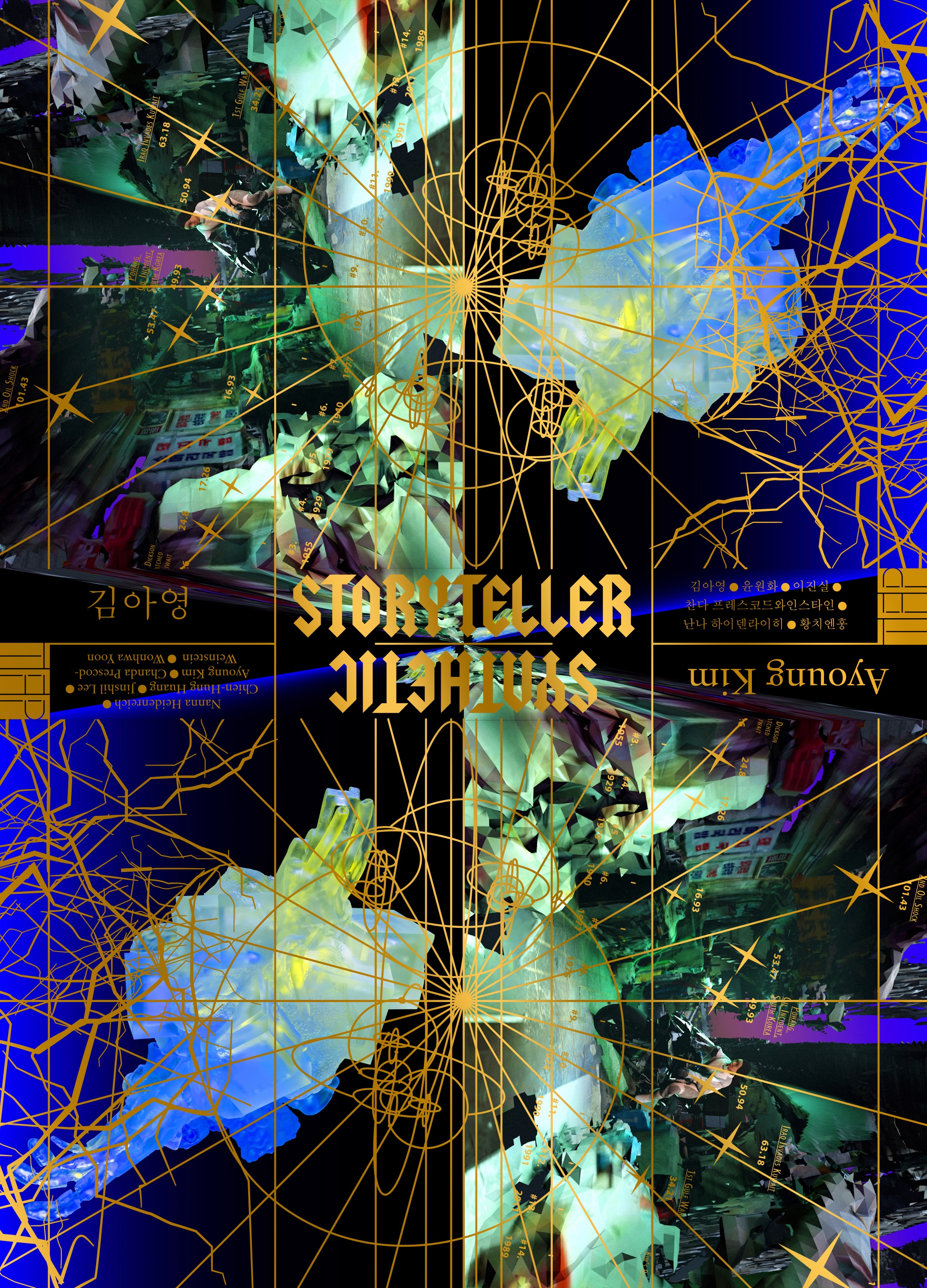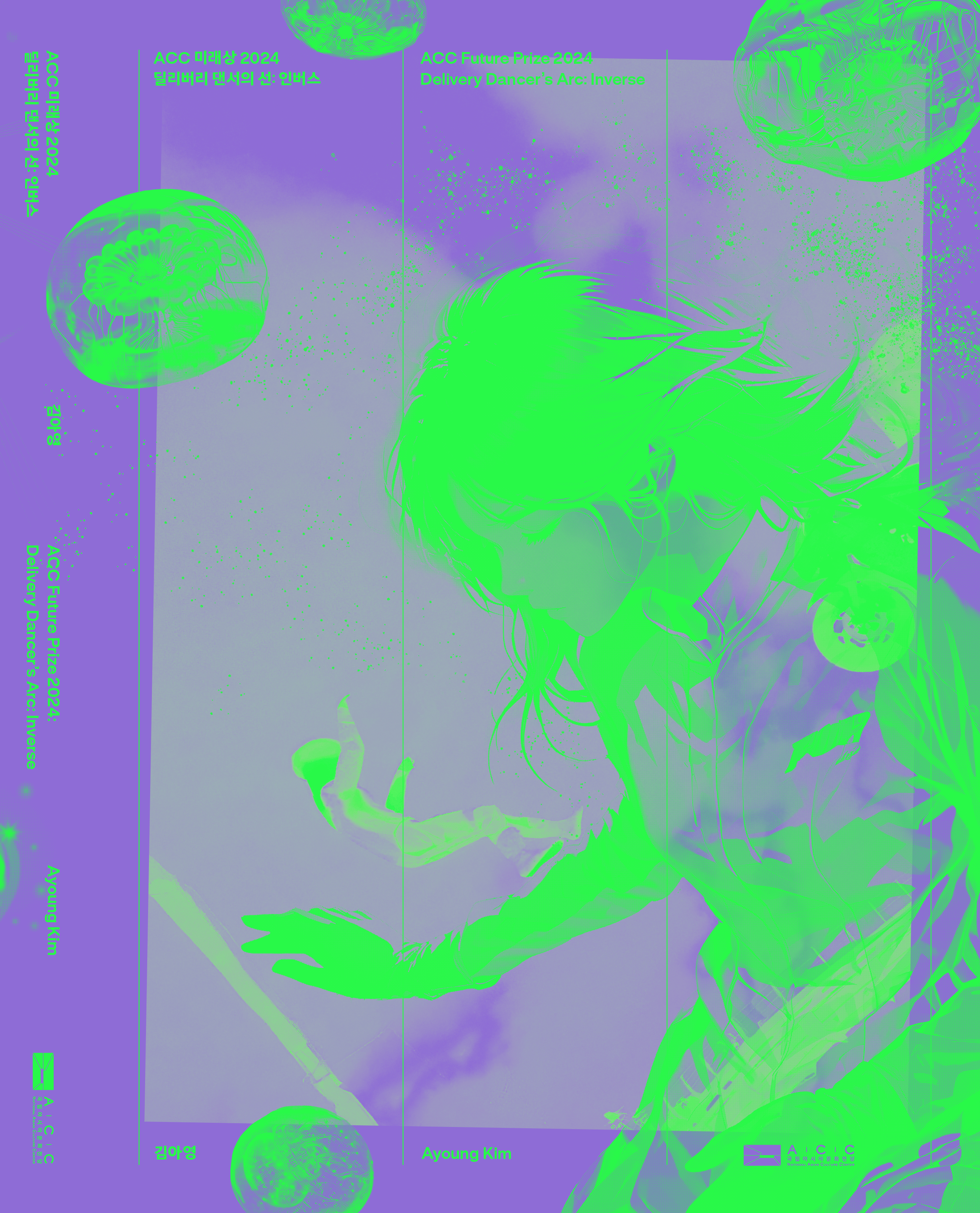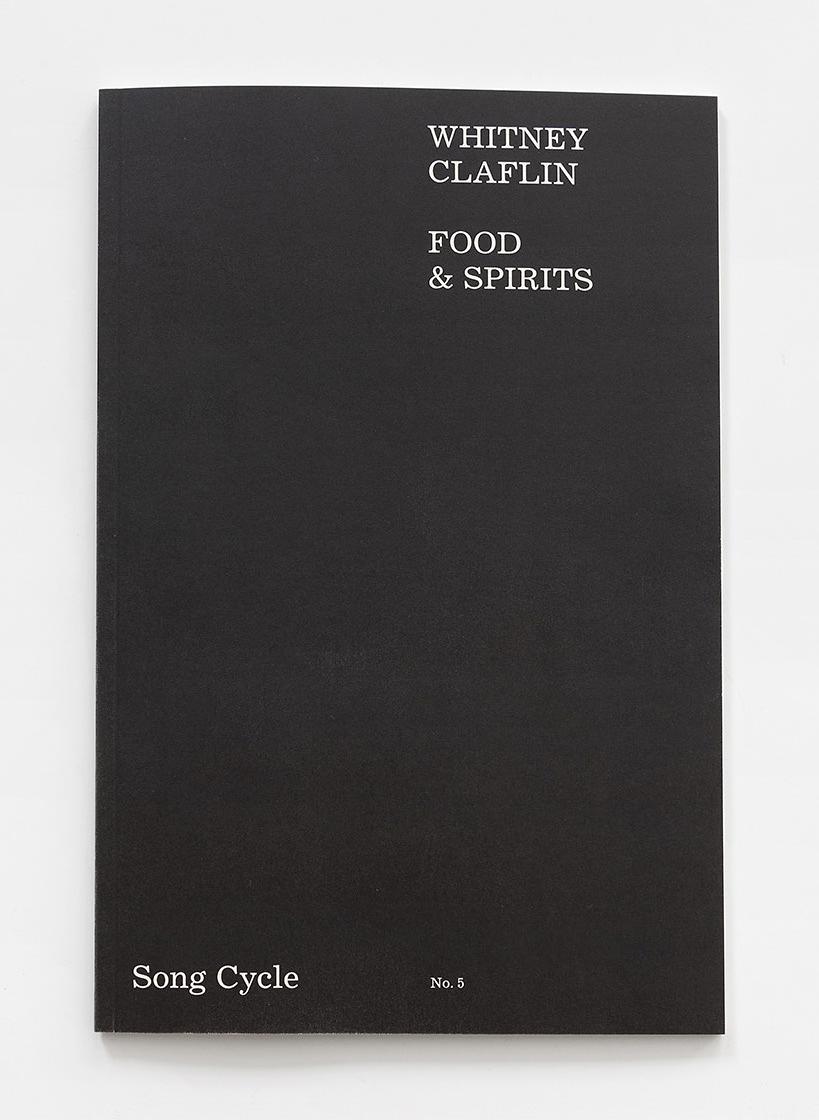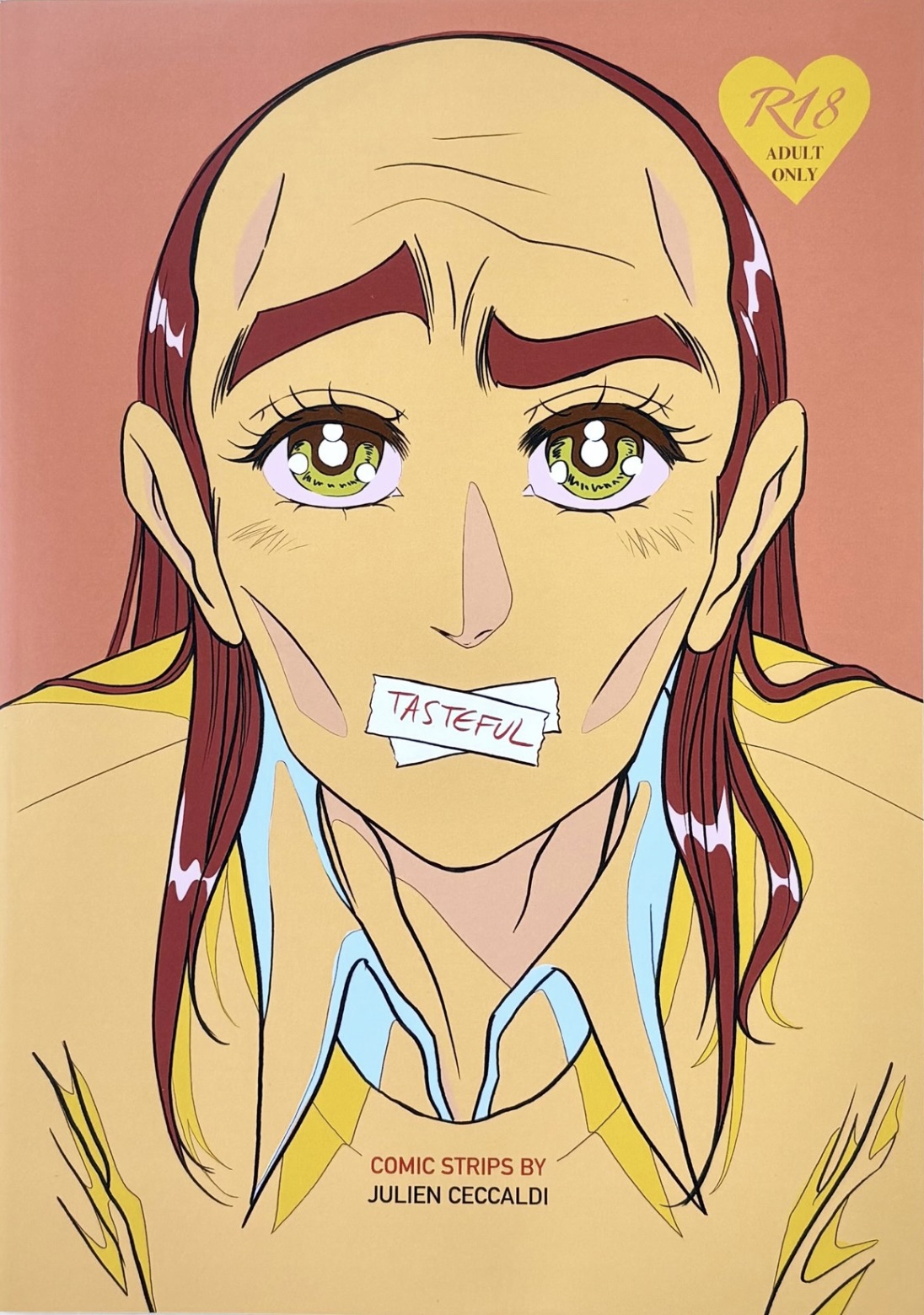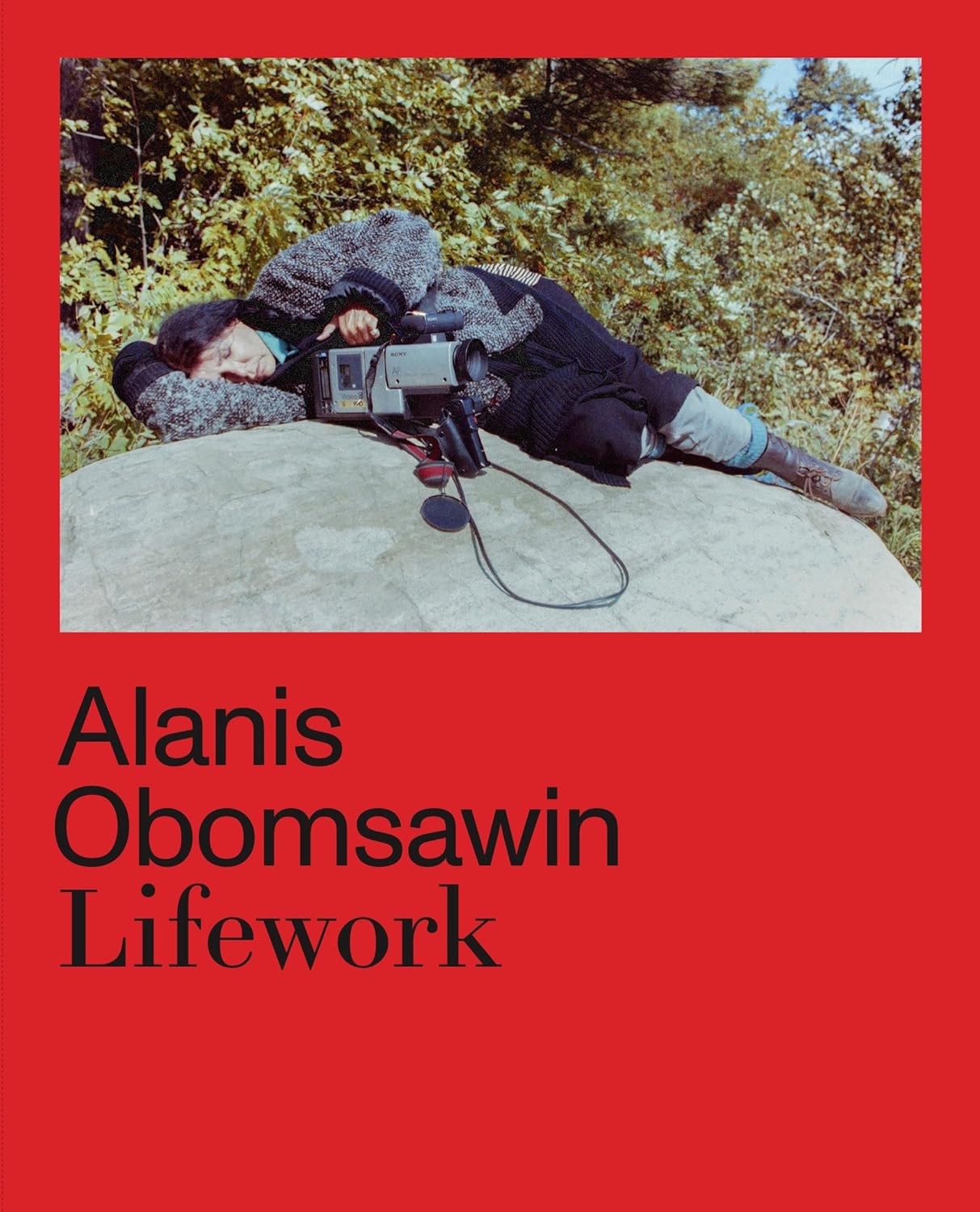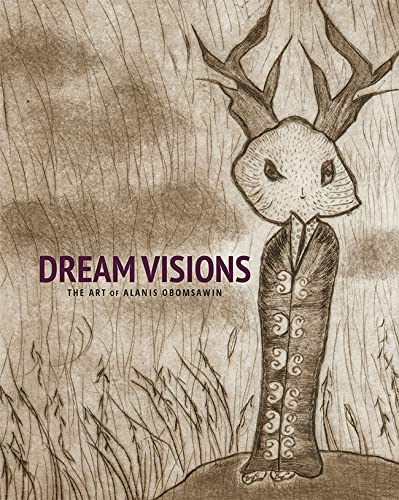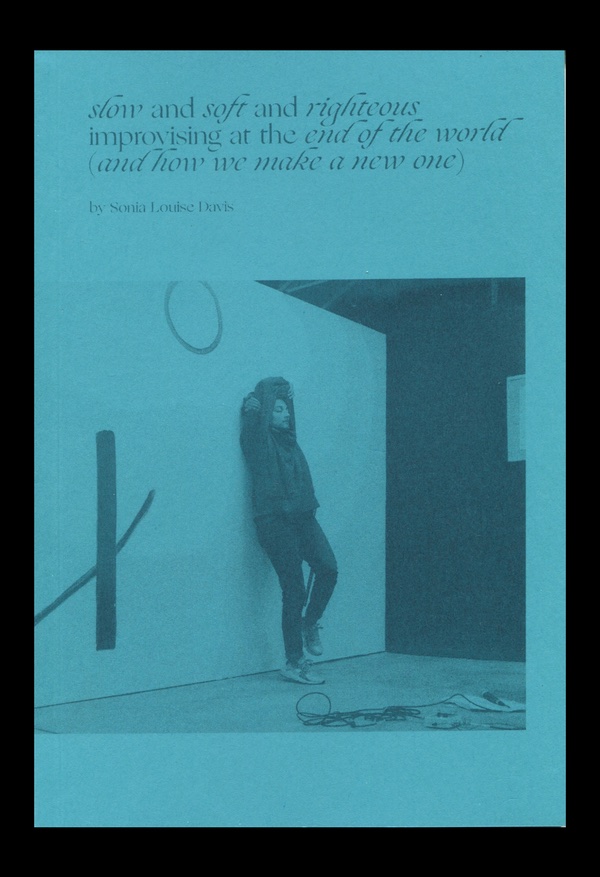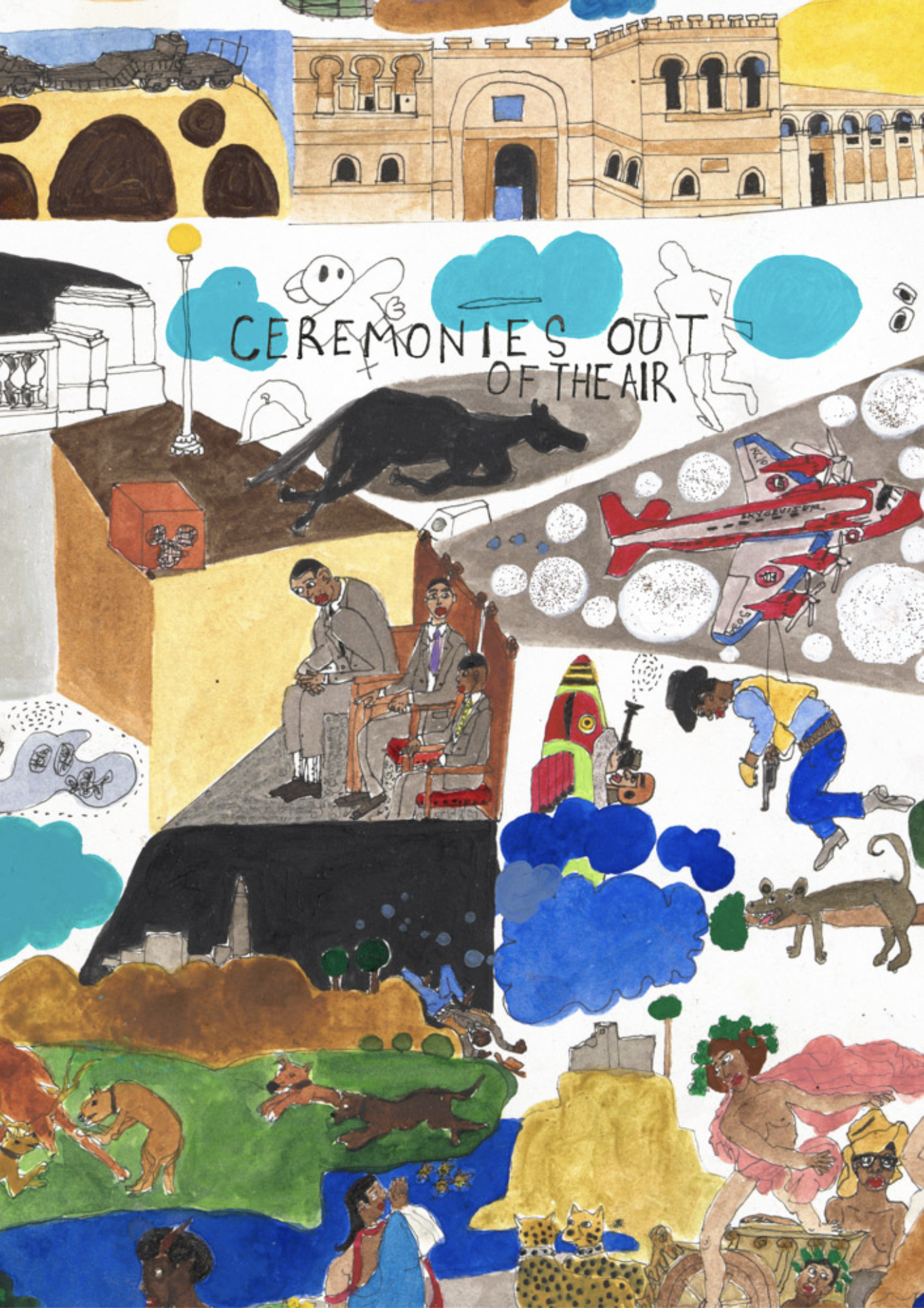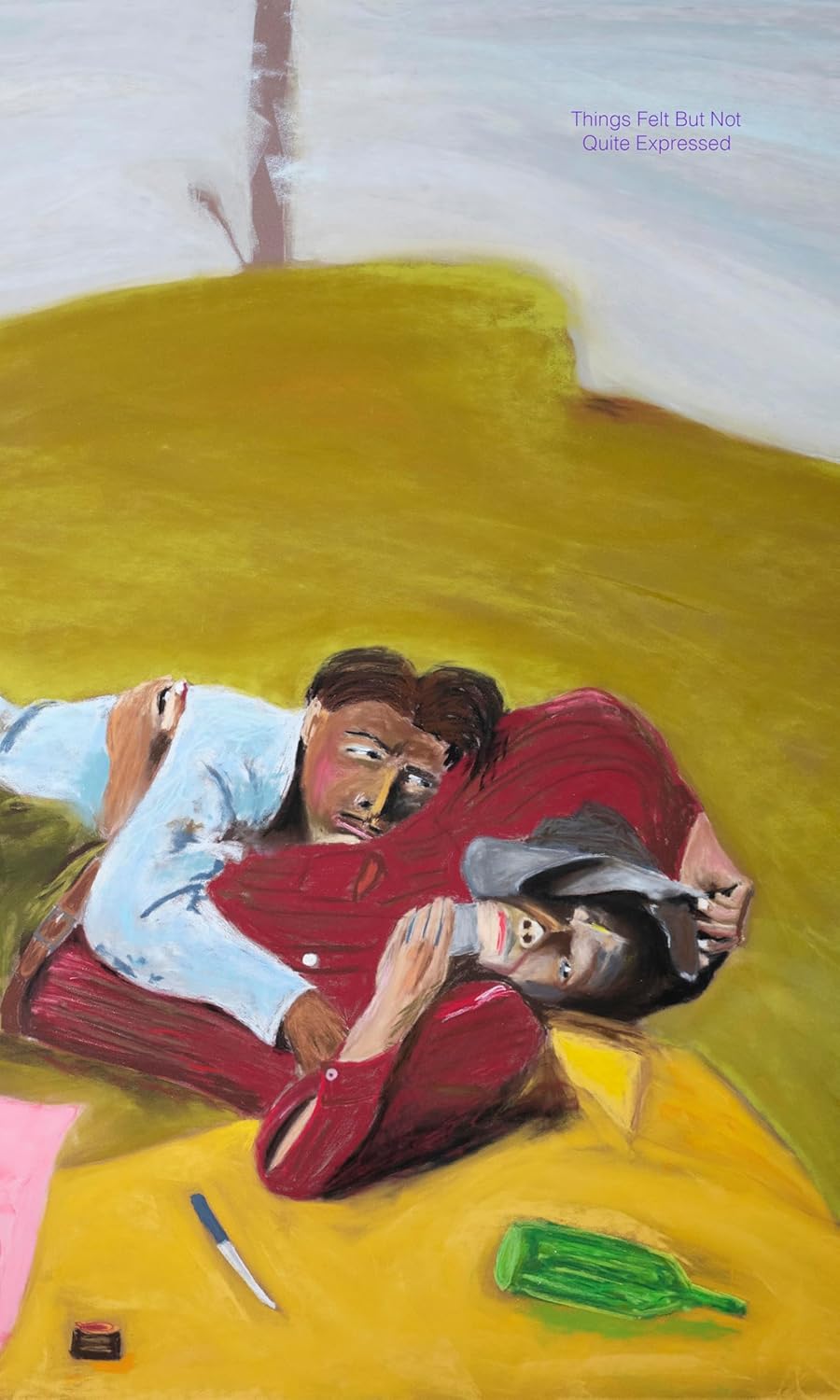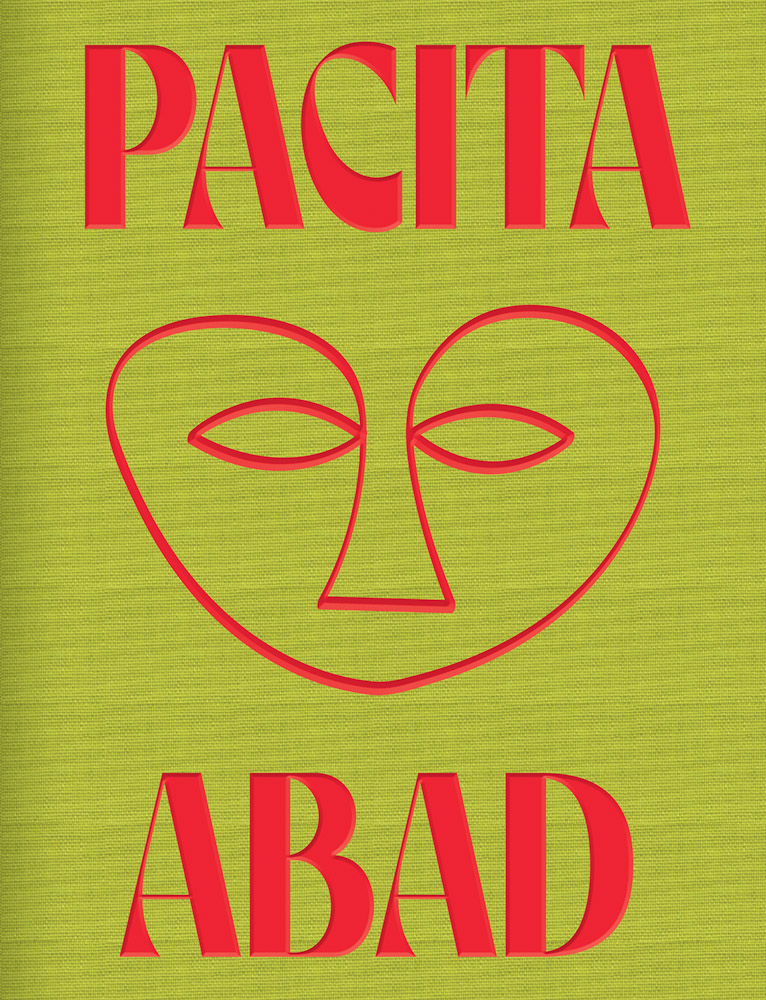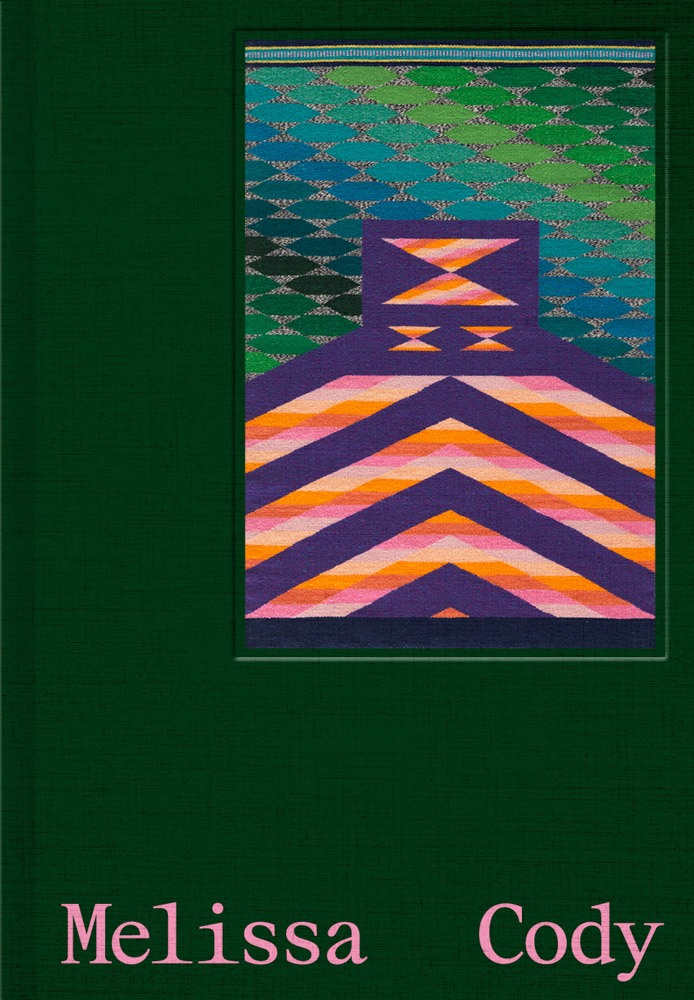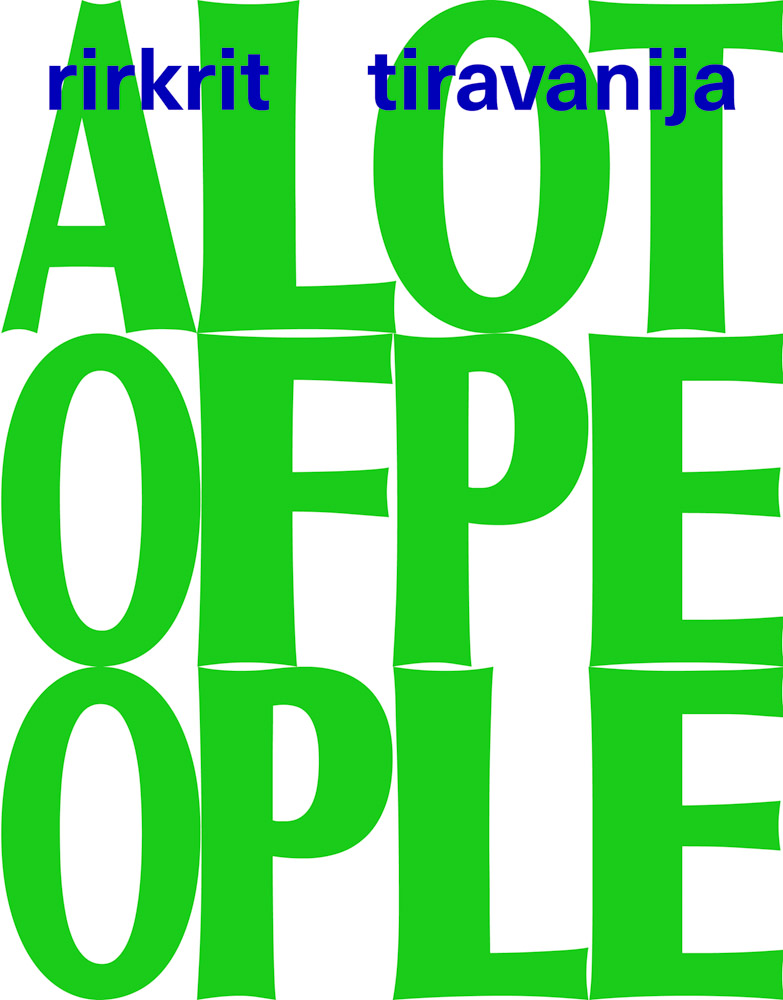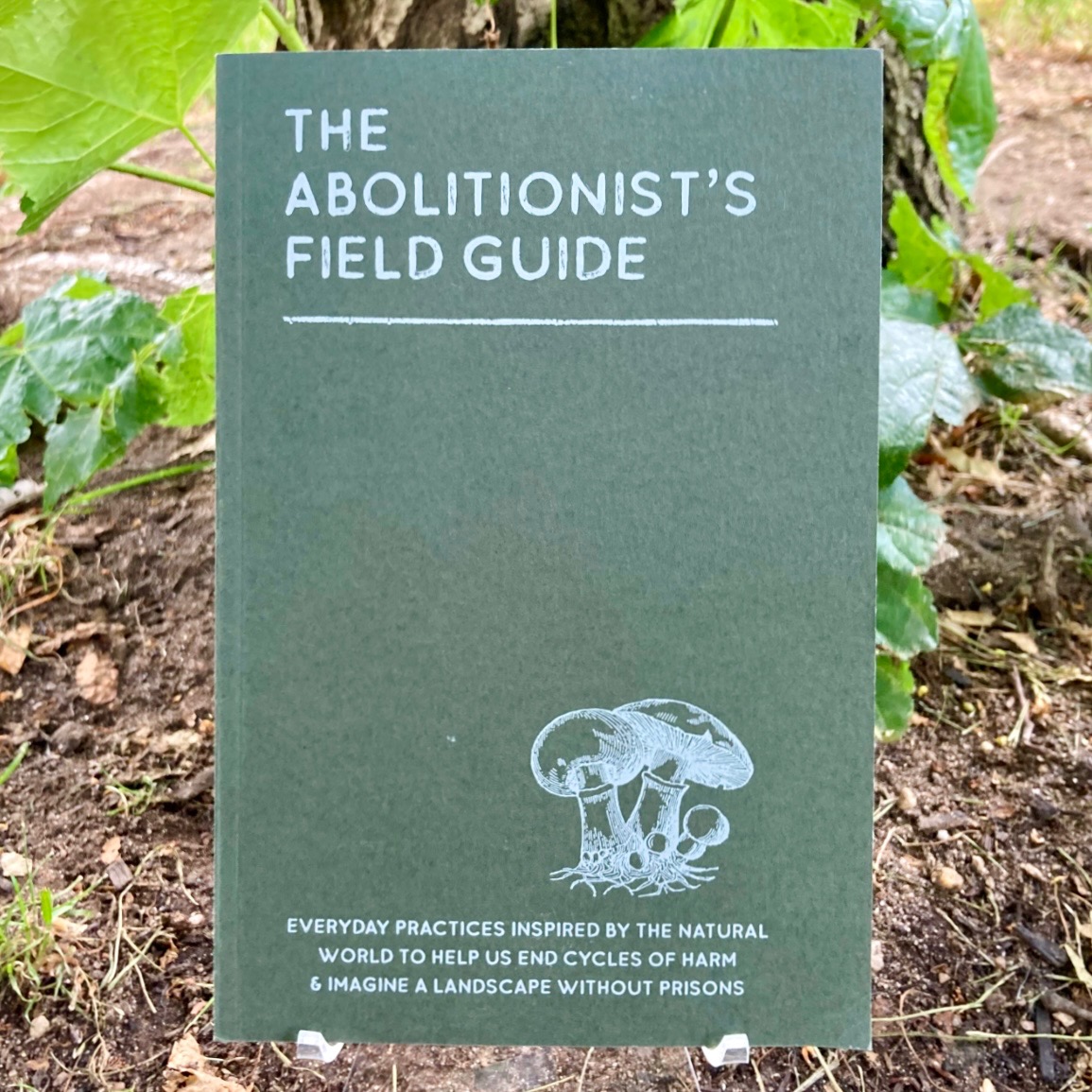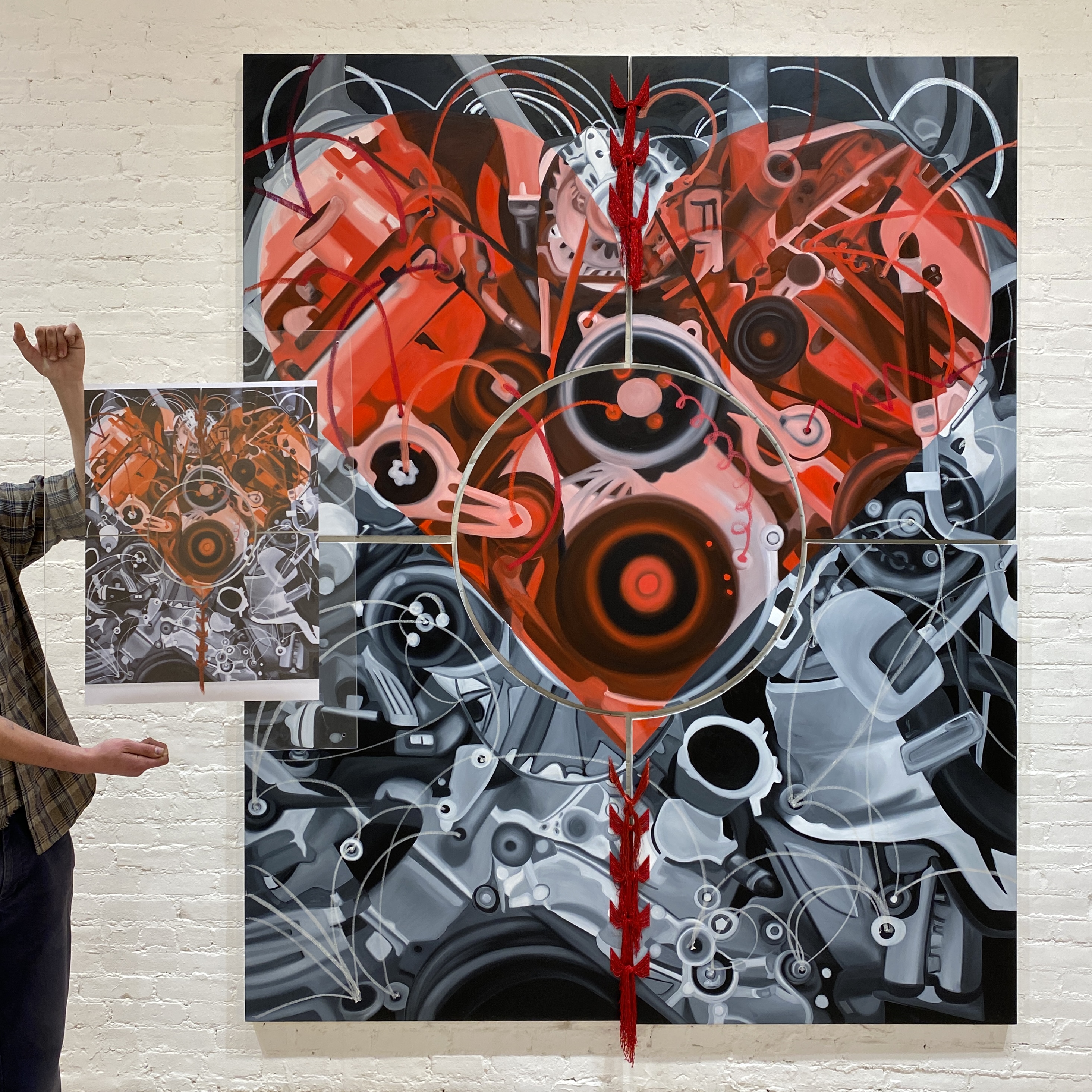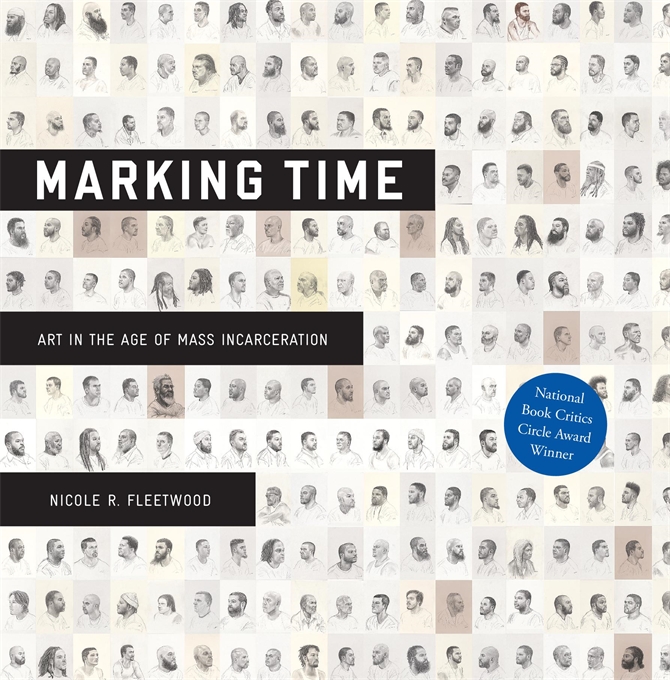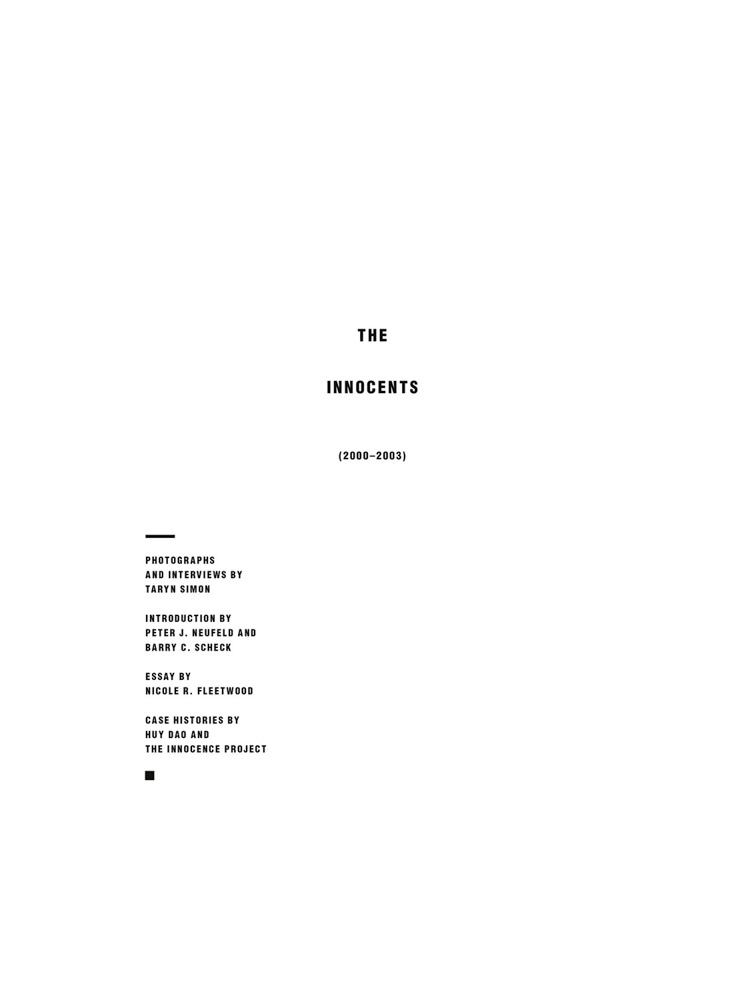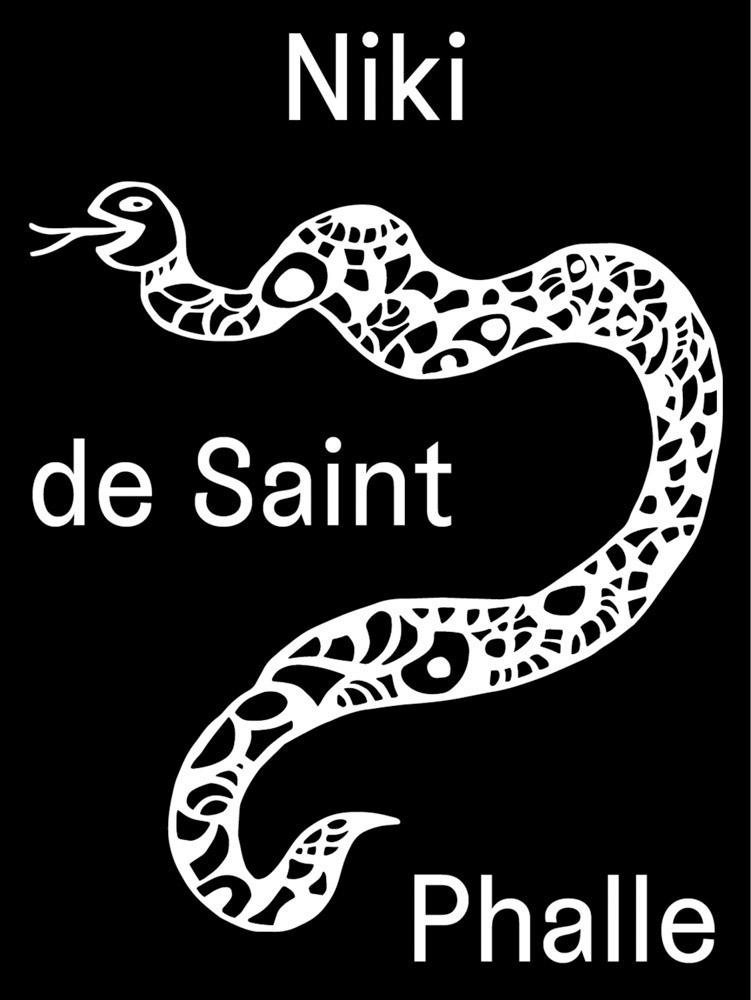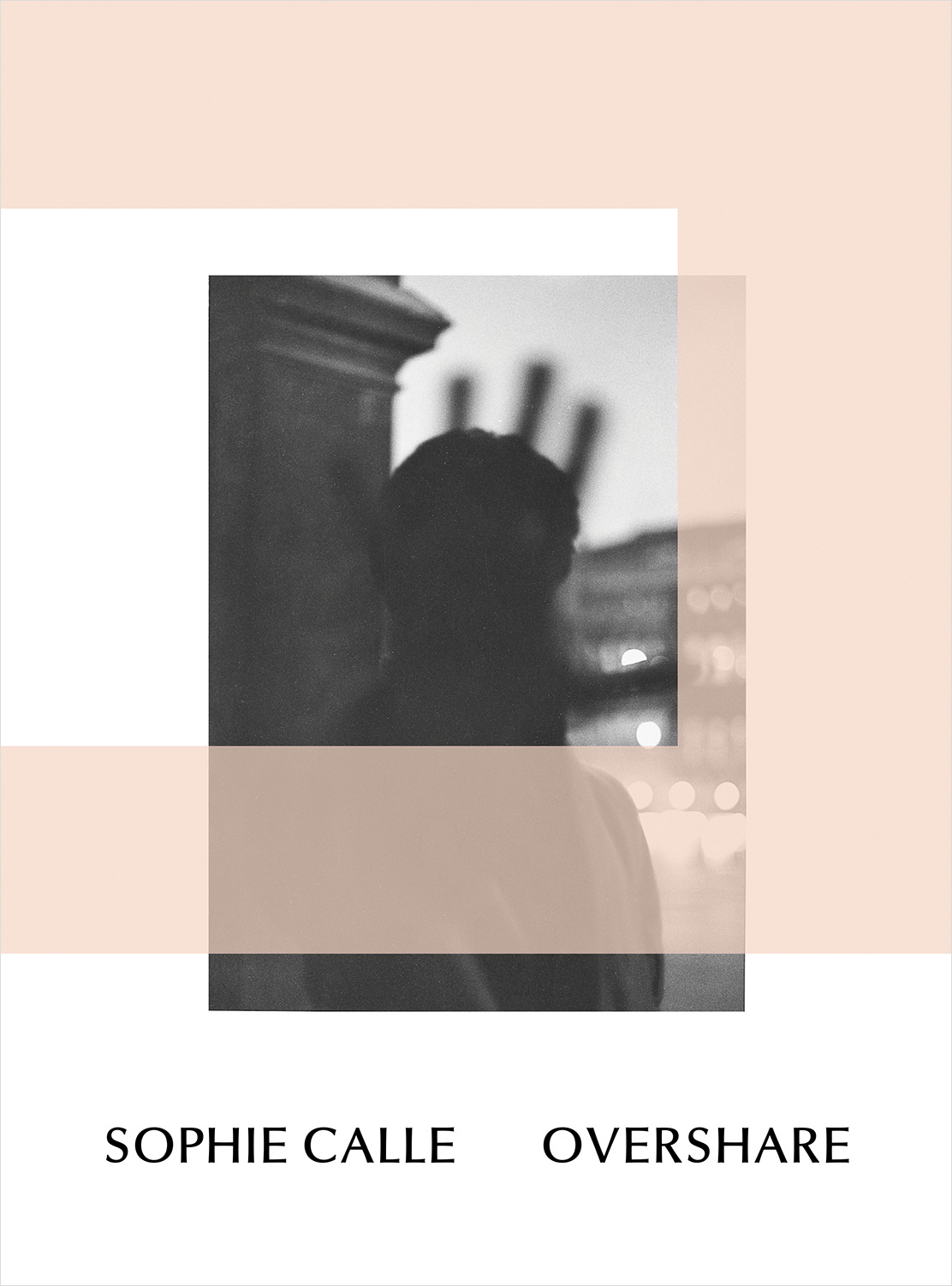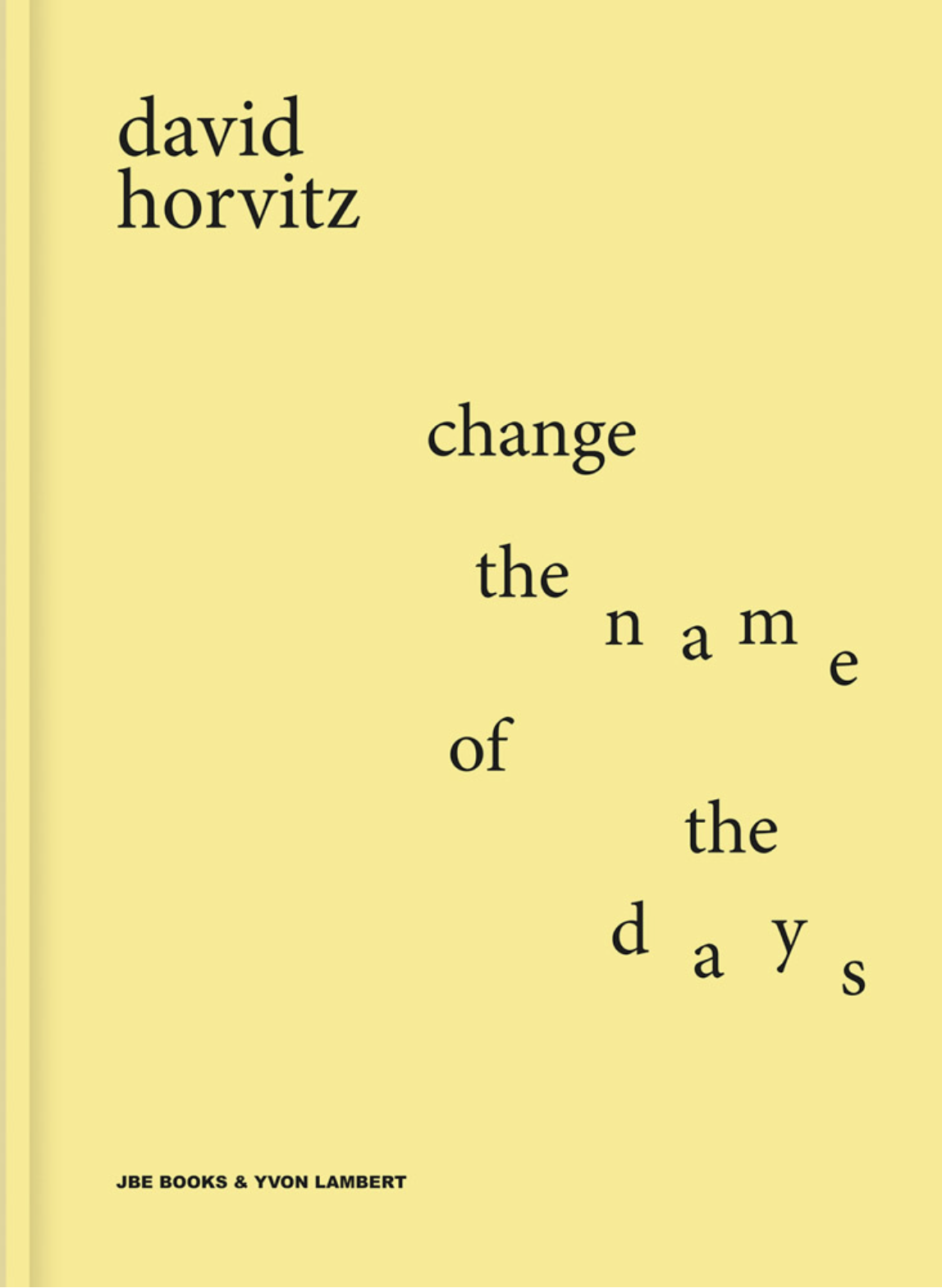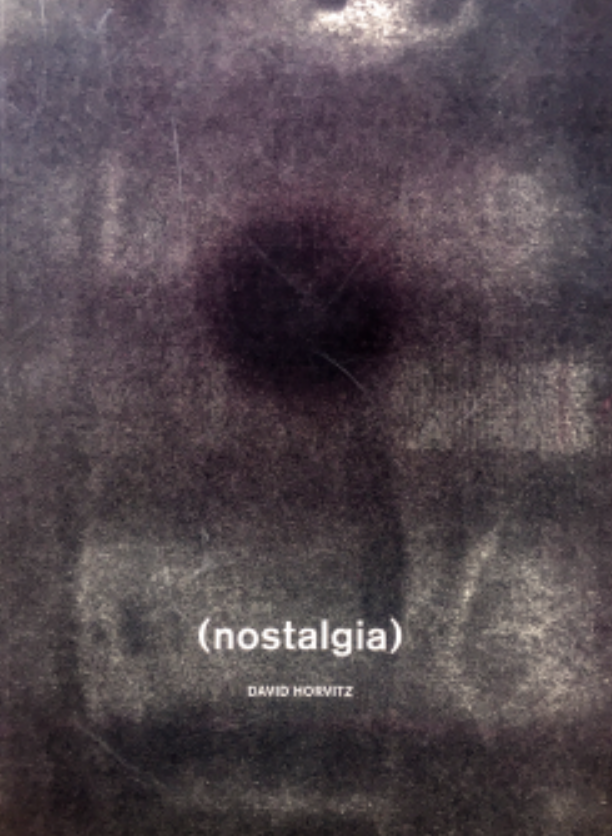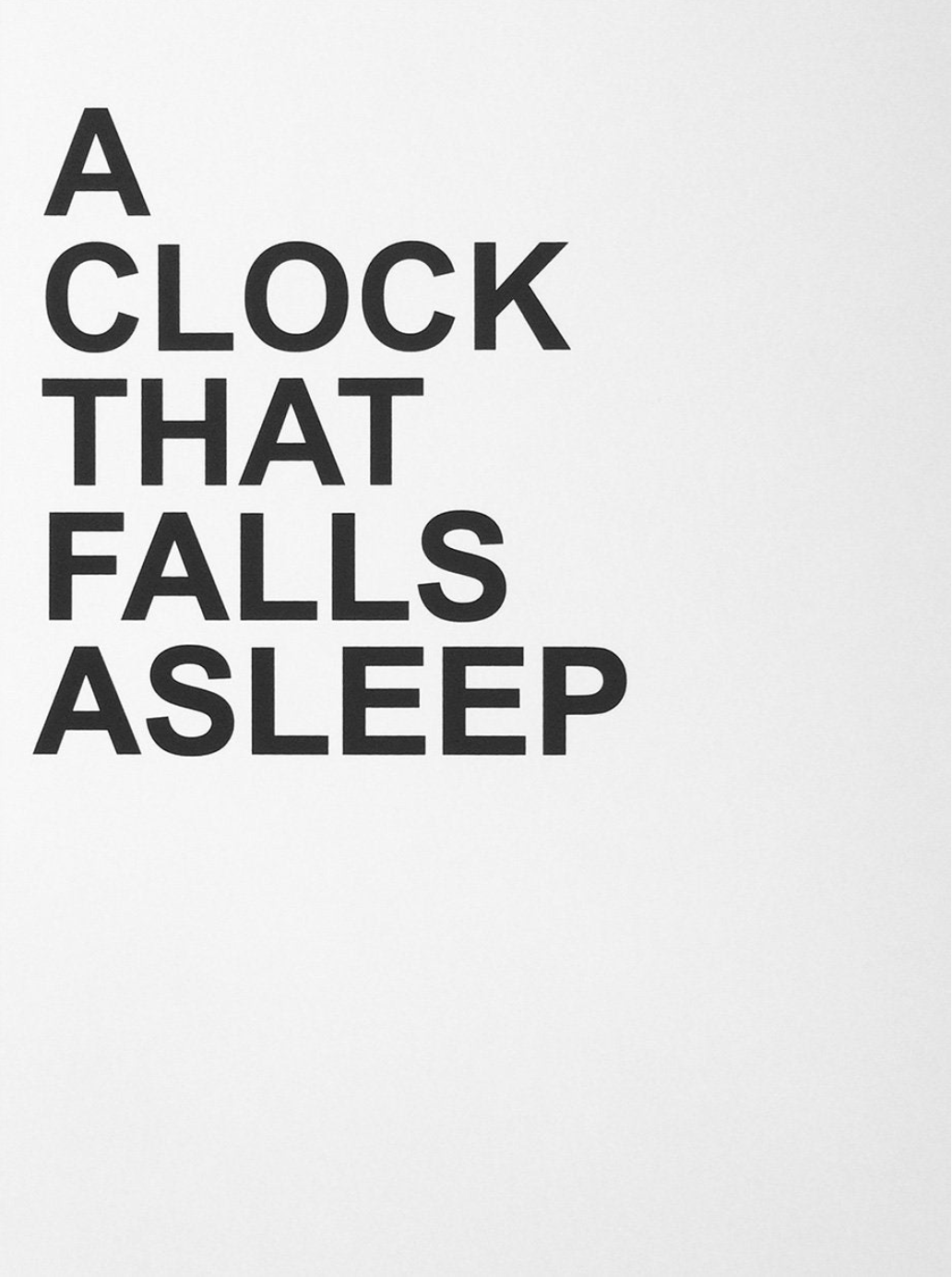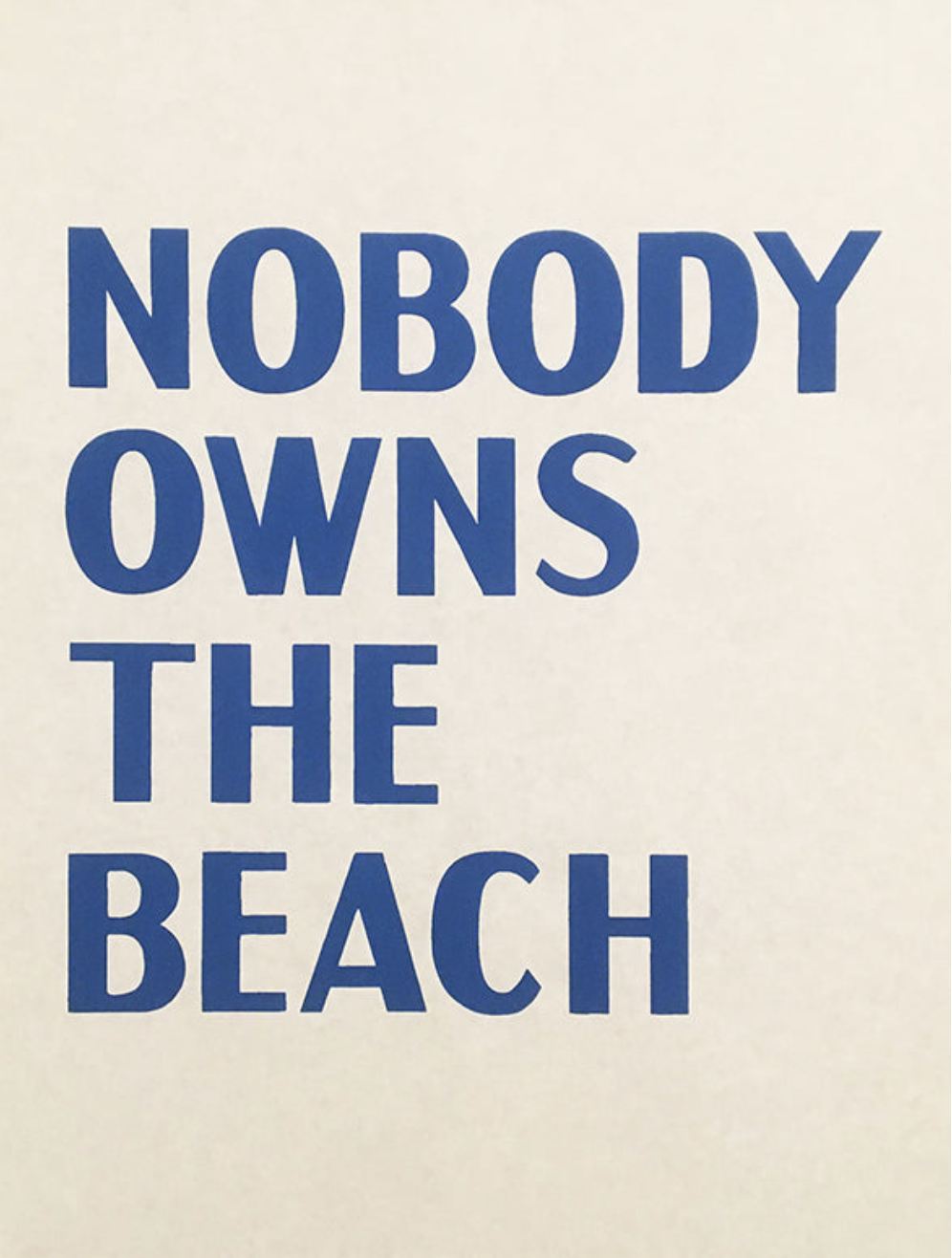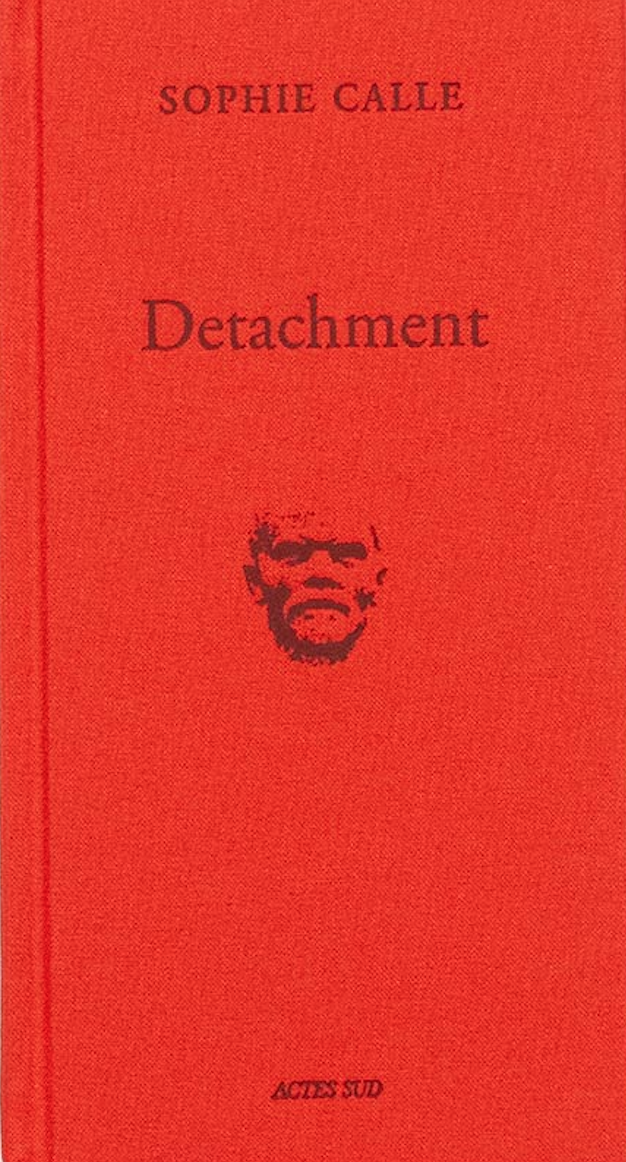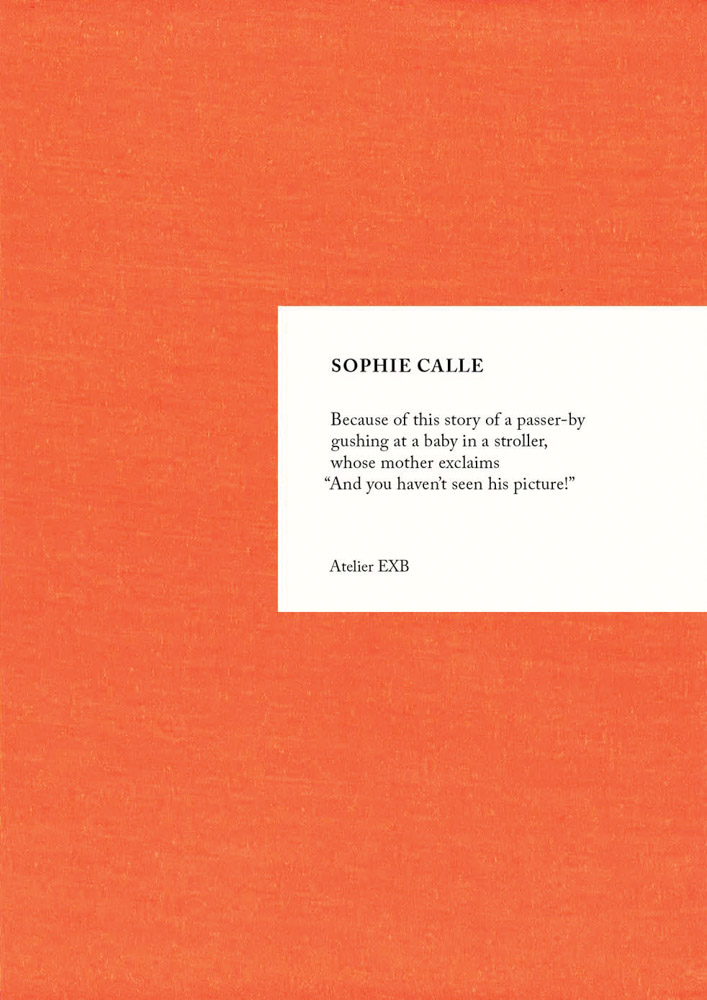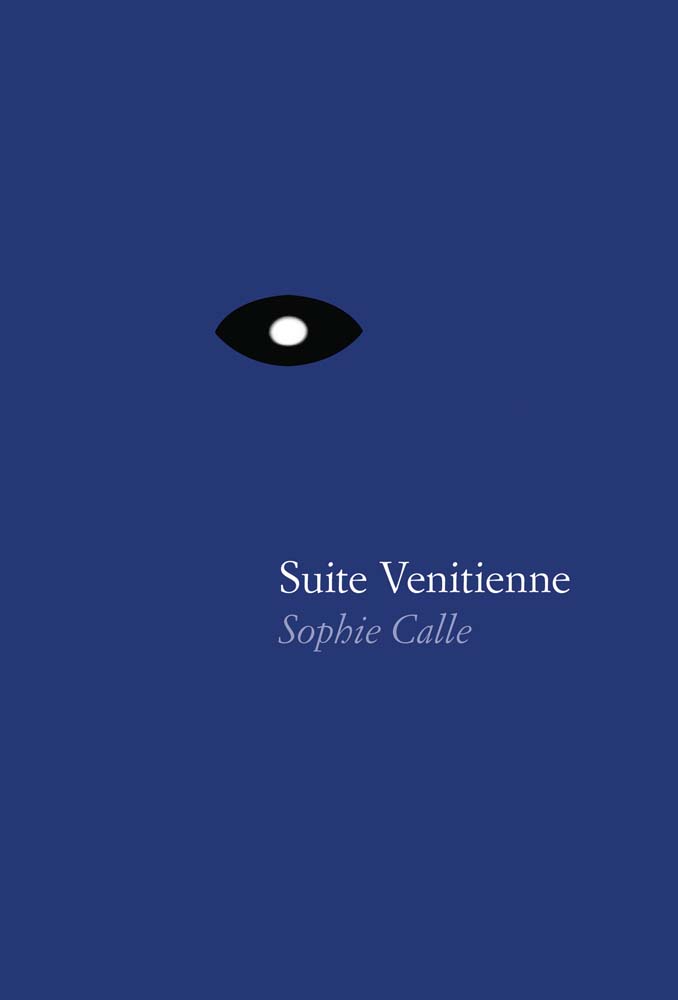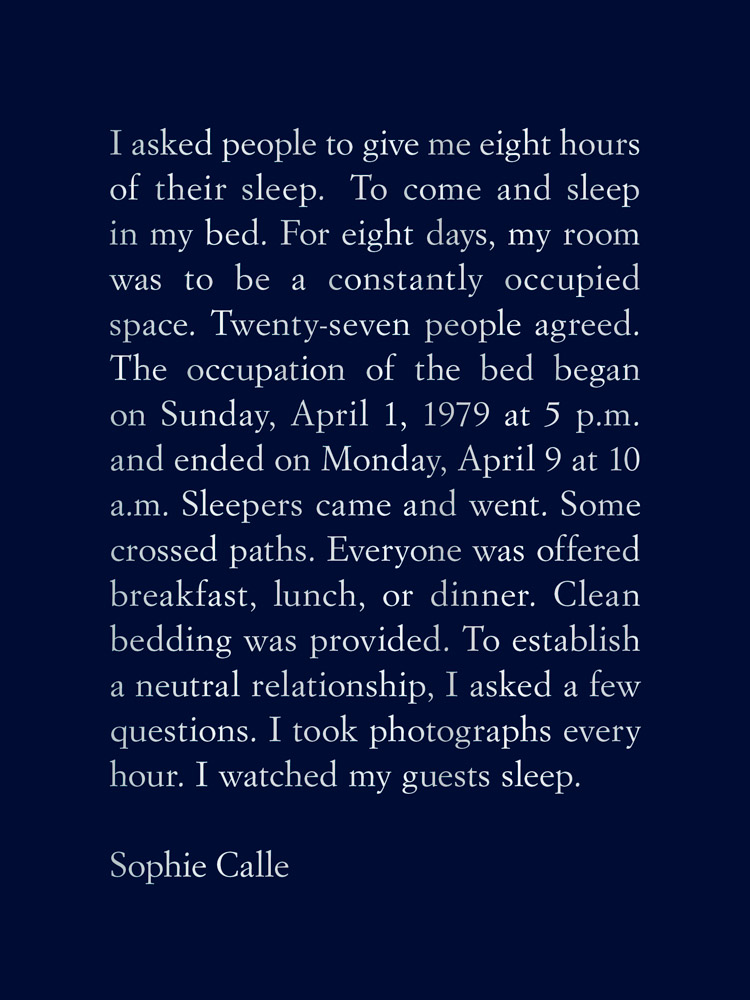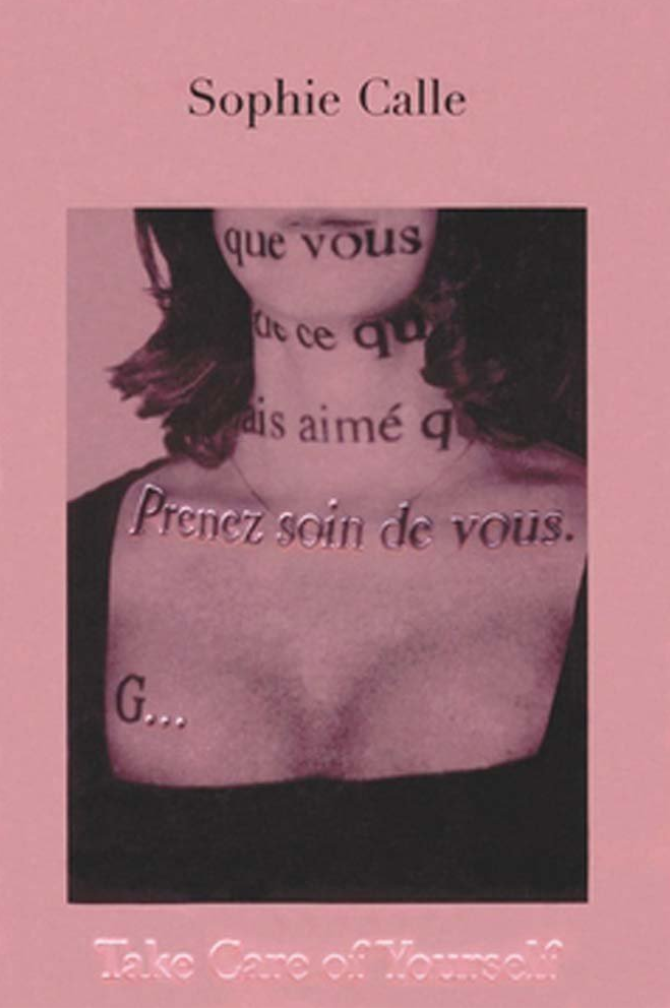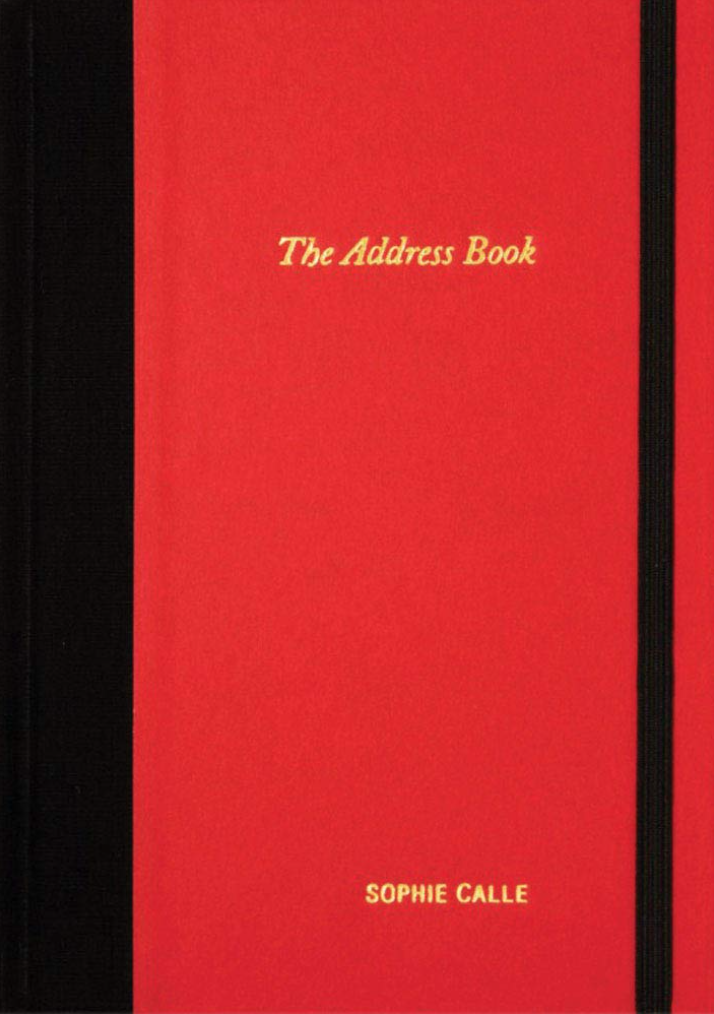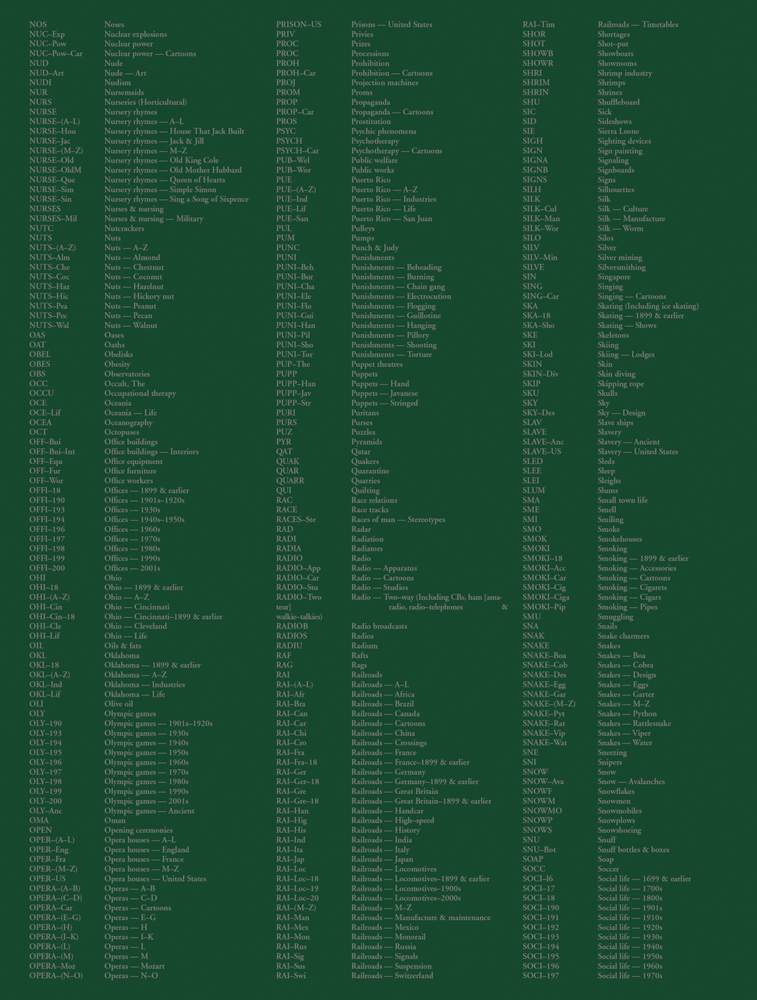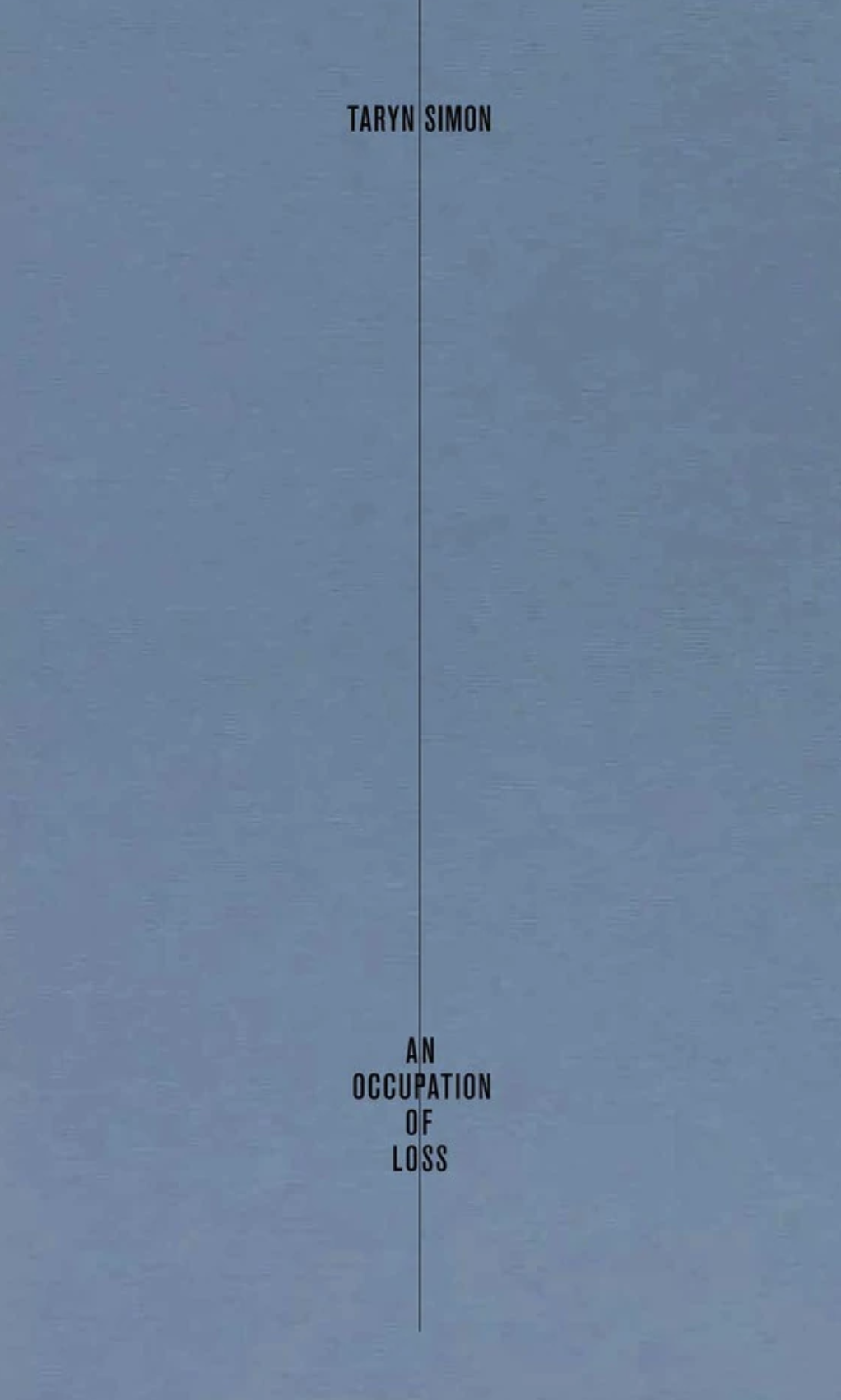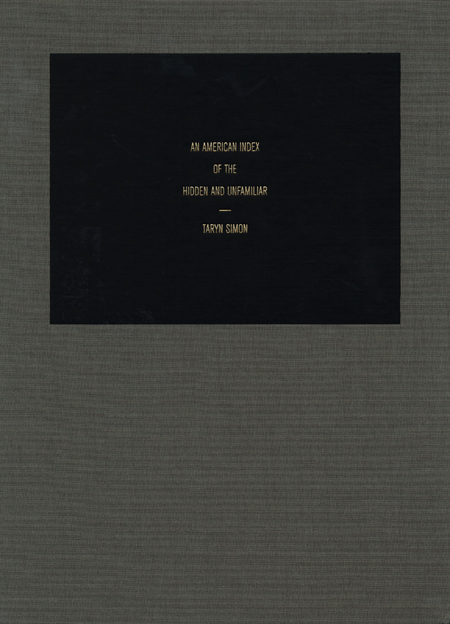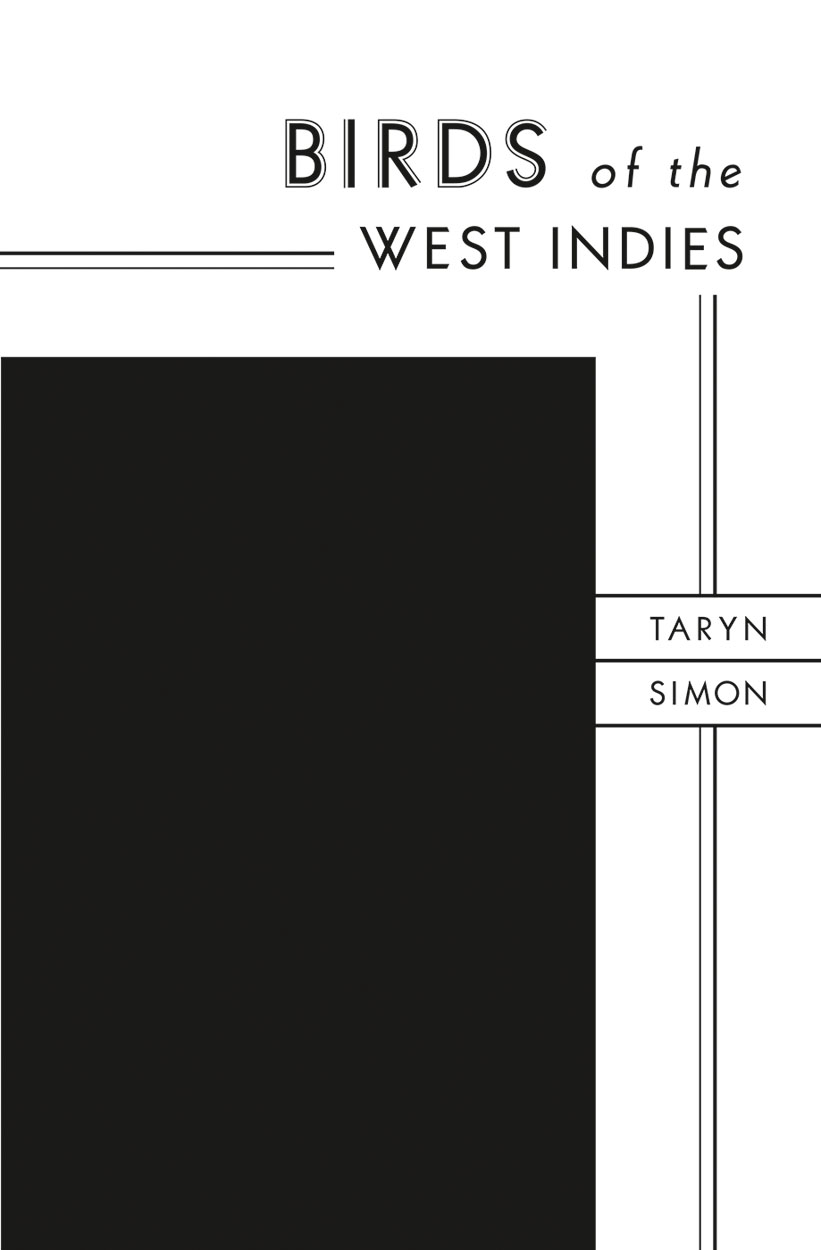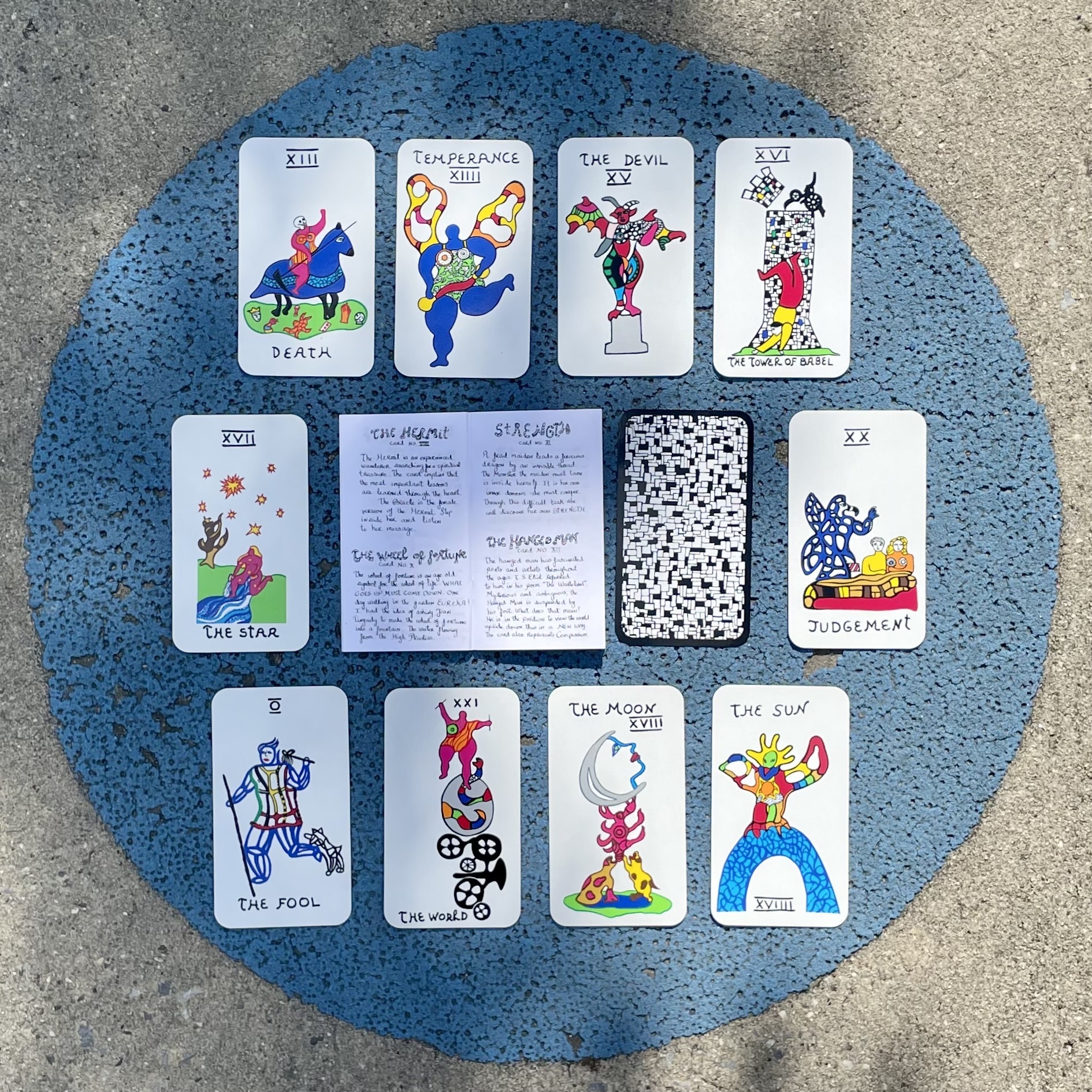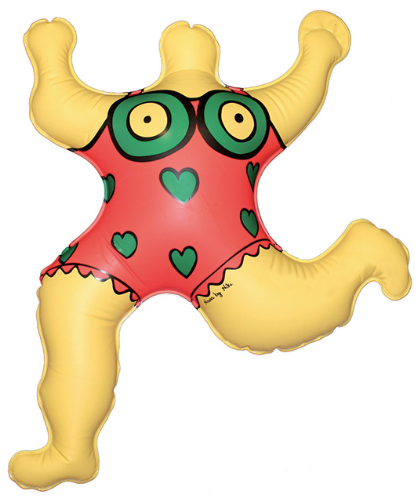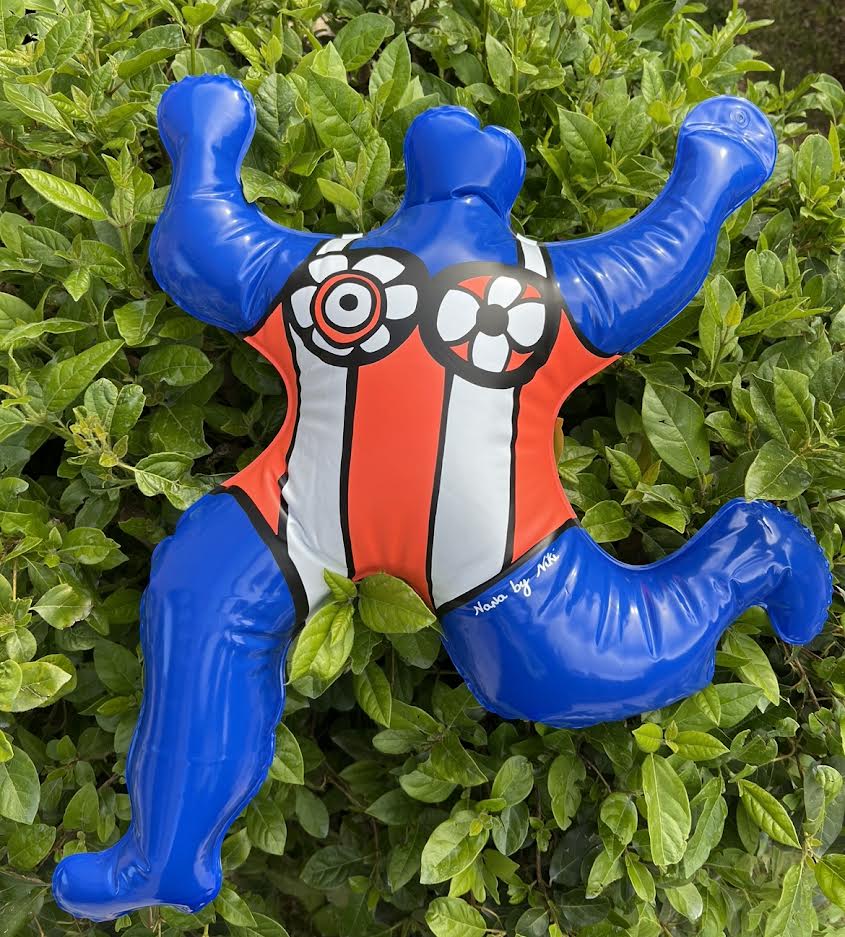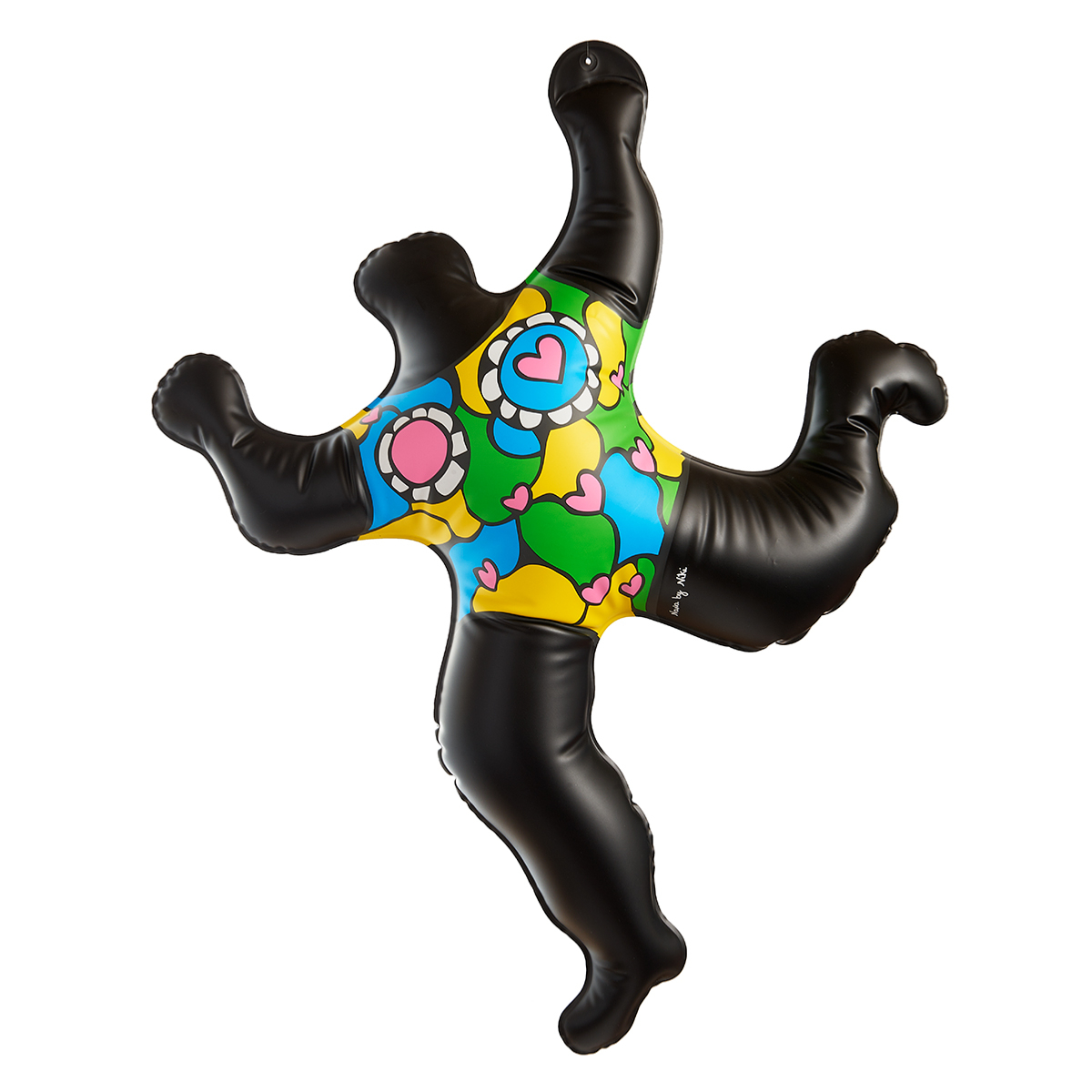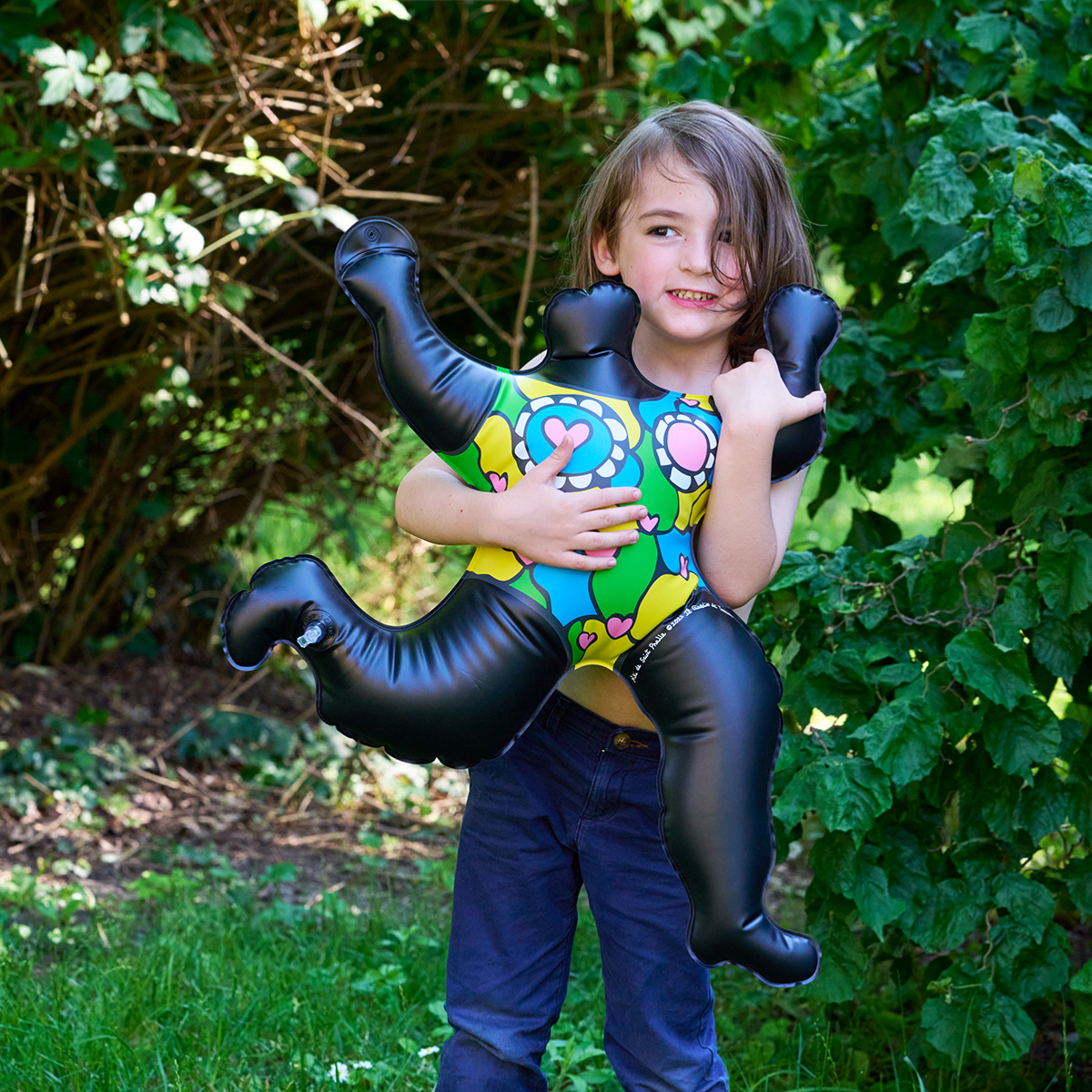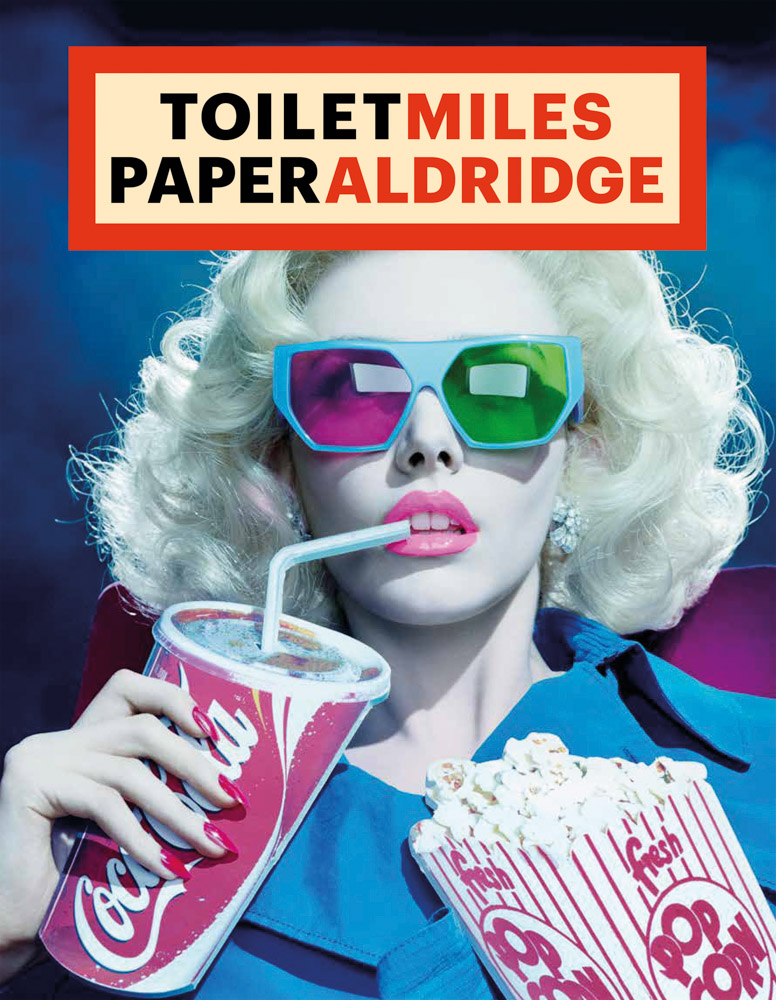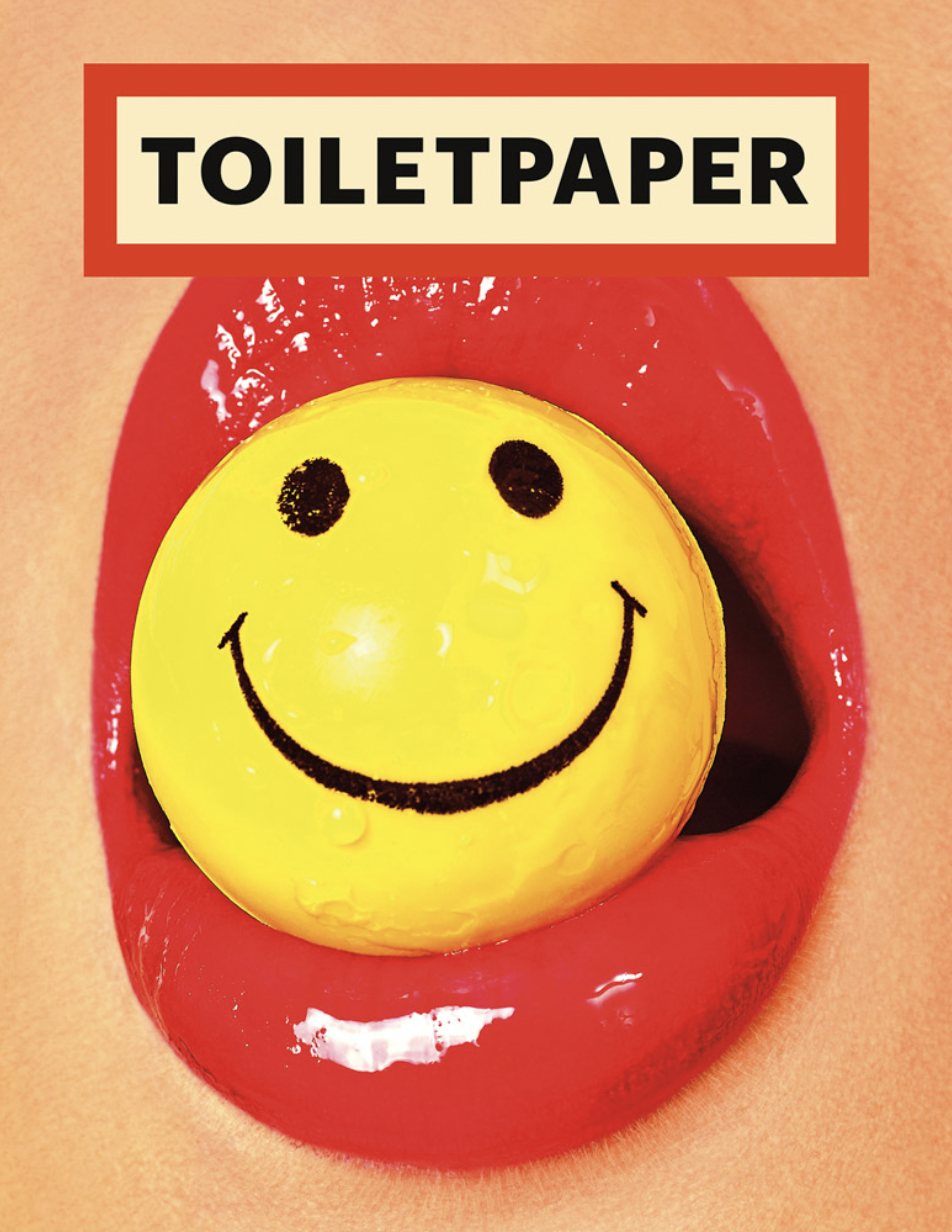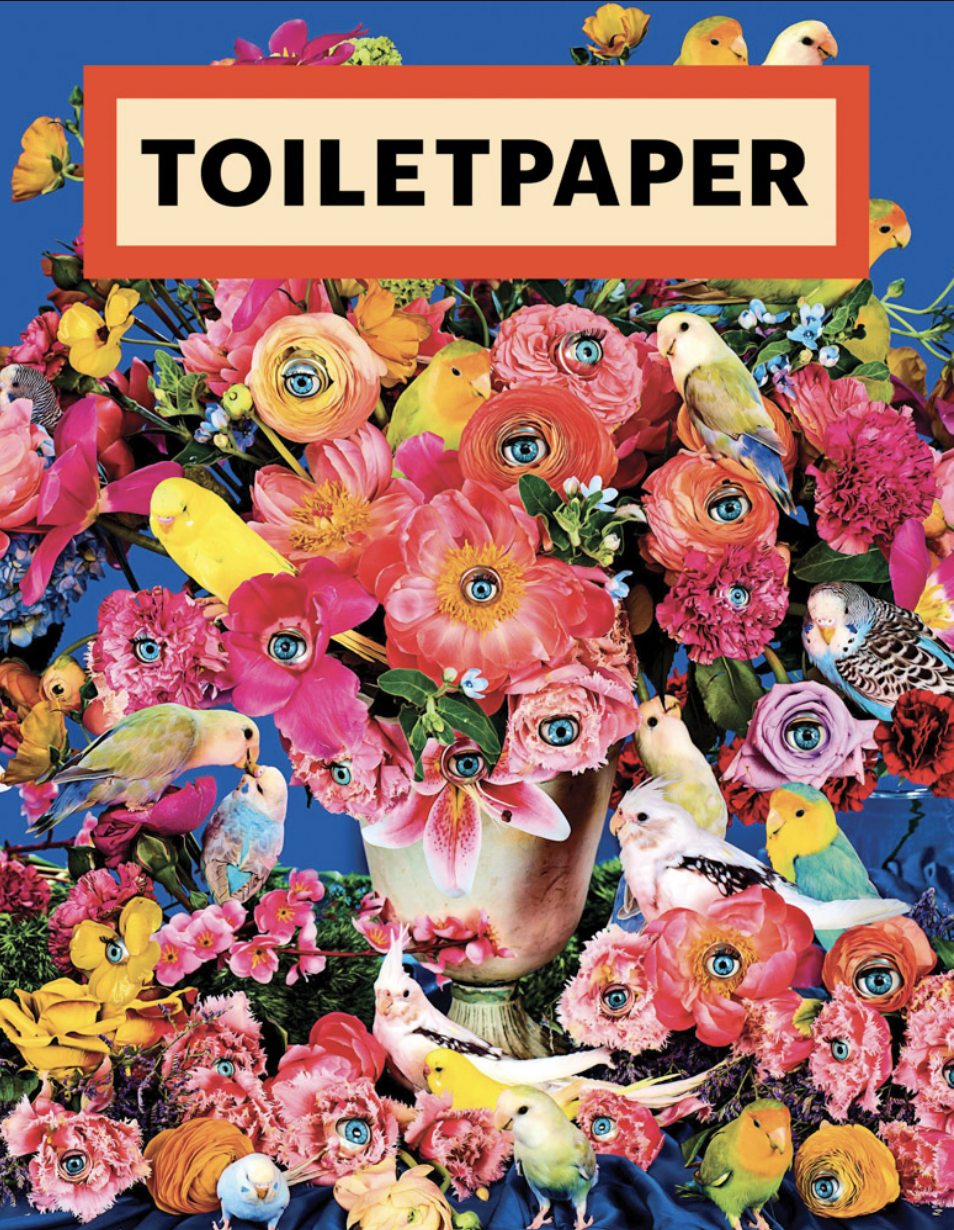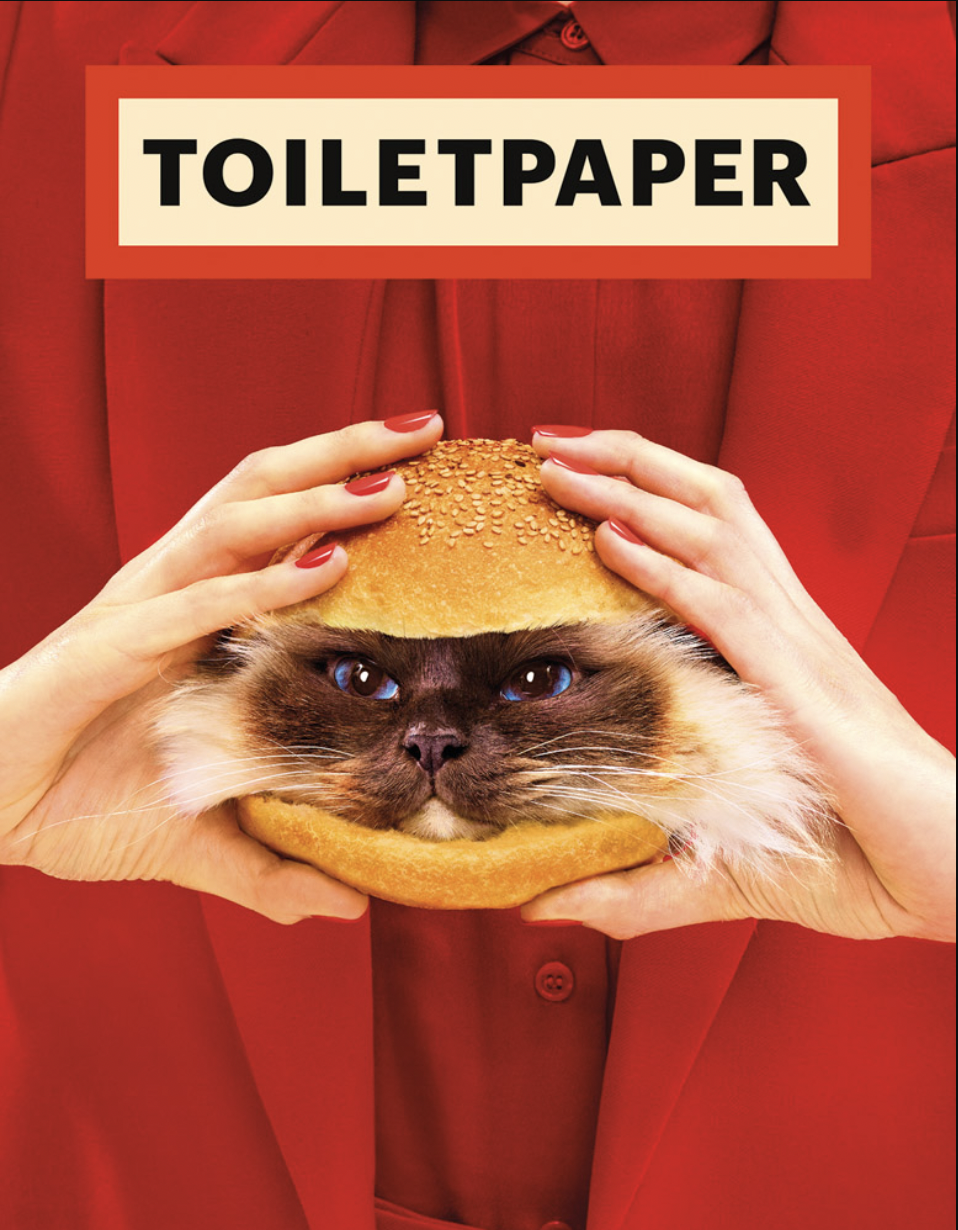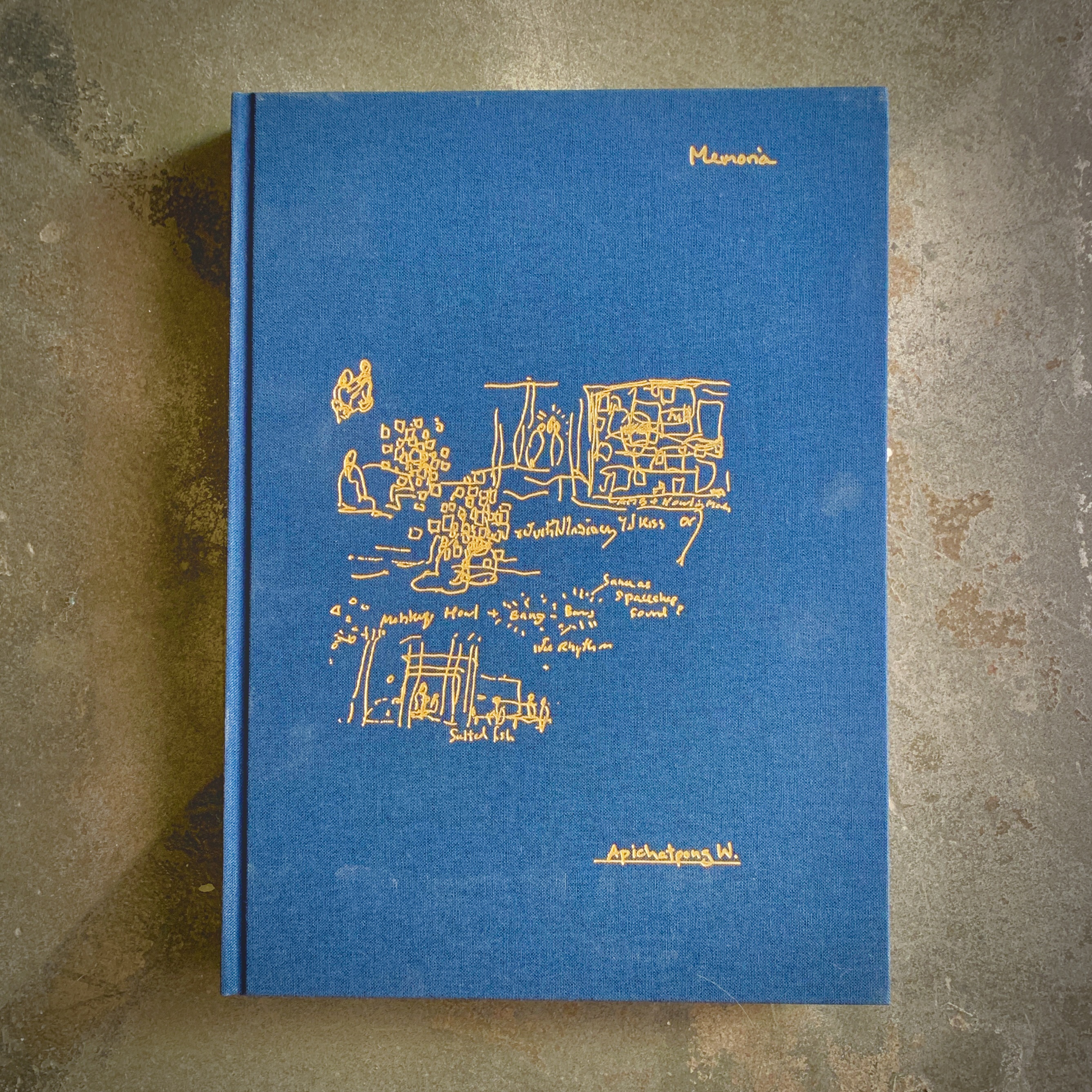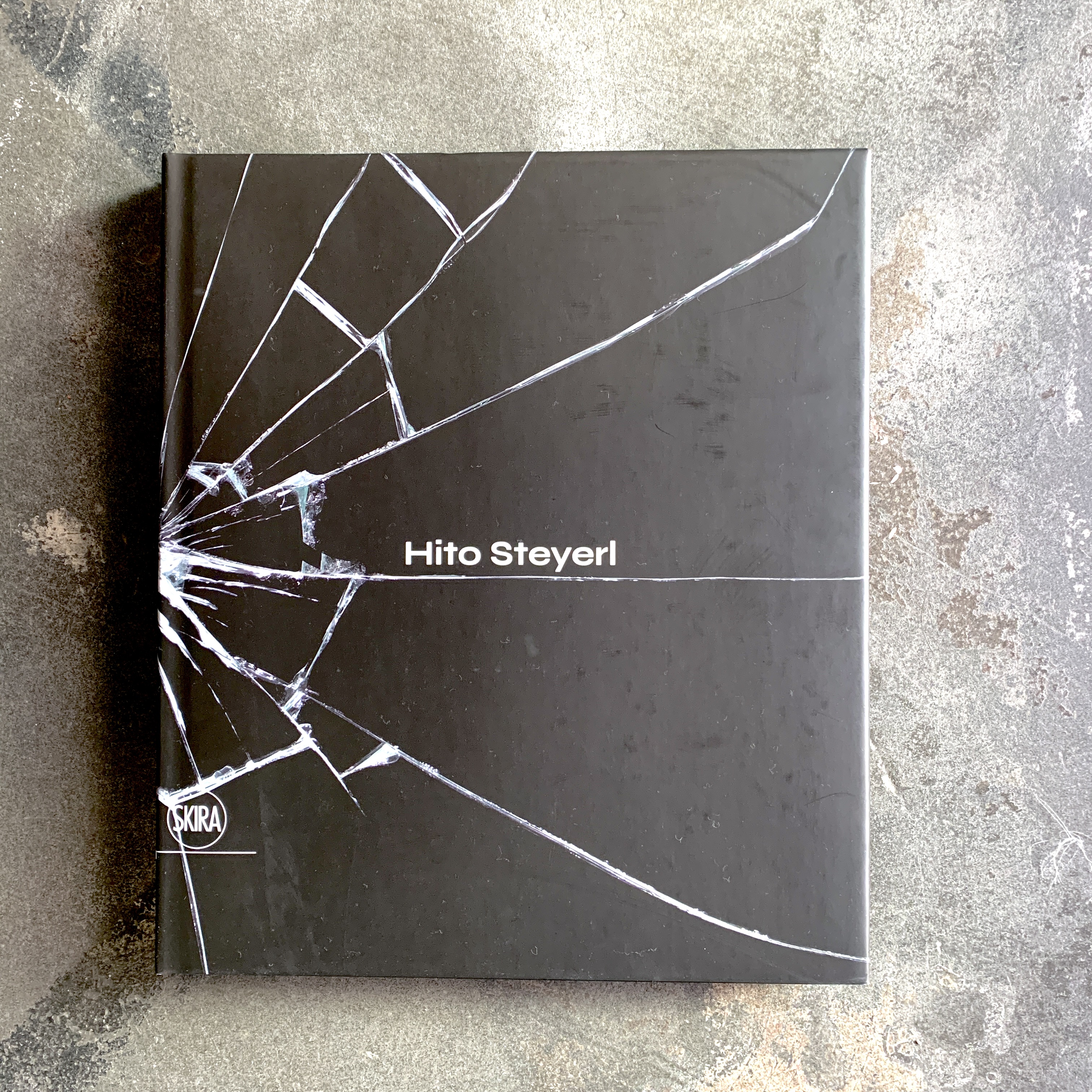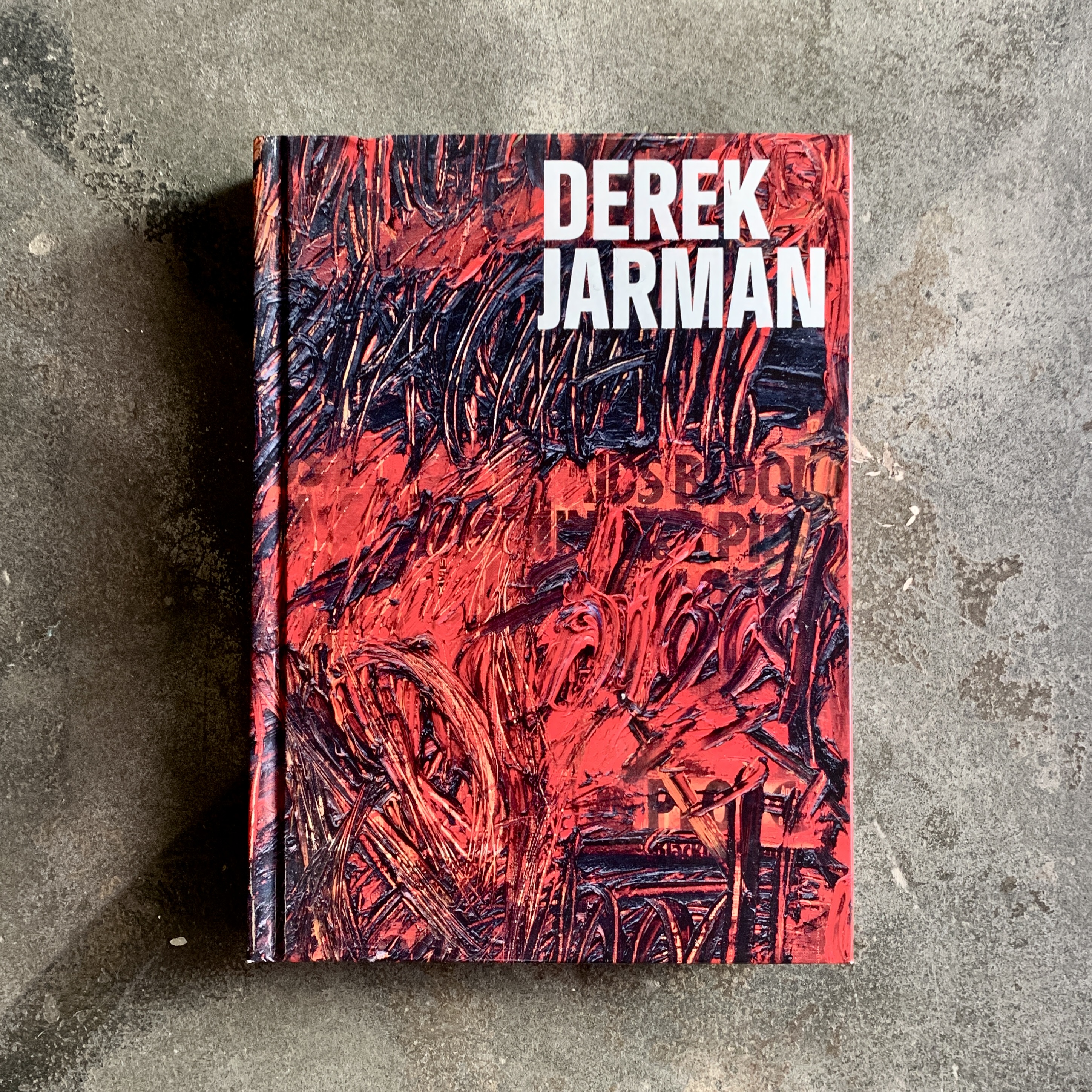MoMA PS1 RELATED PUBLICATIONS
MoMA PS1 presents today’s most experimental, thought-provoking art. Founded in 1971, it is the first nonprofit arts center in the US devoted solely to contemporary art. This selection includes books and a tote bag published by MoMA PS1, alongside exhibition catalogs published to accompany MoMA PS1 shows and more.
CULTS THAT KILL
Bibiliomancers x Brendan Donnelly
Featuring rare publications and ephemera from Bibliomancers and Brendan Donnelly's collections that focus on the satanic aspects of cults and related pop culture.
Paperback
Limited Edition
Edited by: Bibliomancers & Brendan Donnelly
Publisher: Bibliomancers
Year: 2025
Size: 140 × 215 mm
Pages: 106

Francis Bacon: Catalogue Raisonné
Edited by Martin Harrison
Martin Harrison, following his appointment by the Estate of Francis Bacon, has devoted over a decade to the creation of this magnificent publication, the first-ever complete catalogue raisonné of the work of the great British painter. Including many previously unpublished paintings, this five-volume set allows Bacon’s oeuvre to be seen and assessed in its entirety for the first time, with all works reproduced in full color. The only previous Bacon catalogue raisonné was published in 1964, gathering only 37% of Bacon’s ultimate oeuvre, and featuring only 27 color reproductions. Only about half of the 584 paintings that survive are accessible to the public in exhibitions and publications; with Francis Bacon: Catalogue Raisonné, the painter’s entire oeuvre can be seen and assessed for the first time.
The catalogue, containing around 800 illustrations across five clothbound, hardcover volumes, includes three books comprising the study of Bacon’s entire working history, which are bookended by two further volumes: the first including an introduction, chronology and an indispensible index and users’ guide, and the second a catalogue of Bacon’s sketches with an illustrated bibliography. Beautifully produced and printed, the five volumes of Francis Bacon: Catalogue Raisonné are boxed within a handsome cloth slipcase.
The Estate of Francis Bacon
Hardcover | 5 vols | 9.5 x 12.25” | 1,556 pgs
Edited by Martin Harrison
$1,500 plus shipping
Martin Harrison, following his appointment by the Estate of Francis Bacon, has devoted over a decade to the creation of this magnificent publication, the first-ever complete catalogue raisonné of the work of the great British painter. Including many previously unpublished paintings, this five-volume set allows Bacon’s oeuvre to be seen and assessed in its entirety for the first time, with all works reproduced in full color. The only previous Bacon catalogue raisonné was published in 1964, gathering only 37% of Bacon’s ultimate oeuvre, and featuring only 27 color reproductions. Only about half of the 584 paintings that survive are accessible to the public in exhibitions and publications; with Francis Bacon: Catalogue Raisonné, the painter’s entire oeuvre can be seen and assessed for the first time.
The catalogue, containing around 800 illustrations across five clothbound, hardcover volumes, includes three books comprising the study of Bacon’s entire working history, which are bookended by two further volumes: the first including an introduction, chronology and an indispensible index and users’ guide, and the second a catalogue of Bacon’s sketches with an illustrated bibliography. Beautifully produced and printed, the five volumes of Francis Bacon: Catalogue Raisonné are boxed within a handsome cloth slipcase.
The Estate of Francis Bacon
Hardcover | 5 vols | 9.5 x 12.25” | 1,556 pgs


Explicit Snow Globe
An irreverent snow globe to celebrate any time of year.
4 inch glass snow globe with plastic base.
Pure Products USA | 4 x 3 x 6 in.
An irreverent snow globe to celebrate any time of year.
4 inch glass snow globe with plastic base.
Pure Products USA | 4 x 3 x 6 in.

Marcel Duchamp: Boîte-en-valise (or of Marcel Duchamp or Rrose Selavy)
One of the most important and enigmatic pieces of modernist art, "Boîte-en-valise" (Box in a Valise) was assembled by Marcel Duchamp between 19
35 and 1941.
This is the first ever reinterpretation of the legendary book-object, conceptualized by French artist Mathieu Mercier and now available to a broader audience. At once a work in and of itself, and a reproduction in the Duchampian spirit, this miniature museum contains 69 reproductions of Duchamp's most celebrated creations, including the famous "Fountain," Nude Descending a Staircase" and the "Large Glass." Mercier has reproduced the bulk of the contents of Duchamp's original box in paper form, designing everything to scale. Playful and accessible, the "Boîte" reflects Duchamp's desire to display his works outside the museum and gallery system.
Walther König, Köln
Boxed | 14.75 X 14.75 “ | 69 replicas and printed reproductions
One of the most important and enigmatic pieces of modernist art, "Boîte-en-valise" (Box in a Valise) was assembled by Marcel Duchamp between 19
35 and 1941.
This is the first ever reinterpretation of the legendary book-object, conceptualized by French artist Mathieu Mercier and now available to a broader audience. At once a work in and of itself, and a reproduction in the Duchampian spirit, this miniature museum contains 69 reproductions of Duchamp's most celebrated creations, including the famous "Fountain," Nude Descending a Staircase" and the "Large Glass." Mercier has reproduced the bulk of the contents of Duchamp's original box in paper form, designing everything to scale. Playful and accessible, the "Boîte" reflects Duchamp's desire to display his works outside the museum and gallery system.
Walther König, Köln
Boxed | 14.75 X 14.75 “ | 69 replicas and printed reproductions
Tosh Berman from Artbook unboxes Duchamp’s Boîte-en-valise!

Hermès Pop Up
Text by Stéphane Foekinos
Every year, the iconic luxury brand Hermès chooses a new theme to celebrate its creative direction for the upcoming year. This practice began in 1987, marking the brand's 150th anniversary, and has since become a beloved tradition―a way to combine the house's proud, storied heritage with its creative vision for the future.
Hermès' Year Theme for 2018 was "Let's Play," and the brand celebrated in style with this deluxe pop-up book.
Featuring a selection of 14 of the house's iconic square scarf designs, both old and more recent, this book brings the designs alive with exhilarating ingenuity. Delicate paper constructions bring out the depth and volume within the scarf designs; zebras rear up, delicately arching trees grow from the page and painterly strokes detach themselves from the paper surface. This is the Hermès carré as you've never seen it before.
For Hermès,
a brand associated with the highest quality luxury materials and design, "play is movement, freedom, imagination, fantasy, seduction, lightness." Impeccably produced, Hermès Pop Up gives readers the chance to play around in the brand's archives.
Hardcover | 8.5 x 8.5” | 26 pgs
Text by Stéphane Foekinos
Every year, the iconic luxury brand Hermès chooses a new theme to celebrate its creative direction for the upcoming year. This practice began in 1987, marking the brand's 150th anniversary, and has since become a beloved tradition―a way to combine the house's proud, storied heritage with its creative vision for the future.
Hermès' Year Theme for 2018 was "Let's Play," and the brand celebrated in style with this deluxe pop-up book.
Featuring a selection of 14 of the house's iconic square scarf designs, both old and more recent, this book brings the designs alive with exhilarating ingenuity. Delicate paper constructions bring out the depth and volume within the scarf designs; zebras rear up, delicately arching trees grow from the page and painterly strokes detach themselves from the paper surface. This is the Hermès carré as you've never seen it before.
For Hermès,
a brand associated with the highest quality luxury materials and design, "play is movement, freedom, imagination, fantasy, seduction, lightness." Impeccably produced, Hermès Pop Up gives readers the chance to play around in the brand's archives.
Hardcover | 8.5 x 8.5” | 26 pgs
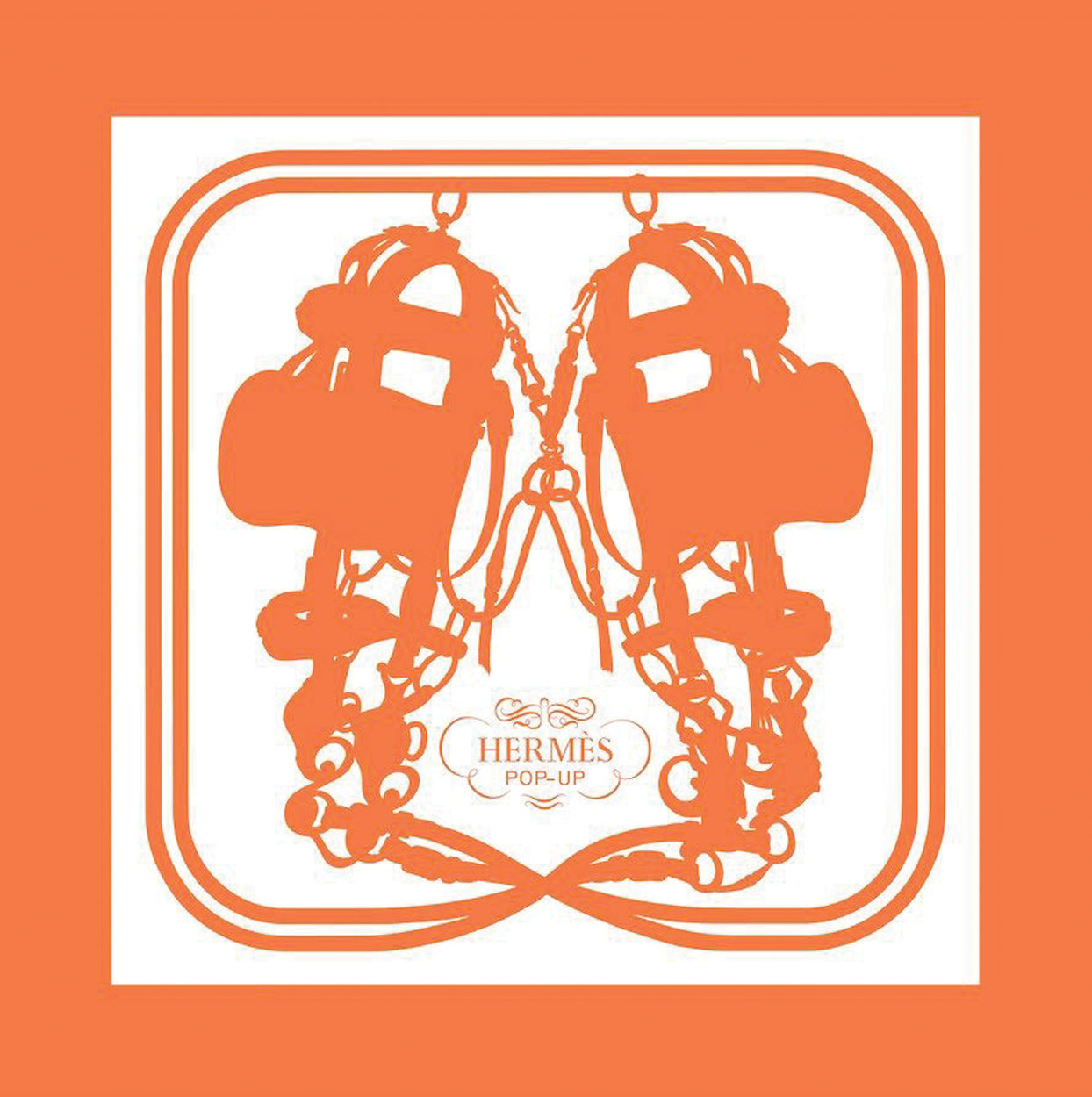

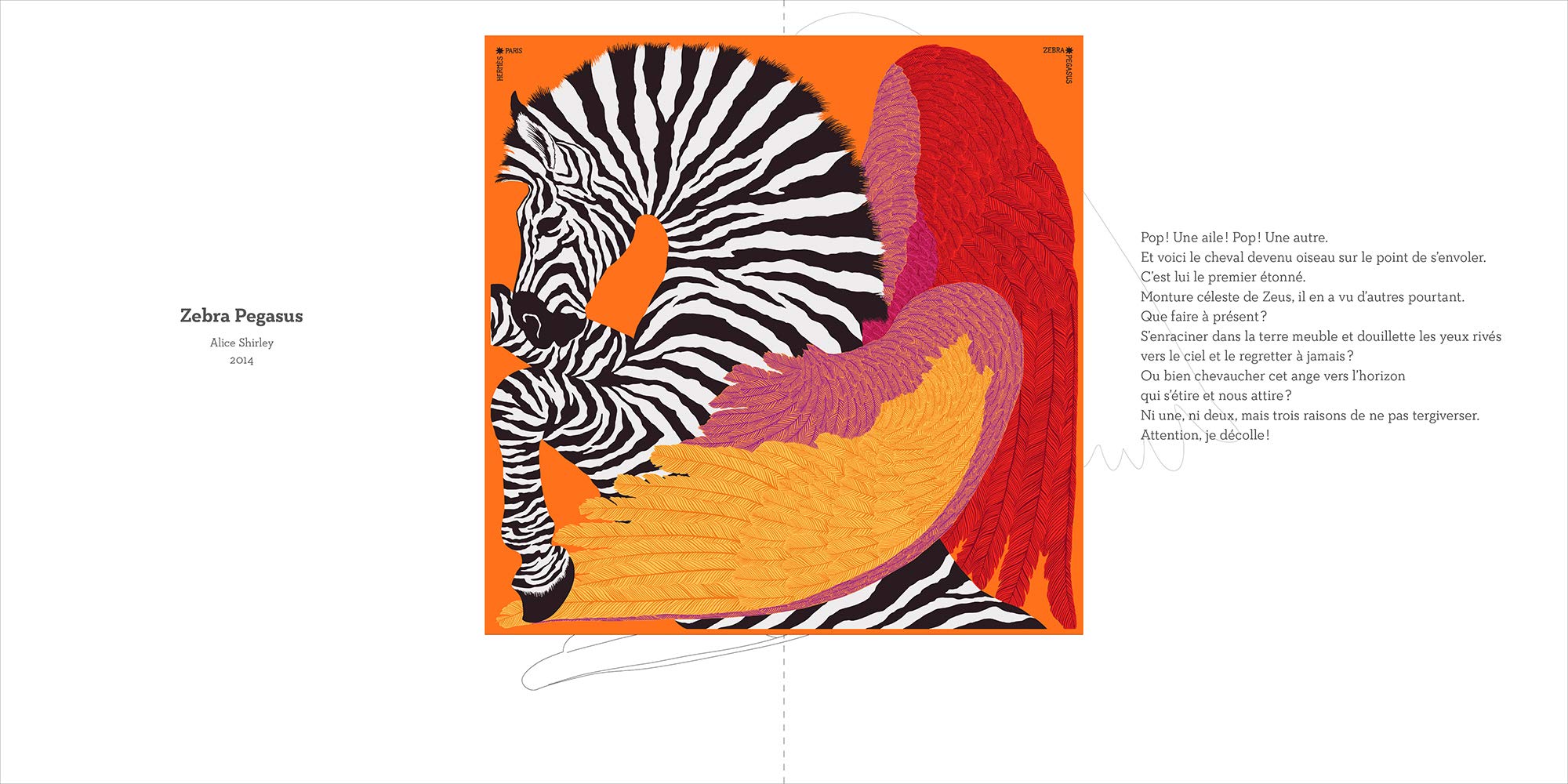
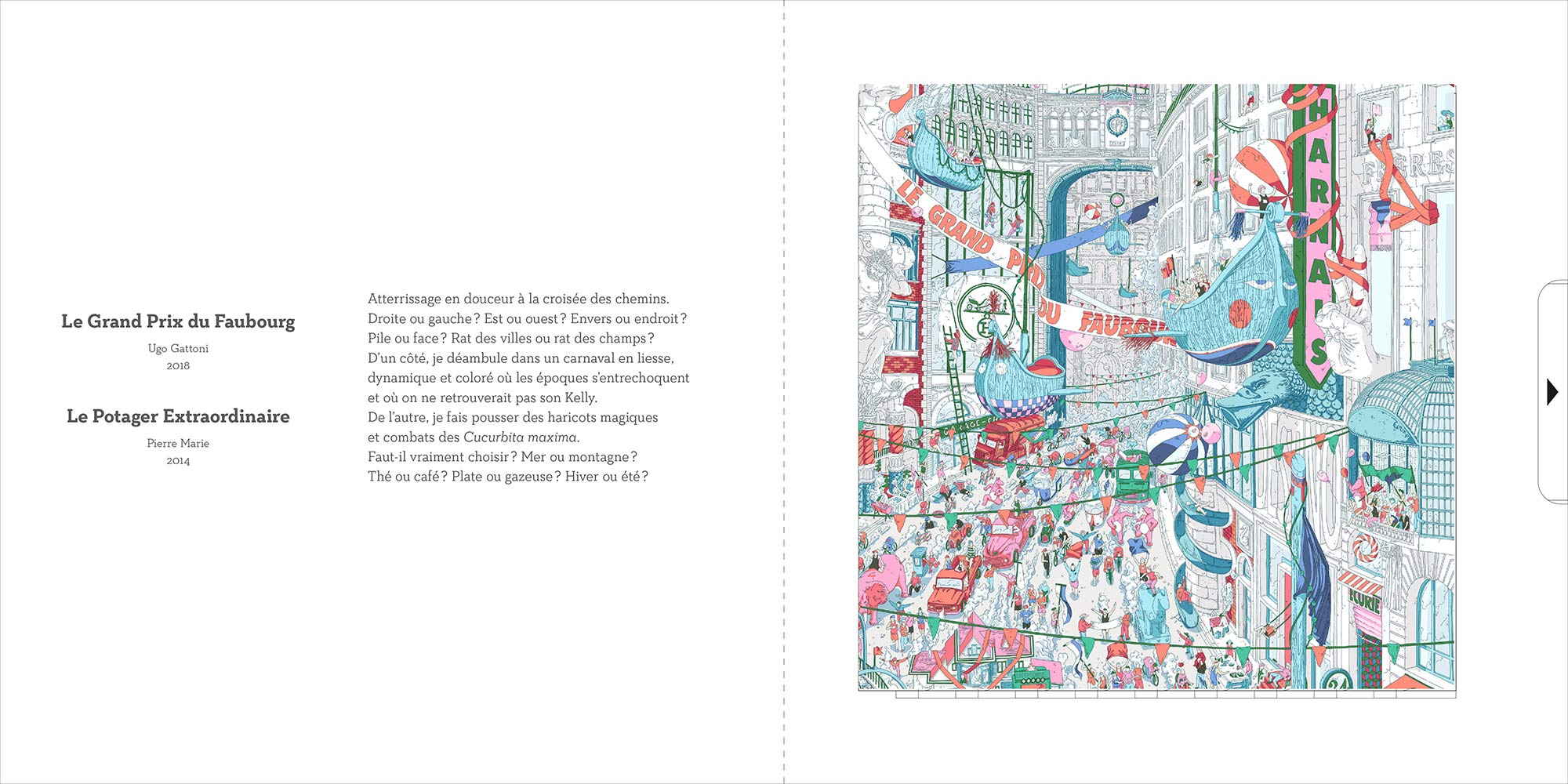
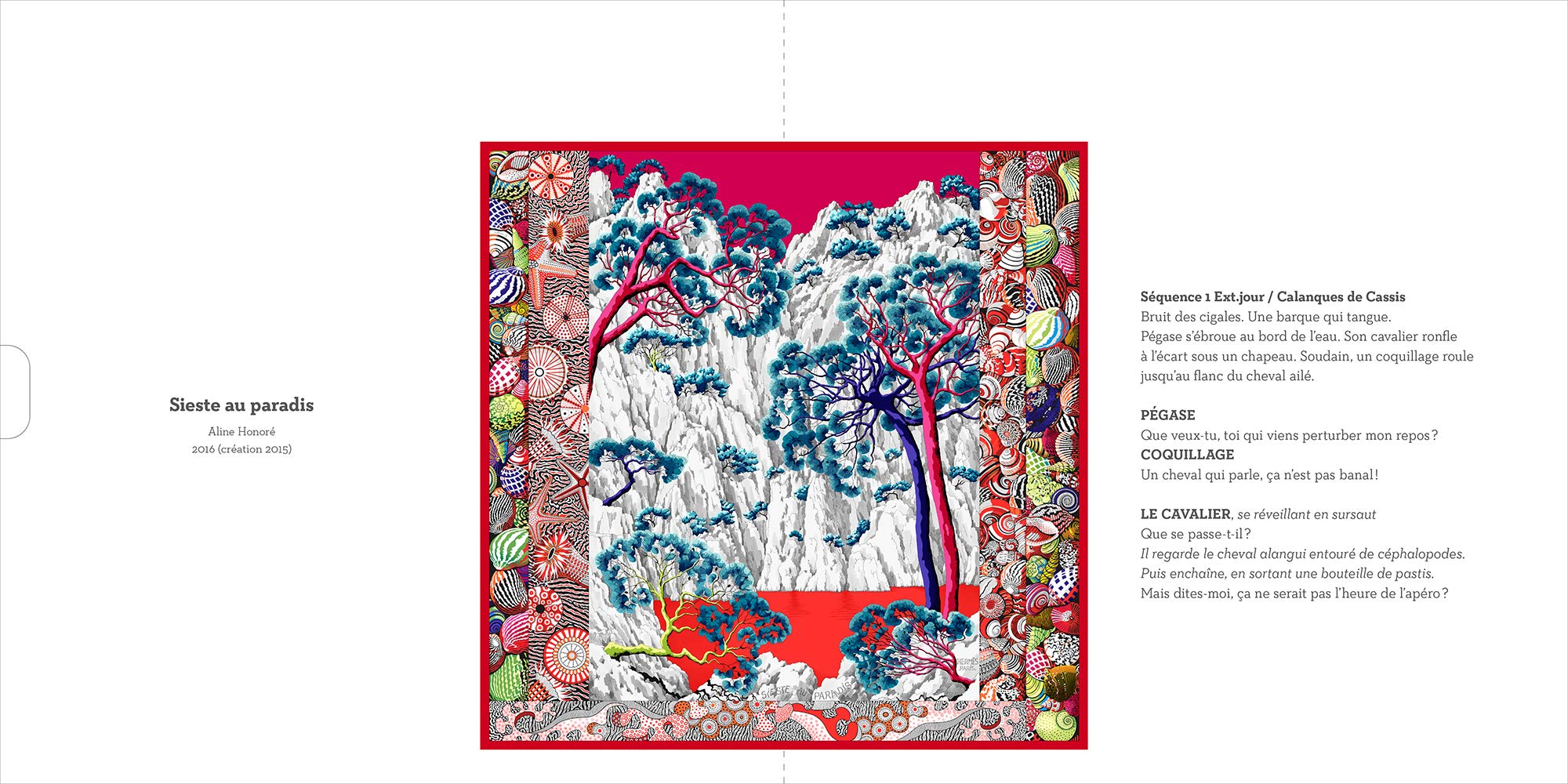

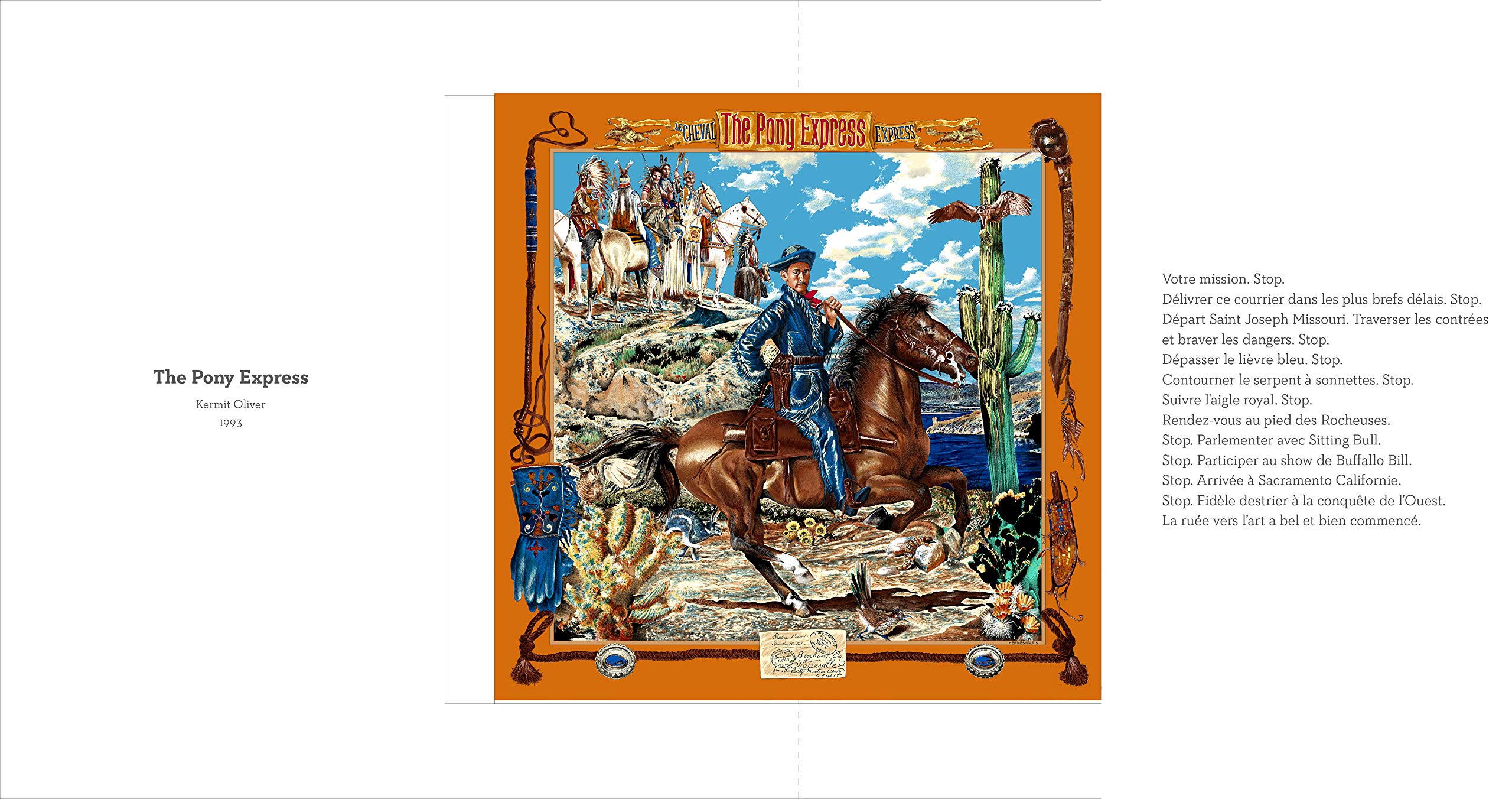
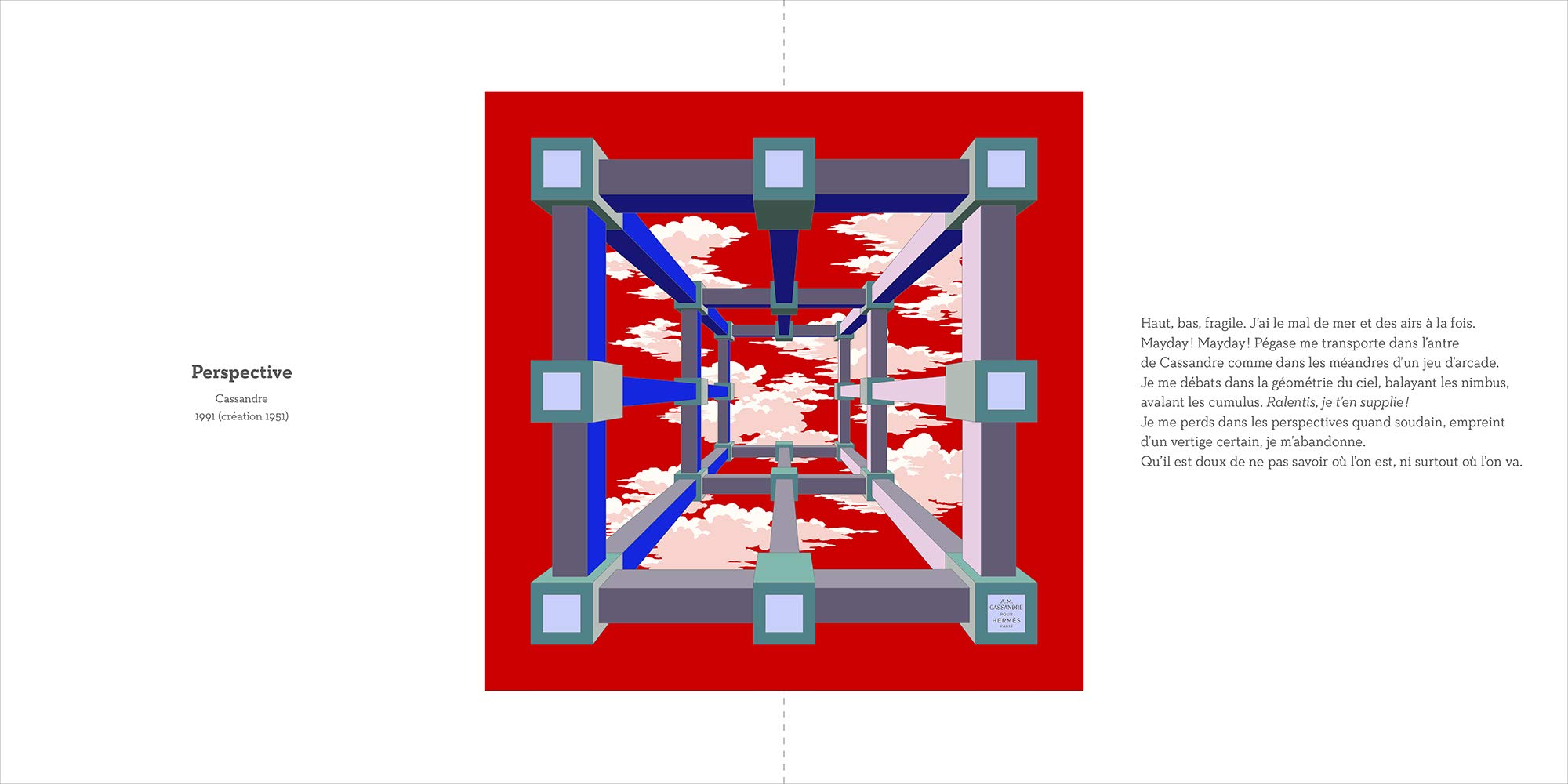
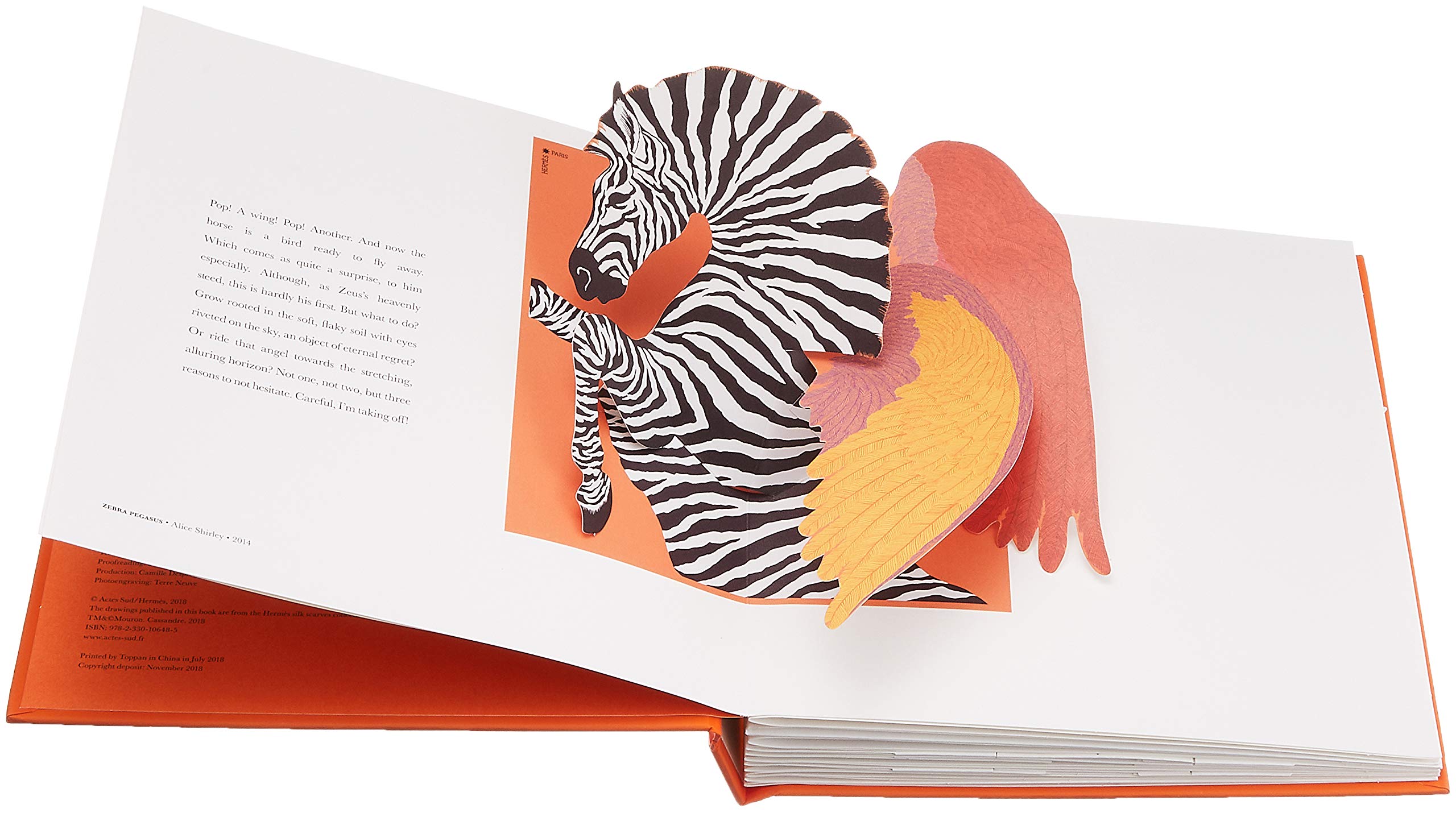
Digital Culture and Aesthetic Practice
by Eivind Røssaak
Signed
The first in-depth exploration of the work of artist Cory Arcangel, a pioneer of DIY-new media art whose influential “hacks” subvert the confines of Big Tech.Combining the hands-on skills from the 1990s net art scene and the 2010s post-internet art’s fondness for memes and the generic image, Arcangel demonstrated the wal critique. In The Cory Arcangel Hack, Eivind Røssaak shows how Arcangel’s body of work defines a particular strain of post-conceptual art that is fundamental for understanding the digital world we live in.
Eivind Røssaak is Research Professor at the National Library of Norway’s Department of Research, Visual Media Section. A former Visiting Scholar at Cinema and Media Studies at University of Chicago, Cinematic Arts at USC, and Tisch School of the Arts at NYU.He has published and lectured widely on media aesthetics, media archaeology, archival experiments, and critical theory. He got his first computer, an Apple Macintosh SE, in 1987, and his first laptop, an Apple Powerbook 140, in 1992. During his school, college, and graduate school years, he worked as a musician, journalist, reviewer of cinema and literature, and wrote travelogues from around the world. He can still remember the sound of a modem and life without a smartphone.
Alexander R. Galloway is a writer and computer programer working on issues in philosophy, technology, and theories of mediation. Professor of Media, Culture, and Communication at New York University, he is author of several books on digital media and critical theory. Galloway has given over two hundred talks both across the U.S. and in ten countries around the world. His writings have been translated into eleven languages. He is recipient of a number of grants and awards including a Guggenheim Fellowship, the Berlin Prize, and the Prix Ars Electronica.
Cory Arcangel is an artist, and composer living and working in Stavanger, Norway. Arcangel explores the potential and failures of old and new digital technologies, highlighting their obsolescence, humor, aesthetic attributes and, at times, eerie influence in contemporary life. Arcangel's notable works include Super Mario Clouds (2002), a modified version of the video game Super Mario Bros. in which all of the game's graphics have been removed, leaving a blue background with white clouds, and /roʊˈdeɪoʊ/ Let's Play: HOLLYWOOD (2017-2021), an AI video game playing computer. In 2014, Arcangel founded Arcangel Surfware, a software publisher and merchandise company. Notable brand releases include Arcangel's The Source zine series, and a first-time publishing of Tony Conrad's Music and the Mind of the World. Arcangel is the youngest artist since Bruce Nauman to have been given a full floor solo exhibition at the Whitney Museum of American Art, New York (2011).
MIT Press | Paperback | 274 pages | 6 X 9 in | $45
Eivind Røssaak is Research Professor at the National Library of Norway’s Department of Research, Visual Media Section. A former Visiting Scholar at Cinema and Media Studies at University of Chicago, Cinematic Arts at USC, and Tisch School of the Arts at NYU.He has published and lectured widely on media aesthetics, media archaeology, archival experiments, and critical theory. He got his first computer, an Apple Macintosh SE, in 1987, and his first laptop, an Apple Powerbook 140, in 1992. During his school, college, and graduate school years, he worked as a musician, journalist, reviewer of cinema and literature, and wrote travelogues from around the world. He can still remember the sound of a modem and life without a smartphone.
Alexander R. Galloway is a writer and computer programer working on issues in philosophy, technology, and theories of mediation. Professor of Media, Culture, and Communication at New York University, he is author of several books on digital media and critical theory. Galloway has given over two hundred talks both across the U.S. and in ten countries around the world. His writings have been translated into eleven languages. He is recipient of a number of grants and awards including a Guggenheim Fellowship, the Berlin Prize, and the Prix Ars Electronica.
Cory Arcangel is an artist, and composer living and working in Stavanger, Norway. Arcangel explores the potential and failures of old and new digital technologies, highlighting their obsolescence, humor, aesthetic attributes and, at times, eerie influence in contemporary life. Arcangel's notable works include Super Mario Clouds (2002), a modified version of the video game Super Mario Bros. in which all of the game's graphics have been removed, leaving a blue background with white clouds, and /roʊˈdeɪoʊ/ Let's Play: HOLLYWOOD (2017-2021), an AI video game playing computer. In 2014, Arcangel founded Arcangel Surfware, a software publisher and merchandise company. Notable brand releases include Arcangel's The Source zine series, and a first-time publishing of Tony Conrad's Music and the Mind of the World. Arcangel is the youngest artist since Bruce Nauman to have been given a full floor solo exhibition at the Whitney Museum of American Art, New York (2011).
MIT Press | Paperback | 274 pages | 6 X 9 in | $45

Design History Reader
Edited by Kristen Coogan
SIGNED by Kristen Coogan
Design History Reader: An Emerging Vision for a New Narrative, published by ONOMATOPEE, reimagines graphic design history through eight thematic sections that highlight both dominant and marginalized narratives. Moving beyond chronology, the Reader proposes new ways to study design—and new criteria for what counts as “good design” today. Design History Reader was led by Kristen Coogan, Associate Professor of Art and Graphic Design at Boston University, who applies the department’s pluralistic approach to the topic. The case studies featured in this book are real-life examples from her students that demonstrate the practical, ubiquitous applications of design theory. They began as a curricular revision and evolved into a new form of design history pedagogy. Already a part of Boston University’s graphic design curriculum, this student-focused reader is an excellent choice for course adoption, or for the bookshelf of an independent aspiring designer.Contributors include: Annabella Pugliese, Belle Bennet, Charles Li, Dar Saravia, Ellen Johnson, Flora Kerner, Grace Chong, Haya AlMajali, Julia Cheung, Kristina Shumilina, Lauren Had, Leila Garner, Maidha Salman, Natalie Seitz, Rayne Schulman, Rhea Jauhar, Rashina Wang, Sheryl Peng, Sophie Zimbler, Tzu-Hsuan Huang, Winnie Mei, Xiuqi Ran, Yue Luo.
ONOMATOPEE, 2025 | Paperback | 6.75 x 9.5 in | 324 pgs | $35.00
Kristen Coogan is a designer, educator, and writer whose work bridges graphic design practice and history. She is Associate Professor of Art and Chair of Graduate Graphic Design at Boston University, where she teaches design history, information design, and graduate studio courses. Coogan is the editor of the Design History Reader(Onomatopee, 2025), a thematically organized volume that challenges the traditional design canon by highlighting both dominant and marginalized narratives and proposing new criteria for what counts as “good design.” Her work has been featured in national and international conferences, exhibitions, and publications, and she has played a key role in expanding the conversation around design history and pedagogy.
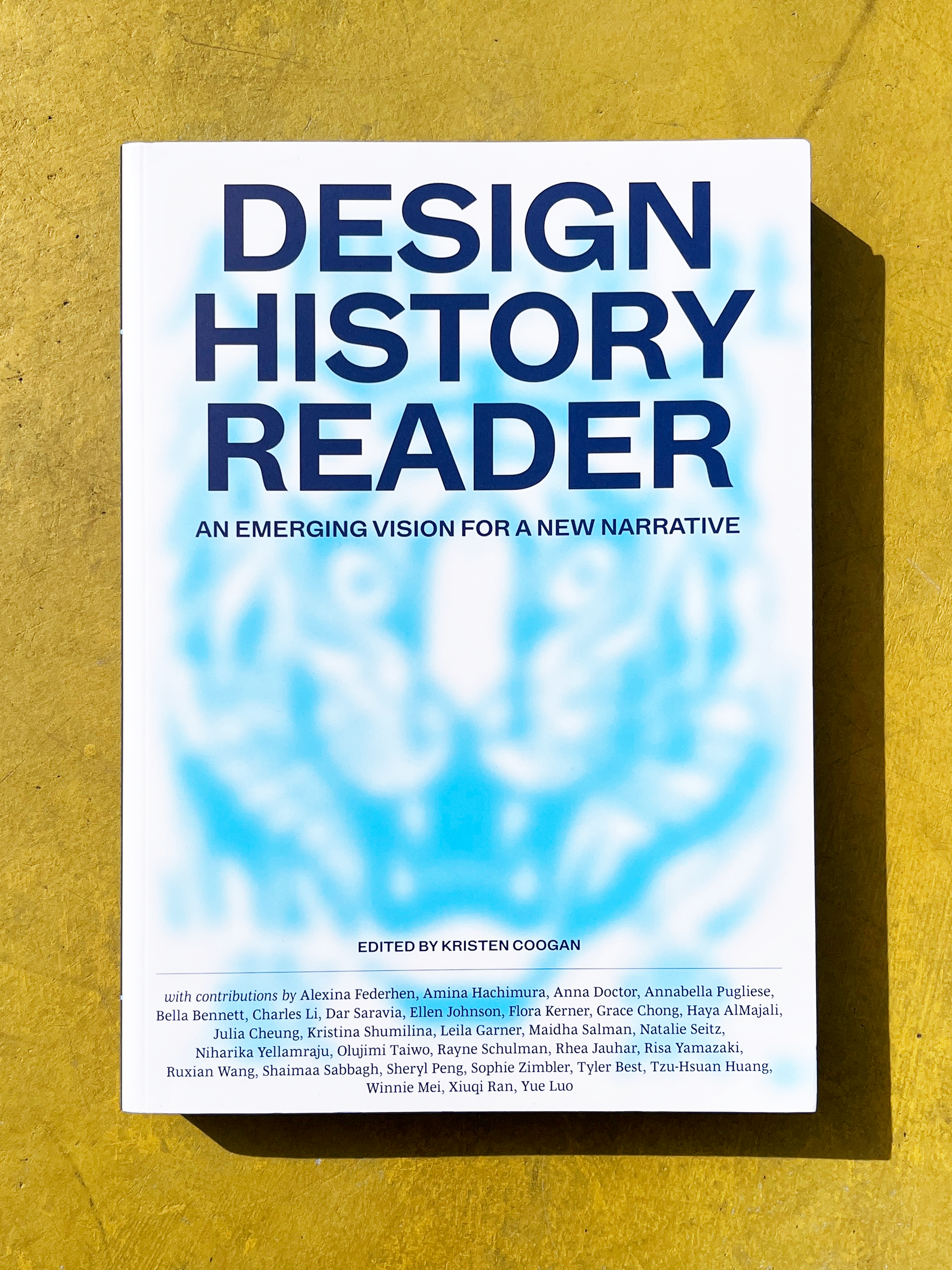
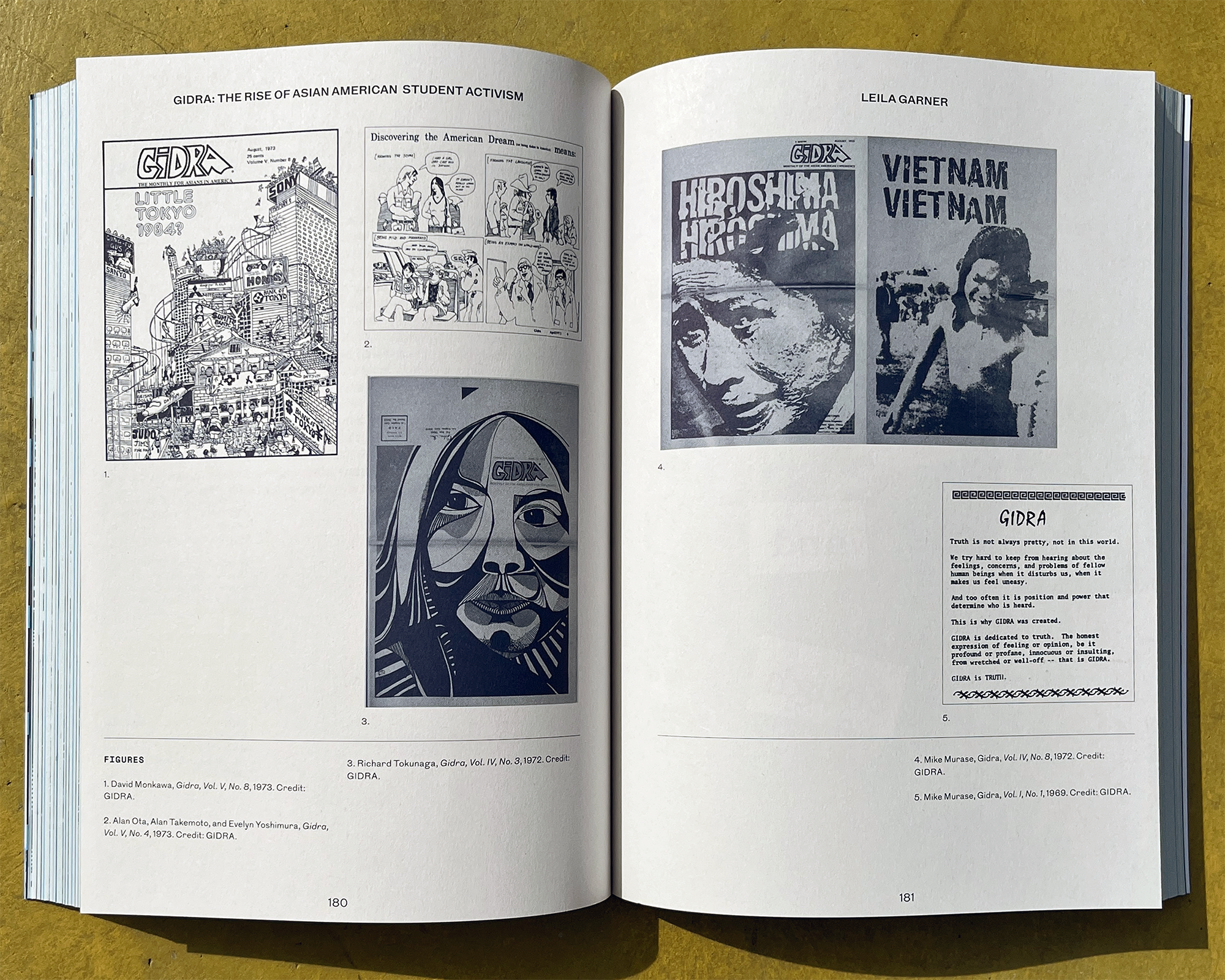
Alphabet in Motion
How Letters Get Their Shape
By Kelli Anderson
Edited by Ben Kiel, Caren Litherland, Michelle Santiago Cortés, Claire Evans, Emily Doucet.
SIGNED by Kelli Anderson
Ever wonder how we ended up with so many different styles of letters? Open any text editor, email client or design app and you will immediately be bombarded with a buffet of typographic choices. Serif or sans serif? Display or text? Classical or contemporary? Formal or casual?
Featuring 17 stunning interactive pop-ups, this ABC pop-up book explains—as well as demonstrates—the technologies and philosophies that have shaped letterforms through the ages. Readers will learn about '60s psychedelic type by projecting light through a phototypesetting pop-up; how screen technology shaped letterforms by turning on and off anti-aliasing; or the aesthetics of typographic modularity by reconfiguring the puzzle pieces of Josef Albers' Kombinations-Schrift.
Type history is often technical and always visual. It is therefore challenging to fully explain in text or in diagrams alone. The book's interactive features provide a sensory inroad for curious general readers to grasp how typography has transformed through history (and how lettering can convey a point of view or philosophical stance). A 128-page companion essay section includes an essay further contextualizing each pop-up. Alphabet in Motion puts the reader's hands, eyes and minds in touch with the meanings behind the typography that surrounds us in our homes, on our screens and on our streets. If you look carefully, you can see the history of the world—from the Bronze Age to the Information Age—in the microcosm of type.
KATHERINE SMALL GALLERY, 2025 | Hardcover, 2 vols, 9.5 x 12 in. | 144 pgs | 280 color | 17 pop-ups. $85.00
Kelli Anderson is a graphic designer, paper engineer, educator and author who uses design magic to connect people with the hidden talents of everyday things. Her previous publications include This Book Is a Camera (MoMA, 2015)—which transforms into a working camera—and This Book Is a Planetarium (Chronicle, 2017)—which houses paper devices (including a planetarium) and has sold more than 100,000 copies.
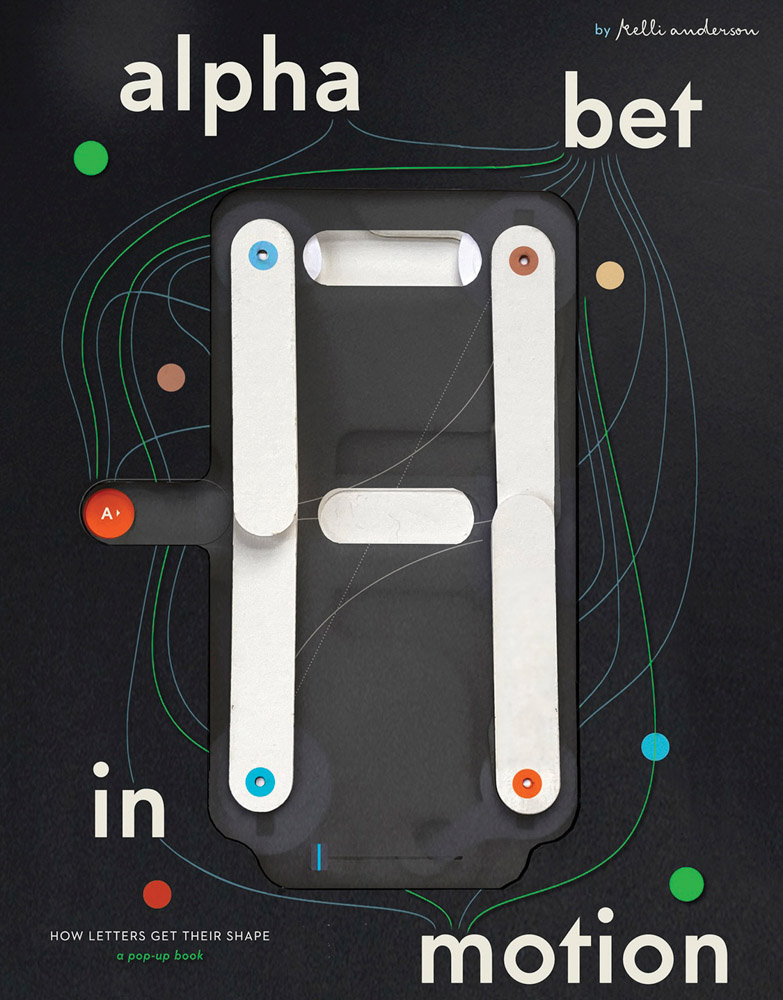









The Work and the Water
Labor and Landscape Along the Erie Canal
By Matthew López-Jensen
SIGNED
The Work and the Water: Labor and Landscapes Along the Erie Canal, by Matthew López-Jensen, is a work of environmental social practice centering the sites of unseen labor required to keep the Erie Canal, a 524-mile inland waterway in upstate New York, operational. In addition to a contextualizing essay by art historian Kim Beil, over 40 photographs are accompanied by commentary from the 400+ employees who work on the canal year-round, often out of view, and in hazardous conditions. As the first artist-in-residence with the canal in its 200-year history, López-Jensen visited every lock in the system from Buffalo to Albany, from Whitehall to Seneca Falls. The archive of images he created helps communicate the potentials of the canal as a site for environmental restoration while also conveying the scale of this colossal piece of infrastructure that transformed the region in ways that are still felt today. Design by Ella Gold.
Inventory Press, 2025 | 6.75 × 9 inches | 104 pages | Softcover | $28.00
Matthew López-Jensen is a Bronx-based artist whose projects combine social practice, landscape advocacy, photography, and research. He is a Guggenheim Fellow in photography and his site-specific landscape projects have twice been supported by grants from the National Endowment for the Arts. His work is in the collections of the Metropolitan Museum of Art, The National Gallery of Art, and the Brooklyn Museum, among other institutions. López-Jensen teaches environmental art and photography at Fordham University and Parsons School of Design. He was the 2023 artist-in-residence with the Erie Canal and has also participated in residency programs at MacDowell, New York City Urban Field Station, Guild Hall, the Queens Museum, Wave Hill, L.M.C.C., among others. His first book Park Wonder (Paper Crown Press) was published in 2017. He earned a BA from Rice University and MFA from the University of Connecticut.
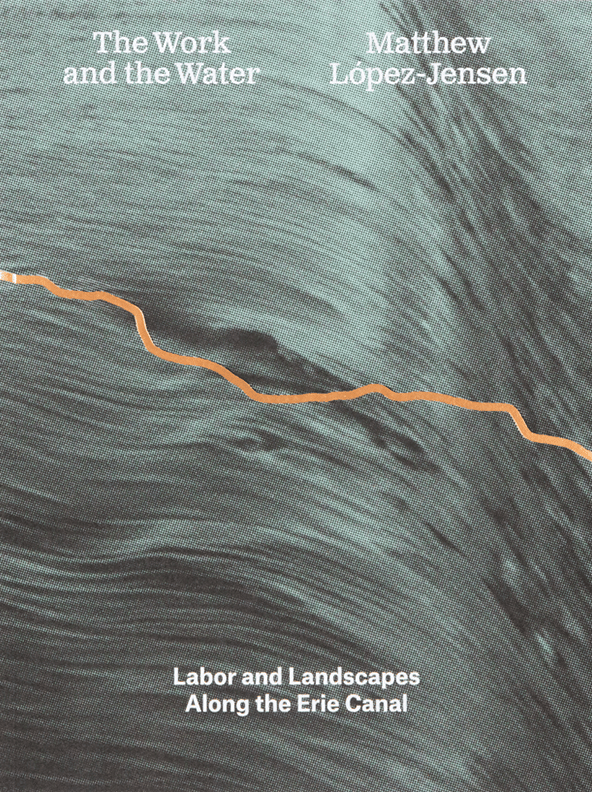
Charles Moore
The Black Market
SIGNED by Charles Moore
Art collecting can be time-consuming, complicated and confusing for the beginner...
...but it doesn't have to be.
In this clear and easy-to-follow guide, learn the necessary knowledge and skills to begin building your own art collection.
Art is the purest form of hope, dreams, and sentiments. A single image can reveal long-held secrets, spark the imagination, offer a sense of belonging and home.
Art conveys the words the artist often might not have been able to speak aloud. In, The Black Market: A guide to art collecting, Charles, a long-time art collector and art historian, introduces novice collectors and would be collectors to the art world, its deep roots, its connections to our pasts, and its hopes for our future.
In the first part of the book, you'll discover the history of African American art and will find essays born in the decades between 1900 - 1990; fascinating lecture reviews on books and exhibition catalogs that invite art enthusiasts to explore the culture, the storied lives, the simplicity, and the everyday struggles and triumphs of the African American experience.
The final sections of the book offer insights and tips about the business side of becoming an art collector. You'll find an overview of storage, collection management, a glossary of terms, and the all-important guide to insurance for your collection and interviews featuring prominent art advisors and collectors like Hill Harper and Keith Rivers.
If you ever wanted to become a collector, wanted to learn more about the African American art, or want to deepen your knowledge, The Black Market: A guide to art collecting is a fascinating, immersive, and essential guide to developing a meaningful and awe-inspiring collection.
Petite Ivy Press, 2020 | 204 pages
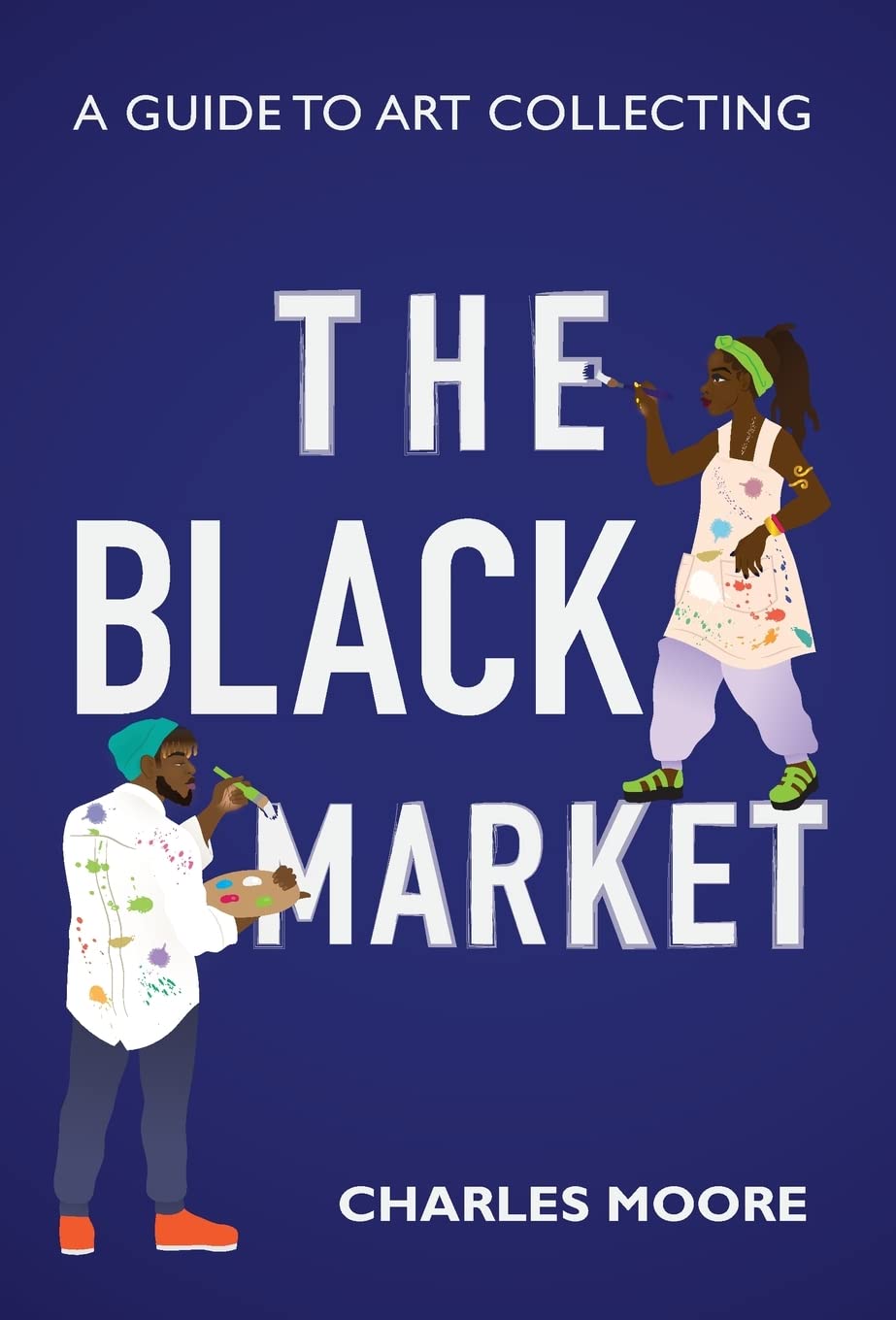
Both Sides of Sunset Photographing Los Angeles
$300
PLEASE CONTACT ARTBOOK TO PURCHASE
SIGNED BY ED RUSCHA
Los Angeles is a city of dualities—sunshine and noir, coastline beaches and urban grit, natural beauty and suburban sprawl, the obvious and the hidden. Both Sides of Sunset: Photographing Los Angeles reveals these dualities and more, in images captured by master photographers such as Bruce Davidson, Lee Friedlander, Daido Moriyama, Julius Shulman and Garry Winogrand, as well as many younger artists, among them. Taken together, these individual views by more than 130 artists form a collective vision of a place where myth and reality are often indistinguishable.
Metropolis Books
Hardcover | 12.75 x 10.25” | 28 pages
$300
PLEASE CONTACT ARTBOOK TO PURCHASE
SIGNED BY ED RUSCHA
Los Angeles is a city of dualities—sunshine and noir, coastline beaches and urban grit, natural beauty and suburban sprawl, the obvious and the hidden. Both Sides of Sunset: Photographing Los Angeles reveals these dualities and more, in images captured by master photographers such as Bruce Davidson, Lee Friedlander, Daido Moriyama, Julius Shulman and Garry Winogrand, as well as many younger artists, among them. Taken together, these individual views by more than 130 artists form a collective vision of a place where myth and reality are often indistinguishable.
Metropolis Books
Hardcover | 12.75 x 10.25” | 28 pages


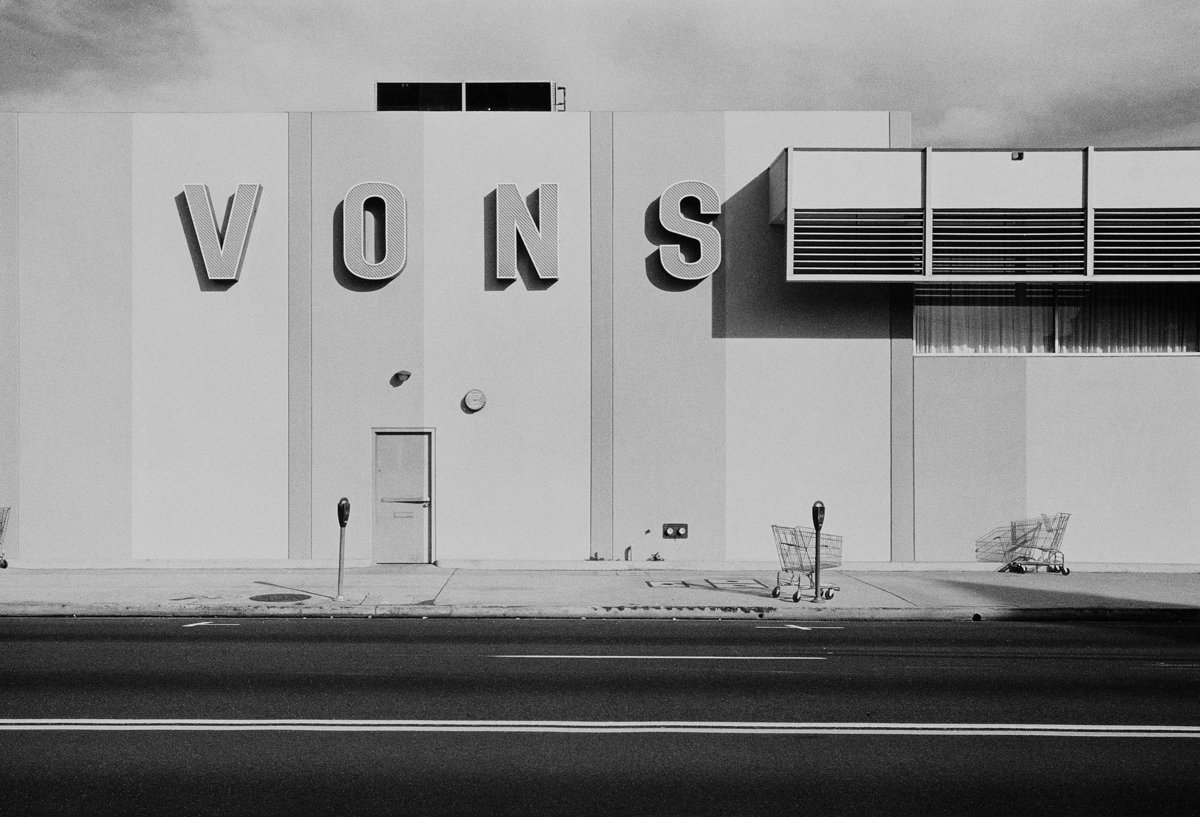
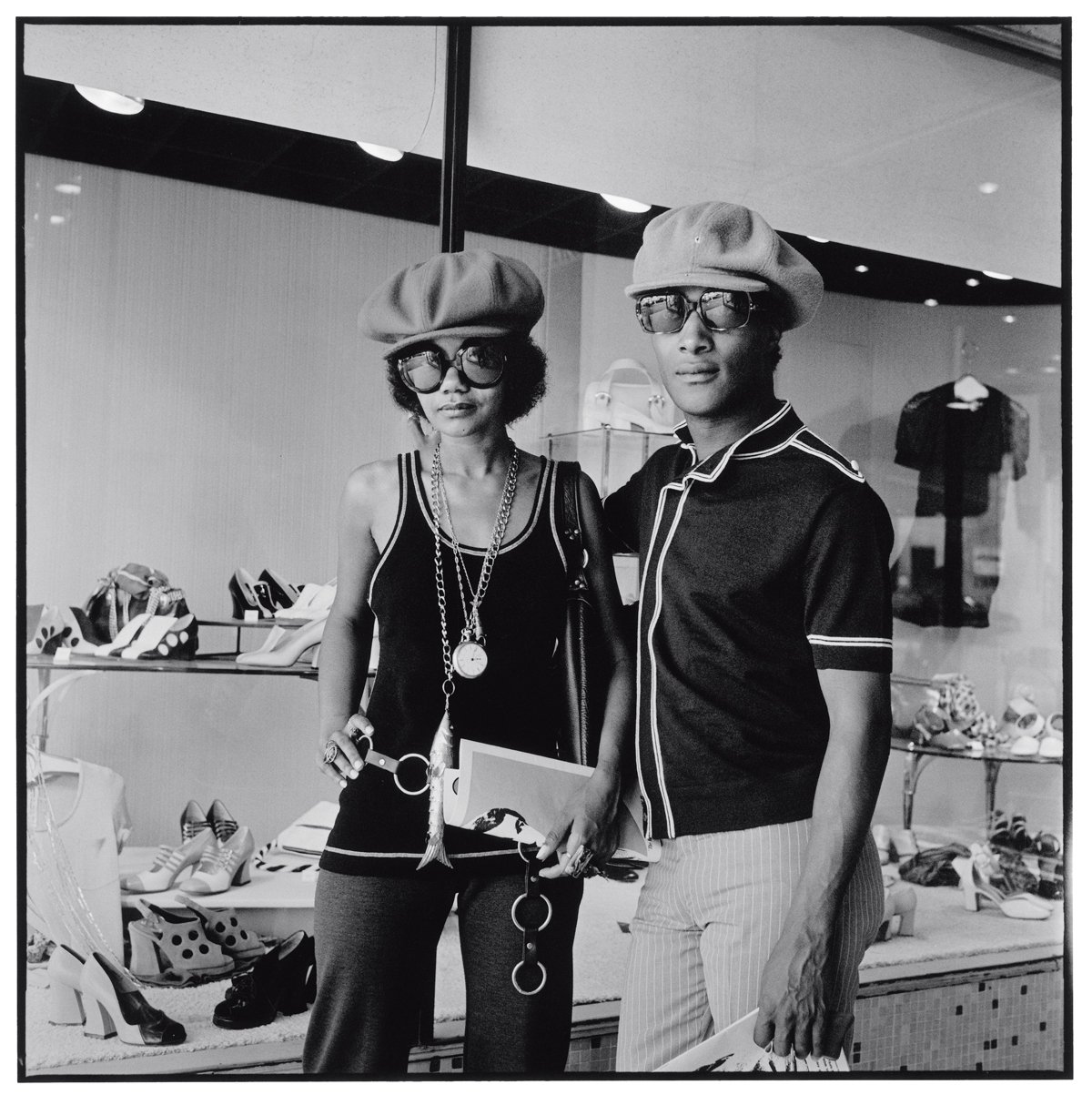


Dayanita Singh: Museum Bhavan
Steidl
Hardcover | 10 vols | 3.5 x 5.5” | 298 pgs
Interviews by Aveen Sen, Gerhard Steidl
With Museum Bhavan, Dayanita Singh forges a new space between publishing and the museum, an experience where books have the same--if not greater--artistic value as prints hanging on a gallery wall. Consisting of 10 individual “museums” in book form, Museum Bhavan is a miniature version of Singh’s eponymous traveling exhibition, with prints placed in folding expanding wooden structures.
The images in Museum Bhavan have been intuitively grouped into lyrical chapters in a visual story such as “Little Ladies Museum” and “Ongoing Museum,” as well as more specific series such as “Museum of Machines.” As in Singh’s first project, Sent a Letter (2008), the books are housed in a handmade box and fold out into accordion-like strips which the artist encourages viewers to install and curate as they wish in their own homes. The exhibition thus becomes a book, and the book an exhibition.
With Museum Bhavan, Dayanita Singh forges a new space between publishing and the museum, an experience where books have the same--if not greater--artistic value as prints hanging on a gallery wall. Consisting of 10 individual “museums” in book form, Museum Bhavan is a miniature version of Singh’s eponymous traveling exhibition, with prints placed in folding expanding wooden structures.
The images in Museum Bhavan have been intuitively grouped into lyrical chapters in a visual story such as “Little Ladies Museum” and “Ongoing Museum,” as well as more specific series such as “Museum of Machines.” As in Singh’s first project, Sent a Letter (2008), the books are housed in a handmade box and fold out into accordion-like strips which the artist encourages viewers to install and curate as they wish in their own homes. The exhibition thus becomes a book, and the book an exhibition.
Steidl
Hardcover | 10 vols | 3.5 x 5.5” | 298 pgs


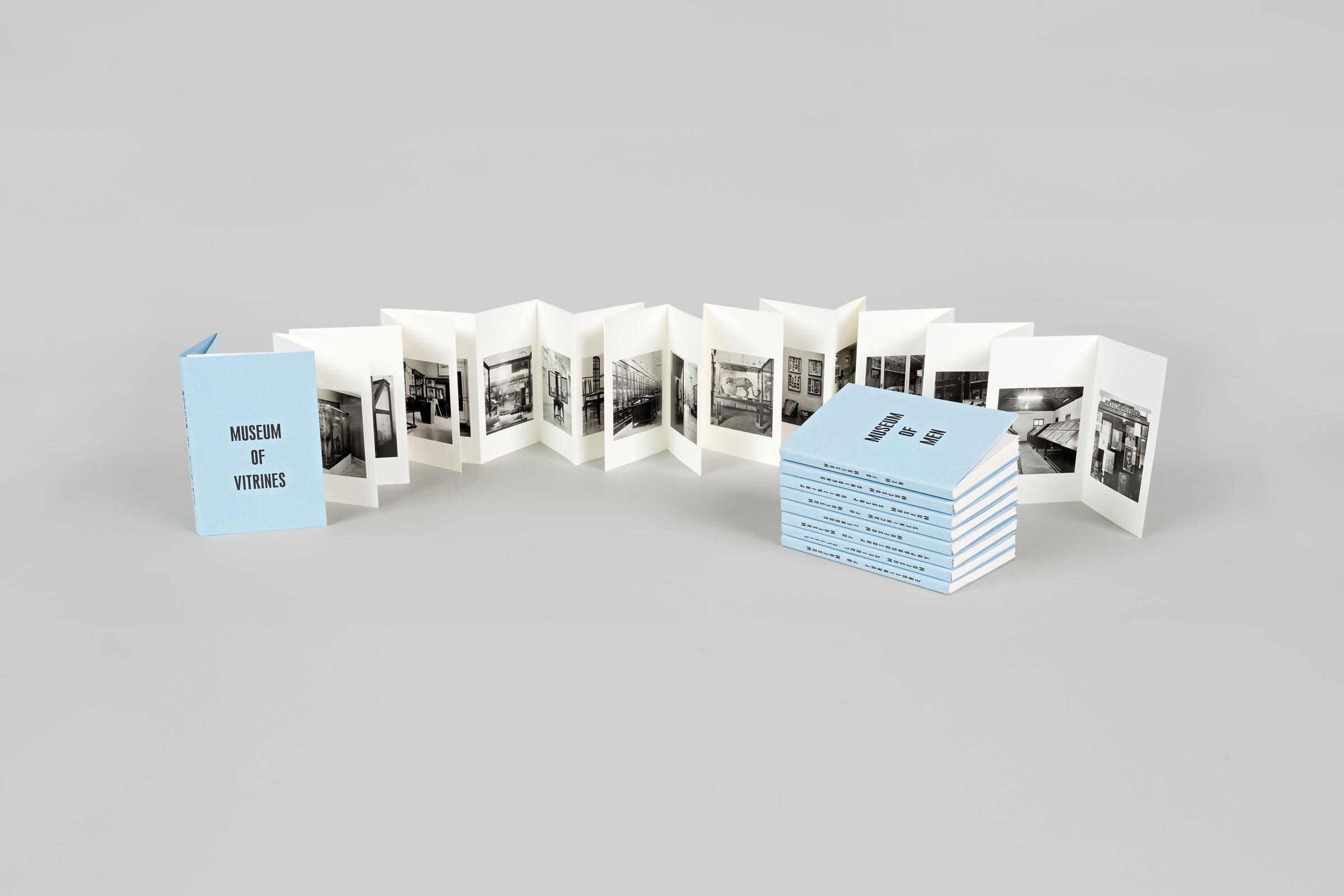
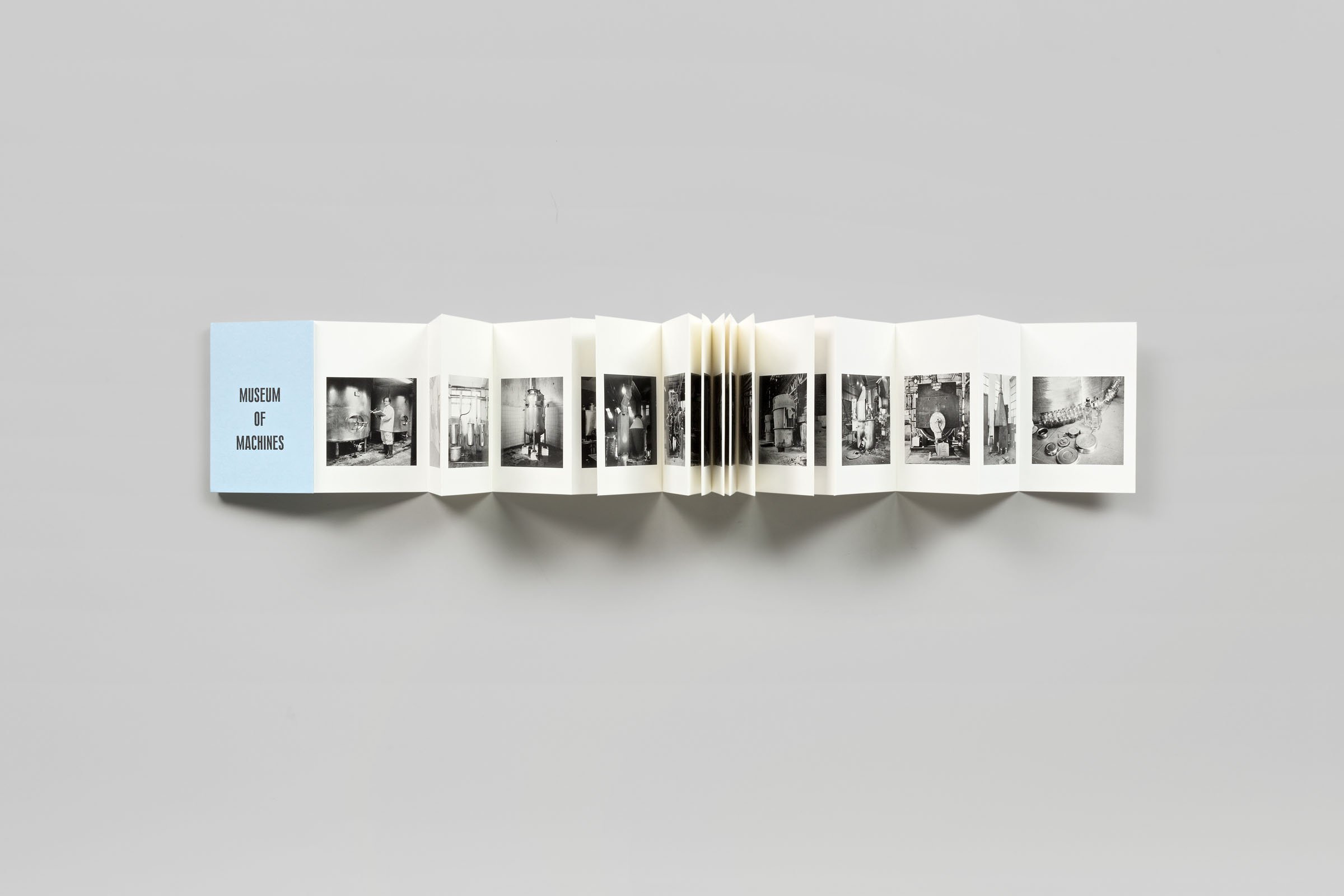
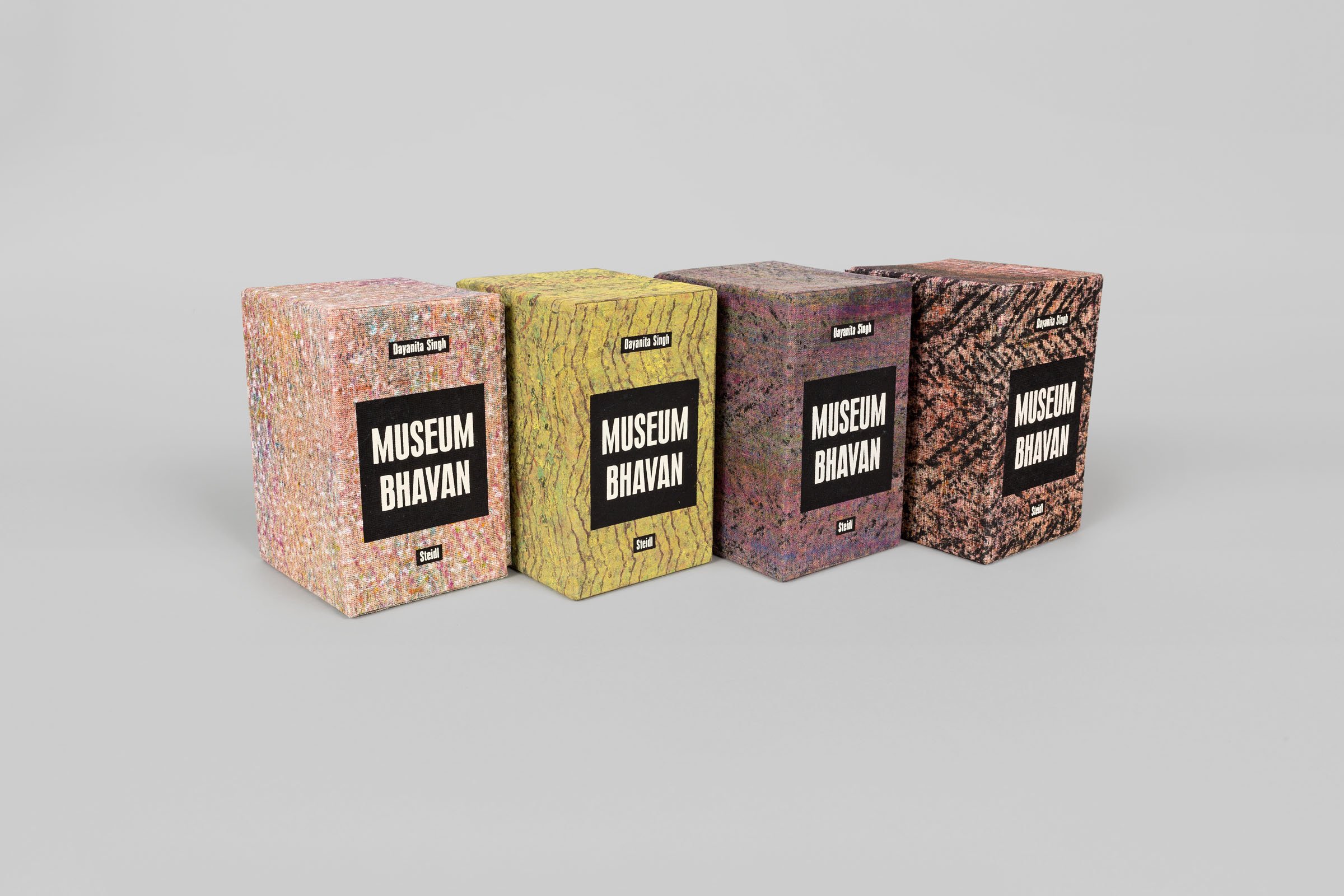
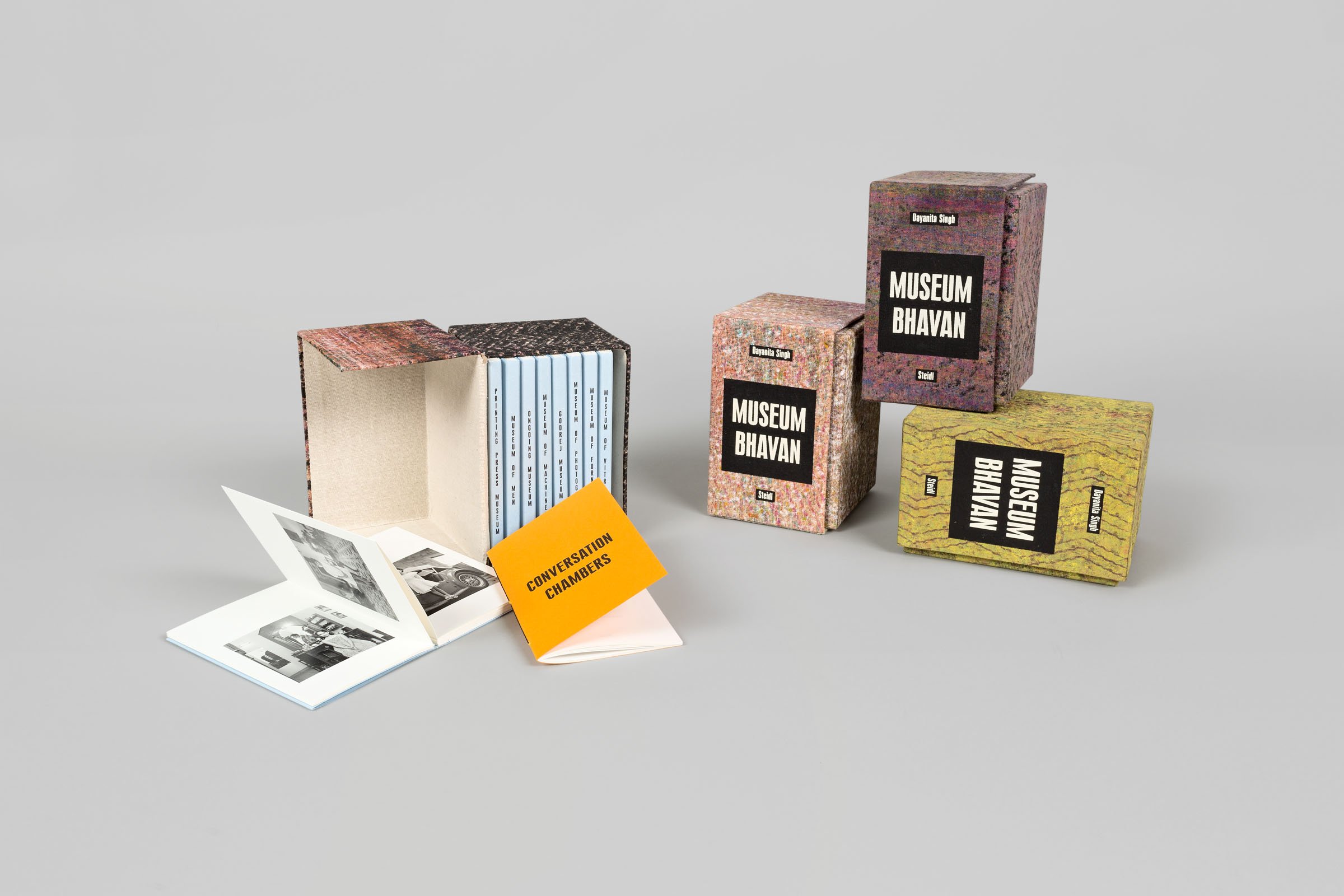

Zanele Muholi: Somnyama Ngonyama, Hail the Dark Lioness
Zanele Muholi: Somnyama Ngonyama, Hail the Dark Lioness is the long-awaited monograph from one of the most powerful visual activists of our time. The book features over ninety of Muholi’s evocative self-portraits, each image drafted from material props in Muholi’s immediate environment. A powerfully arresting collection of work, Muholi’s radical statements of identity, race, and resistance are a direct response to contemporary and historical racisms. As Muholi states, “I am producing this photographic document to encourage individuals in my community to be brave enough to occupy spaces―brave enough to create without fear of being vilified. . . . To teach people about our history, to rethink what history is all about, to reclaim it for ourselves―to encourage people to use artistic tools such as cameras as weapons to fight back.”
With more than twenty written contributions from curators, poets, and authors, alongside luxurious tritone reproductions of Muholi’s images, Zanele Muholi: Somnyama Ngonyama, Hail the Dark Lioness is as much a manifesto of resistance as it is an autobiographical, artistic statement.
Aperture
Hardcover | 10.5 x 14” | 212 pgs
Zanele Muholi: Somnyama Ngonyama, Hail the Dark Lioness is the long-awaited monograph from one of the most powerful visual activists of our time. The book features over ninety of Muholi’s evocative self-portraits, each image drafted from material props in Muholi’s immediate environment. A powerfully arresting collection of work, Muholi’s radical statements of identity, race, and resistance are a direct response to contemporary and historical racisms. As Muholi states, “I am producing this photographic document to encourage individuals in my community to be brave enough to occupy spaces―brave enough to create without fear of being vilified. . . . To teach people about our history, to rethink what history is all about, to reclaim it for ourselves―to encourage people to use artistic tools such as cameras as weapons to fight back.”
With more than twenty written contributions from curators, poets, and authors, alongside luxurious tritone reproductions of Muholi’s images, Zanele Muholi: Somnyama Ngonyama, Hail the Dark Lioness is as much a manifesto of resistance as it is an autobiographical, artistic statement.
Aperture
Hardcover | 10.5 x 14” | 212 pgs

Daido Moriyama: Tales of Tono
Text by Daido Moriyama. Translation by Lena Fritsch. Afterword by Simon Baker.
Throughout his career, Daido Moriyama has produced a huge body of extremely influential photobooks, each demonstrating the variety and complexity of his work, from the blurred and grainy style of his early Provoke-era publications, to his more classic city- and object-based projects. Tales of Tono, appearing here for the first time in English, is one such book. First published in 1976, and taking its name from a collection of Japanese rural folk legends, Tales of Tono is a compact little volume composed of black-and-white photo diptychs and spreads that were shot in the countryside of northern Honshu, Japan. Faithfully reproducing the original edition, this book contains a text by the artist that offers the reader a typically honest and self-effacing account of Moriyama’s thoughts about his practice. More than 30 years since its original Japanese publication, Tales of Tono gives a fantastic insight into one of the world’s most original and provocative photographers. It is published to coincide with a survey of the artist’s work at Tate Modern, London.
D.A.P. | Tate
Paperback | 4.5 x 6.75” | 192 pgs
Text by Daido Moriyama. Translation by Lena Fritsch. Afterword by Simon Baker.
Throughout his career, Daido Moriyama has produced a huge body of extremely influential photobooks, each demonstrating the variety and complexity of his work, from the blurred and grainy style of his early Provoke-era publications, to his more classic city- and object-based projects. Tales of Tono, appearing here for the first time in English, is one such book. First published in 1976, and taking its name from a collection of Japanese rural folk legends, Tales of Tono is a compact little volume composed of black-and-white photo diptychs and spreads that were shot in the countryside of northern Honshu, Japan. Faithfully reproducing the original edition, this book contains a text by the artist that offers the reader a typically honest and self-effacing account of Moriyama’s thoughts about his practice. More than 30 years since its original Japanese publication, Tales of Tono gives a fantastic insight into one of the world’s most original and provocative photographers. It is published to coincide with a survey of the artist’s work at Tate Modern, London.
D.A.P. | Tate
Paperback | 4.5 x 6.75” | 192 pgs

Francesca Woodman (DAP)
Artists who arrive fully formed at a young age always dazzle, and Francesca Woodman was one of the most gifted and dazzling artist prodigies in recent history. In 1972, the 13-year-old Woodman made a black-and-white photograph of herself sitting at the far end of a sofa in her home in Boulder, Colorado. Her face is obscured by her hair, light radiates from an unseen source behind her out at the viewer through her right hand. This photograph typifies much of what would characterize Woodman's work to come: a semi-obscured female form merging with or flailing against a somewhat bare and often dilapidated interior. In an oeuvre of around 800 photographs made in just nine years, Woodman performed her own body against the textures of wallpaper, door frame, baths and couches, radically extending the Surrealist photography of Man Ray, Hans Bellmer and Claude Cahun and creating a mood and language all her own. In the 30 years since her untimely death, Woodman has gained a following among successive generations of artists and photographers, a testament to her work's undeniable immediacy and enduring appeal Amid a renewed intensification of interest in Francesca Woodman, this volume is published for a major touring exhibition of her photographs and films at the San Francisco Museum of Modern Art and the Guggenheim. Containing many previously unpublished photographs, it is the definitive Francesca Woodman monograph.
Hardcover | 9.25 x 10.75” 224 pgs
Artists who arrive fully formed at a young age always dazzle, and Francesca Woodman was one of the most gifted and dazzling artist prodigies in recent history. In 1972, the 13-year-old Woodman made a black-and-white photograph of herself sitting at the far end of a sofa in her home in Boulder, Colorado. Her face is obscured by her hair, light radiates from an unseen source behind her out at the viewer through her right hand. This photograph typifies much of what would characterize Woodman's work to come: a semi-obscured female form merging with or flailing against a somewhat bare and often dilapidated interior. In an oeuvre of around 800 photographs made in just nine years, Woodman performed her own body against the textures of wallpaper, door frame, baths and couches, radically extending the Surrealist photography of Man Ray, Hans Bellmer and Claude Cahun and creating a mood and language all her own. In the 30 years since her untimely death, Woodman has gained a following among successive generations of artists and photographers, a testament to her work's undeniable immediacy and enduring appeal Amid a renewed intensification of interest in Francesca Woodman, this volume is published for a major touring exhibition of her photographs and films at the San Francisco Museum of Modern Art and the Guggenheim. Containing many previously unpublished photographs, it is the definitive Francesca Woodman monograph.
Hardcover | 9.25 x 10.75” 224 pgs





VAGINAL DAVIS
MAGNIFICENT PRODUCT
At Artbook stores in conjunction with the major exhibition of Davis’s work at MoMA PS1 (Oct 9 – Mar 2)
WELCOME TO THE WONDROUS WORLD OF VAGINAL DAVIS: VISUAL ARTIST, PUNK ROCKER, "DRAG TERRORIST" AND GENDERQUEER ICON
In Vaginal Davis' pioneering and incredibly diverse oeuvre, punk meets glamour, queer activism meets racial justice and resistance meets joy. An icon of contemporary queer history, Vaginal Davis has made scenes for a living: through personas as diverse and outrageous as Rayvn Cymone McFarlane or John Dean Egg III, and as a part of bands including Cholita! The Female Menudo and the Afro Sisters. Since then, she has achieved cult status as a self-proclaimed "sexual repulsive" and a "drag terrorist"--shattering notions of mainstream conformity and the sanitization of Black, queer and Chicano cultures for appropriation by white audiences.
An uproarious celebration of Davis' work and cultural legacy, this bilingual English/Swedish catalog is Z-bound (English on one side, Swedish on the other) and takes readers on a whirlwind tour across the artist's protean output spanning music, performance, installations, lectures and visual art: from her early punk shows to her recent "fantasy library" imagined as a teenager's bedroom. A final section, "Dear Ms. Davis," includes heartfelt tributes to the artist from fellow "colleagues, concubines and conconspirators."
VAGINAL DAVIS was born intersex in Los Angeles to parents of Black Creole, Mexican, Jewish and German descent. Naming herself after radical Black feminist Angela Davis, she emerged in the queer punk scenes of Bushwick and Los Angeles in the 1980s before moving to Berlin in the early 2000s.
Published in association with Moderna Museet, Stockholm | Walther Konig Verlag, 2025 | 312 pages | Paperback | $45.00
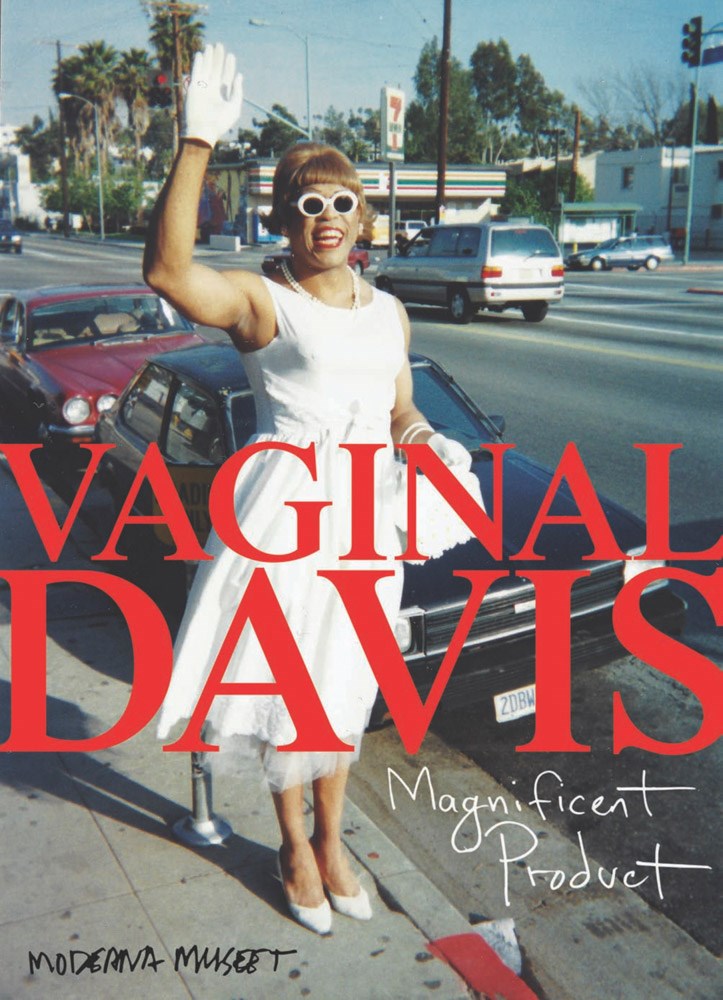
Vaginal Davis
On Dangerous Ground
At Artbook stores in conjunction with the major exhibition of Davis’s work at MoMA PS1 (Oct 9 – Mar 2)
The artist Vaginal Davis certainly moves on dangerous ground with her transgressive shuffling of gender and genre boundaries. The self-described “sexual repulsive” co-founded several art/punk bands in her expansive 40-year-plus career, namely Afro Sisters, ¡Cholita!, Pedro, Muriel & Esther (PME), black fag and Tenderloin. As a writer and “Whoracle et Delphi”, Ms. Davis turns her quirky hairy eyeball to the collective practice of making music in the saucy underground scenes of Los Angeles and Berlin. In their contributions, longtime comrades and collaborators Bibbe Hansen (artist and Warhol Silver Factory habitué) and Felix Knoke (guest performer for The Hidden Cameras and band member of Tenderloin) rave about joint performances and rehearsals, divulging sacred secrets and rifts. Bruce “Judy” LaBruce, Glen Meadmore and Lisa “Suckdog” Carver make surprise guest appearances, along with images from live performance spectacles The White to Be Angry, Trust Fund, Interracial Dating Game, We’re Taking Over, Afro De Sade and Camp/Anti-Camp: A Queer Guide to Everyday Life.
Bierke, 2025 | Paperback | 128 pgs | 6 x 5 in | $12.00
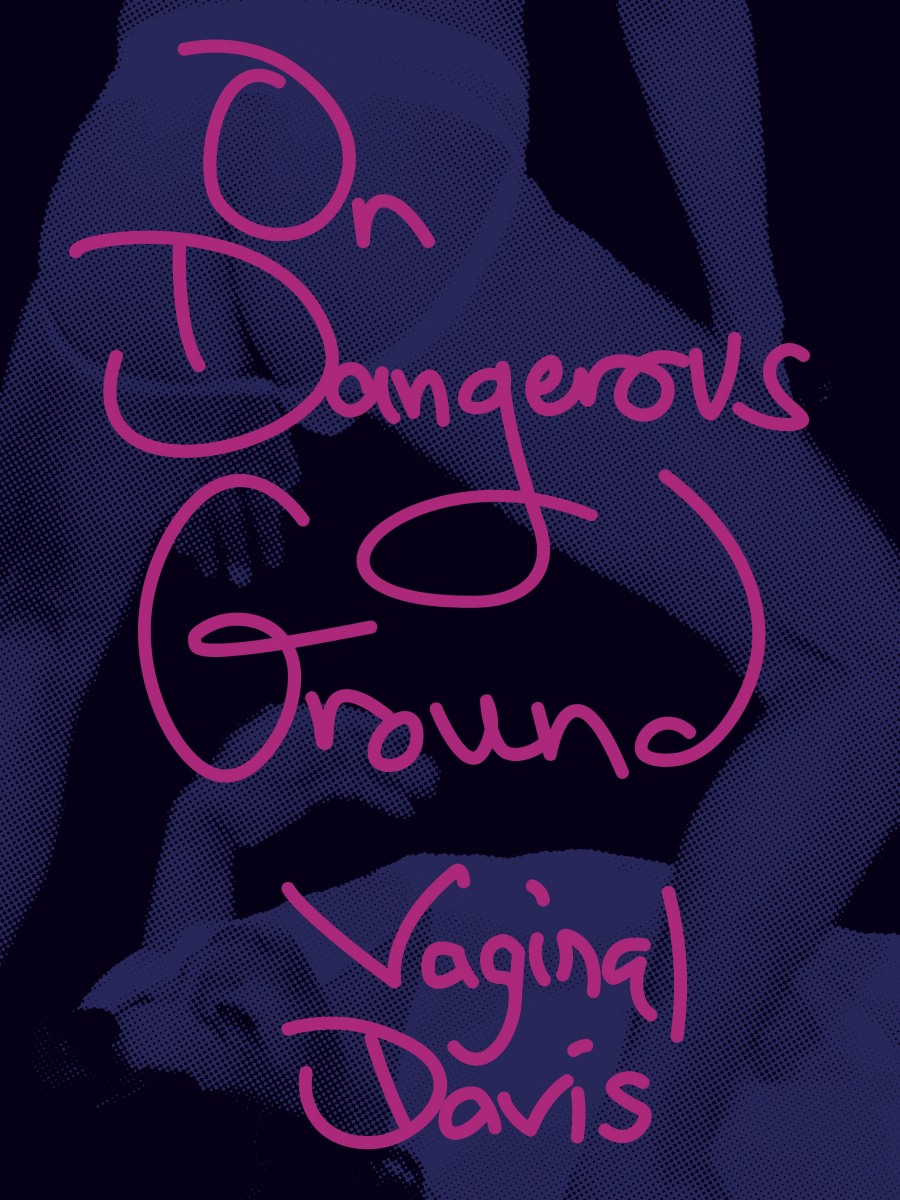
The Gatherers
Edited with text by Ruba Katrib. Foreword by Connie Butler.
Contributions by Kristy Bell, Amber Esseiva, Anette Freudenberger, Sheldon Gooch, Summer Guthery, Estelle Hoy, Quinn Latimer, Laura McLean-Ferris, Camila Palomino, Filipa Ramos, Nadim Samman, Fabian Schöneich, Jeppe Ugelvig. Designed by Alec Mapes-Frances.In a time of unfettered waste, global artists contend with excess and its effects.
Accompanying the major exhibition at MoMA PS1, The Gatherers brings together original texts on issues relating to waste, accumulation and excess. In a time when social and political lives are shaped by the glut of garbage and information, the exhibition draws methodological parallels between 14 artists across four continents. This compendium features full-color illustrations of their artworks, which span sculptural installation, assemblage, painting, video and performance. In a longform essay, Ruba Katrib contextualizes their practices within the promises and failures of neoliberalism, the shifting constructions of East and West and the explosion of new technologies. Additionally, the catalog situates their practices within larger art historical trends, from Greek asàrotos òikos and Dutch still lifes, to 20th-century Surrealism and postwar assemblage. With newly commissioned texts on each of the participating artists by leading curators, theorists and writers from across the globe, the catalog offers incisive critical writing on issues in contemporary art and the 21st century.
Artists include: Karimah Ashadu, Tolia Astakhishvili, Miho Dohi, Andro Eradze, He Xiangyu, Samuel Hindolo, Geumhyung Jeong, Klara Liden, Jean Katambayi Mukendi, Nick Relph, Selma Selman, Ser Serpas, Emilija Škarnulyt.
MoMA PS1, 2025 | 6.5 x 9.25 in | 144 pages | 60 color | Hardcover

Sohrab Hura: The Levee
SIGNED by Sohrab Hura
UNSIGNED
Ugly Dog, 2020 | English | 6.5x8.5 inches | Edition of 600 copies published in conjunction with Hura's exhibition at the Cincinnati Art Museum.
Sohrab Hura on The Levee: Be careful, my father had written to me, It’s supposed to be unsafe out there, words interspersed with photographs from the cargo ship that he was working on as he made his way up the Mississippi river to the port right outside New Orleans. The immigration rules did not allow him to step on American soil and he had no choice but to remain on his ship. His short-lived glimpse of the country had remained only within those raised embankments on either side of the river. The America that lay on the other side was something he could only make sense of through a trickle of news and opinions that he had been heard from a distance. Guns, Violence, Racism, Trump, A certain loss of Tenderness…
A couple of months later in 2016 I made the journey on road down the delta from the confluence of Ohio and Mississippi rivers outside Cairo (Illinois), to Pilot Town, off Highway 23 that went further down from New Orleans. It was near here that the river opened into the sea and was the entry point into this part of the country for all ships including my father’s.
As it had been for sailors searching for land, birds now became my guides as I looked for the beginnings of water, leading me through the blues of the wetness of the land. The America I found on the way was not quite the same as the one that my father had imagined. Just as it had been with my father, there was always a levee between the river and me as well. My father had been on water but had not been able to touch land. I was on land but had barely been able to touch water. Together we got a glimpse of the delta from our own sides of the levee.
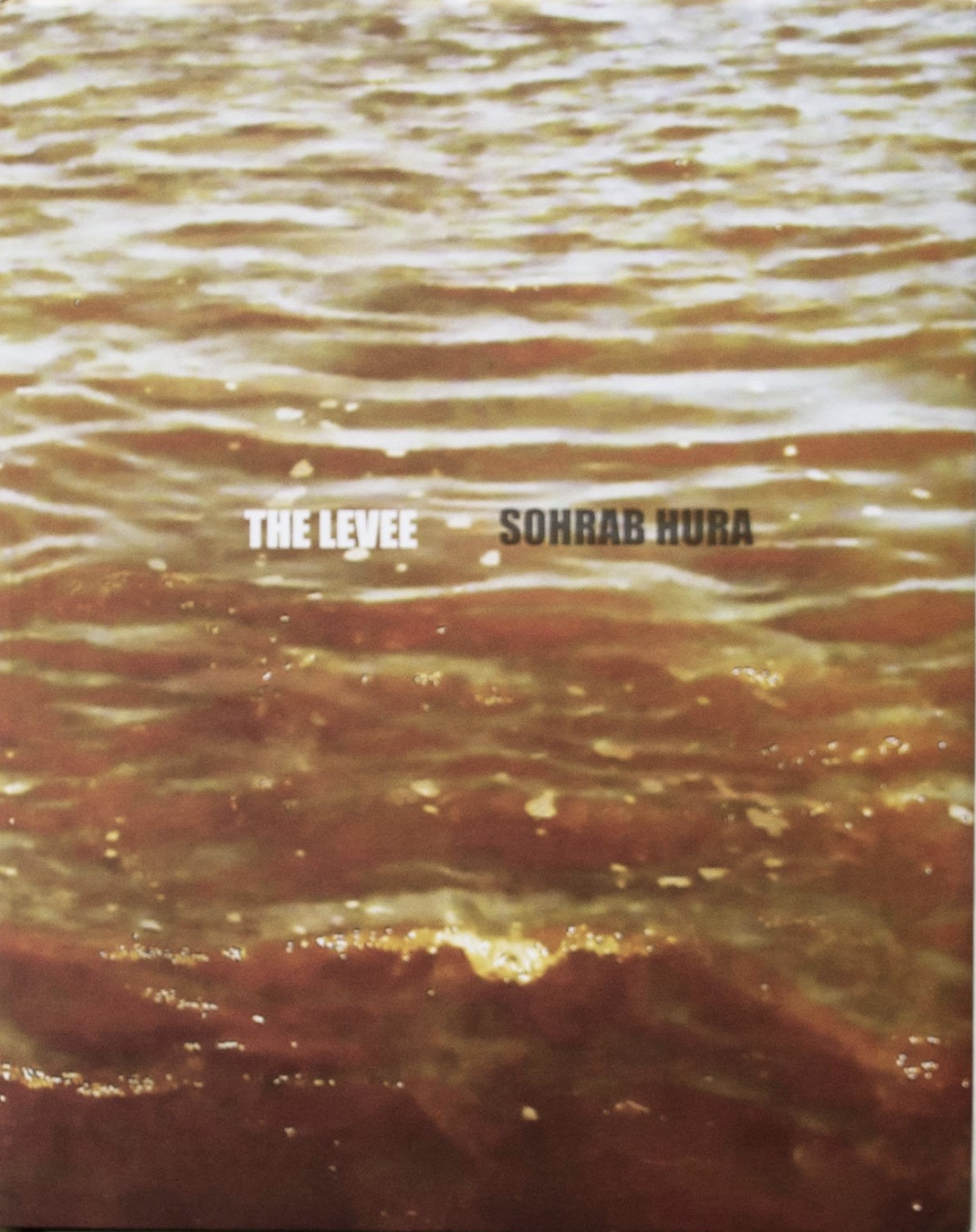

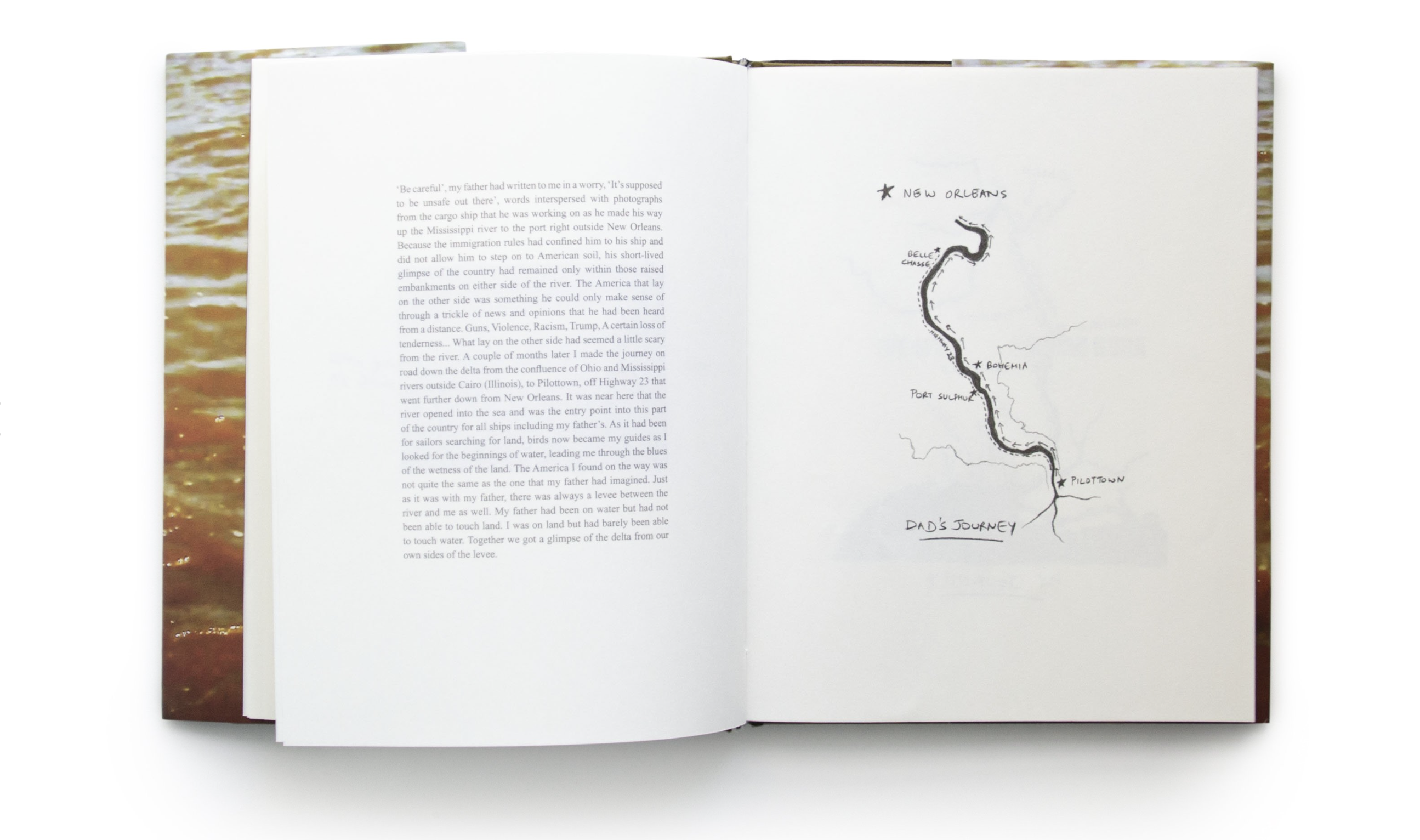
Ralph Lemon: Ceremonies Out of the Air
Published on the occasion of the first US museum exhibition of work by Philadelphia and Brooklyn–based artist, dancer and choreographer Ralph Lemon (November 14, 2024–March 24, 2025), the publication includes more than 60 works across media, including major ensemble performances, emerging in the afterlife of postmodern dance.
Texts by exhibition curators Connie Butler and Thomas Lax are accompanied by essays and contributions by Kevin Beasley, Adrienne Edwards, Darrell Jones, Ralph Lemon, Okwui Okpokwasili, Kevin Quashie and Kari Rittenbach.
MoMA PS1, 2024
Paperback featuring a dust jacket that unfolds into a poster | 6.75 x 9.5 in. | 168 pgs | 80 color

Heidi Howard:
Colors Make Us Do Vibrant Deeds!
Author(s): Brenda Coultas; Gaby Collins-Fernandez; Amy Giovanna Rinaldi; Heidi Howard; Natasha Marie Llorens; Veronika Sheer | Design: M.H. Orfanos.
"Heidi's practice, like this book... gives us paintings "in the expanded field" of our lives, relationships, books, clothes, favorite colors. ...We are always moving, and Heidi is painting the move and the pause."
- Gaby Collins-Fernandez
Colors Make Us Do Vibrant Deeds! by Queens-based artist Heidi Howard showcases the artist’s paintings, interspersed with photographs of the studio, landscapes, times spent with friends and family in the studio and outside of it, screenshots of social media activity, and other pieces of the artist’s life. Through painting, and now this limited edition book, Howard explores the intimacies of friendship as a core theme. For the editions available at Artbook @ MoMA PS1, Howard has specially wrapped each edition in dyed fabric remnants from their studio.
PHŒBE PRESS, 2024
Sewn bound softcover (with thread) 424 pages
Nostalgia
Third Edition
by David Horvitz
This project is about erasure; memory, forgetting, data, archives, etcetera. The book ‘Nostalgia’ contains 300 image descriptions of deleted photographs taken on various digital cameras since the early 2000s and stored on computers, hard drives, and memory cards. Their diverse subjects range from personal moments, to visual note-taking as a mnemonic device, to photos used in artworks. This artists’ book questions tendencies to produce new images and instead moves in the opposite direction by deleting them and creating texts that produce images in the readers mind.
Edition Taube, Gato Negro, 2022, 304 p., 23 x 17 cm., Paperback | $30
Third Edition
by David Horvitz
This project is about erasure; memory, forgetting, data, archives, etcetera. The book ‘Nostalgia’ contains 300 image descriptions of deleted photographs taken on various digital cameras since the early 2000s and stored on computers, hard drives, and memory cards. Their diverse subjects range from personal moments, to visual note-taking as a mnemonic device, to photos used in artworks. This artists’ book questions tendencies to produce new images and instead moves in the opposite direction by deleting them and creating texts that produce images in the readers mind.
Edition Taube, Gato Negro, 2022, 304 p., 23 x 17 cm., Paperback | $30

(nostalgia)
First Edition
by David Horvitz
(Nostalgia) is a catalog of deleted photographs by David Horvitz.
Each page is labeled with a photo’s filename and date and a short description of what the photograph depicted. There’s great pathos in the simplicity of these descriptions. As Horvitz says, this is a world “over-inundated and amassed with photographs (mostly digital) and with eroded attention spans.” (nostalgia), then, becomes a way to mark the emotional content of this endless stream of photographs.
Edition Taube co-published with Gato Negro, 2019 | 124 p. | 23 x 17 cm. | Paperback
First Edition
by David Horvitz
(Nostalgia) is a catalog of deleted photographs by David Horvitz.
Each page is labeled with a photo’s filename and date and a short description of what the photograph depicted. There’s great pathos in the simplicity of these descriptions. As Horvitz says, this is a world “over-inundated and amassed with photographs (mostly digital) and with eroded attention spans.” (nostalgia), then, becomes a way to mark the emotional content of this endless stream of photographs.
Edition Taube co-published with Gato Negro, 2019 | 124 p. | 23 x 17 cm. | Paperback

For Ruth, the sky in los angeles
by Ruth Wolf-Rehfeldt and
David Horvitz
Signed by David Horvitz
An intimate, cross-generational conversation through mail art. American multimedia artist David Horvitz (born 1982) visited visual poet and mail artist Ruth Wolf-Rehfeldt (born 1932) in her native Germany while conducting research in 2014. There, Horvitz discovered her archives of “typewritings,” graphic works that Wolf-Rehfeldt had used for mail art and sent across the globe from her studio in East Berlin in the 1970s. Later, Horvitz invited Wolf-Rehfeldt to use a disposable camera to record images of her house and garden and, in return, he photographed his studio in Los Angeles. These snapshots and dialogues are presented along with Horvitz’s text-based watercolors—such as For Ruth, the sky in los angeles and For Ruth, the wind to you, which were original sent as mail art. Together they constitute a delightful dialogue.
Spector Books, 2022 | Paperback, 9 x 6.25 in. / 112 pgs / 50 color. | $35.00
by Ruth Wolf-Rehfeldt and
David Horvitz
Signed by David Horvitz
An intimate, cross-generational conversation through mail art. American multimedia artist David Horvitz (born 1982) visited visual poet and mail artist Ruth Wolf-Rehfeldt (born 1932) in her native Germany while conducting research in 2014. There, Horvitz discovered her archives of “typewritings,” graphic works that Wolf-Rehfeldt had used for mail art and sent across the globe from her studio in East Berlin in the 1970s. Later, Horvitz invited Wolf-Rehfeldt to use a disposable camera to record images of her house and garden and, in return, he photographed his studio in Los Angeles. These snapshots and dialogues are presented along with Horvitz’s text-based watercolors—such as For Ruth, the sky in los angeles and For Ruth, the wind to you, which were original sent as mail art. Together they constitute a delightful dialogue.
Spector Books, 2022 | Paperback, 9 x 6.25 in. / 112 pgs / 50 color. | $35.00

How to shoplift books
David Horvitz
How to shoplift books by David Horvitz is a guide on how to steal books. It details 80 ways in which one can steal a book, from the very practical, to the witty, imaginative, and romantic. This textbook is readable, but also shamelessly draws attention to its existence as an object, a conversation starter, a thing that can be acquired by fair means or foul. This is a book that turns a point of sale display into an intellectual and ethical adventure. A comprehensive guide to stealing books with its price printed on the cover, clearly visible, provokes the visitor of a bookshop to become aware of the unconscious decisions, pre-empted by others, that we make every day. The poetic, funny and paradoxical texts also bring to light some structural elements of the mechanics of bookselling and our relation to the exchange of goods. It inserts friction into the conditioned behaviour we display when we are moving through commercial spaces. All advertising tells us to buy things, we rarely come across a message encouraging us to steal – especially not one with the authority that print still carries.
Edition Taube, 2019, Softcover | 84 pages
David Horvitz
How to shoplift books by David Horvitz is a guide on how to steal books. It details 80 ways in which one can steal a book, from the very practical, to the witty, imaginative, and romantic. This textbook is readable, but also shamelessly draws attention to its existence as an object, a conversation starter, a thing that can be acquired by fair means or foul. This is a book that turns a point of sale display into an intellectual and ethical adventure. A comprehensive guide to stealing books with its price printed on the cover, clearly visible, provokes the visitor of a bookshop to become aware of the unconscious decisions, pre-empted by others, that we make every day. The poetic, funny and paradoxical texts also bring to light some structural elements of the mechanics of bookselling and our relation to the exchange of goods. It inserts friction into the conditioned behaviour we display when we are moving through commercial spaces. All advertising tells us to buy things, we rarely come across a message encouraging us to steal – especially not one with the authority that print still carries.
Edition Taube, 2019, Softcover | 84 pages

Sophie Calle Because
A stunning artist’s book containing loose photographs hidden between pages of text that tell the story of each image
Words have always been central to the practice of French artist Sophie Calle (born 1953), who is known for her photographic work that often includes panels of text of her own writing. In this project, Calle conceives of the internal thought processes behind her art-making as stories to be told. It is with these stories—alongside the external stories of the moments preceding a click of a camera shutter—that Calle opens Because. The volume chronicles her reasons behind capturing particular moments in time, but the corresponding photos themselves are revealed only later, hidden in the interstices of the Japanese binding. In this process, Calle reverses the relationship of natural primacy between an image and the words that accompany it, instead calling our attention to the influence that the latter may have on our perception of a photograph.
The new revised edition of this classic artist’s book contains 39 loose photographs inserted between the pages, alongside text and other imagery by Calle. A beautiful object in its own right, it features Japanese binding and an iridescent orange cloth cover.
Atelier Exb, 2024 | Hardcover | 6.75 x 9.5 in. | 168 pgs | 39 color.
| 9782365114097

Sophie Calle:
The Sleepers
Calle’s seminal 1979 series of people sleeping in her bed: now in English
In one of Sophie Calle’s first artistic experiments, she invited friends, acquaintances and strangers to sleep in her bed. Twenty-seven people agreed, among them a baker, a babysitter, an actor, a journalist, a seamstress, a trumpet player and three painters. Calle photographed them awake and asleep, secretly recording any private conversations once the door closed. She served each a meal, and, if they agreed, she subjected them to a questionnaire that probed their personal predilections, habits and dreams as well as their interpretations of the act of sleeping in her bed: a curiosity, a game, an artwork, or—as Calle intended it—a job. The result, comprising her first exhibition in 1979, was a grid of 198 photographs and short texts.
Unlike the original installation, this artist’s book version of The Sleepers contains not only all the photographs and captions but also her engrossing, novellalike narrative, untranslated until now. From the single, liminal mise-en-scène of her bedroom, Calle reports in text and photos, as if in real time, as sleepers arrive, talk, sleep, eat and leave. Their acute and sometimes startling, sometimes endearing particularities merge into something almost like an eight-day-long dream. Many seeds of Calle’s subsequent works are embedded in The Sleepers: her exacting and transgressive methods of investigation, her cultivation of intimacy and remove, and her unrelenting curiosity. In this work, as she observes the sleepers, they observe her too—with reciprocal candor. The Sleepers, clothbound and pillow-like, unfolds as it opens, inviting the reader to join the others in Calle’s bed.
Siglio, 2024 | Clth, 6 x 8 in. | 304 pgs | 176 bw. | 9781938221347
$48.00

Sophie Calle: Suite Venitienne
Calle’s first artist’s book documents her pursuit of one man through the streets of Venice
After following strangers on the streets in Paris for months, photographing them and notating their movements, Sophie Calle ran into a man at an opening whom she had followed earlier that day. "During the course of our conversation, he told me he was planning an imminent trip to Venice. I decided to follow him," she writes at the beginning of Suite Vénitienne, her first artist's book and the crucible of her inimitable fusion of investigatory methods, fictional constructs, the plundering of real life and the composition of self. Over the course of almost two weeks in Venice, Calle notates, in time-stamped entries, her surveillance of Henri B., as well as her own emotions as she seeks, finds and follows him through the labyrinthine streets of Venice.
Her investigation is both methodical (calling every hotel, visiting the police station) and arbitrary (sometimes following a stranger—a flower delivery boy, for instance—hoping someone might lead her to him). This Siglio reissue is a completely new iteration of Suite Vénitienne (first published in 1988 and long out of print), designed in collaboration with Calle to be the definitive English-language edition. Printed on Japanese paper with a die-cut cover and gilded edges, this beautiful new Siglio edition allows readers to devour this crucial and compelling work.
Siglio, 2015 | Hardcover | 96 pages | 5.5 x 8 in | 4 color | 56 bw. |
| 9781938221095 |

Sophie Calle:
The Hotel
In 1981 Sophie Calle took a job as a chambermaid for the Hotel C in Venice, Italy. Stashing her camera and tape recorder in her mop bucket, she not only cleans and tidies, but sorts through the evidence of the hotel guests' lives. Assigned 12 rooms on the fourth floor, she surveys the state of the guests' bedding, their books, newspapers and postcards, perfumes and cologne, traveling clothes and costumes for Carnival. She methodically photographs the contents of closets and suitcases, examining the detritus in the rubbish bin and the toiletries arranged on the washbasin. She discovers their birth dates and blood types, diary entries, letters from and photographs of lovers and family. She eavesdrops on arguments and love-making. She retrieves a pair of shoes from the wastebasket and takes two chocolates from a neglected box of sweets, while leaving behind stashes of money, pills and jewelry. Her thievery is the eye of the camera, observing the details that were not meant for her, or us, to see.
The Hotel now manifests as a book for the first time in English (it was previously included in the book Double Game). Collaborating with the artist on a new design that features enhanced and larger photographs, and pays specific attention to the beauty of the book as an object, Siglio is releasing its third book authored by Calle, after The Address Book (2012) and Suite Vénitienne (2015).
Siglio, 2021 | Clth | 6 x 8 in. | 224 pgs | 12 color | 180 bw.
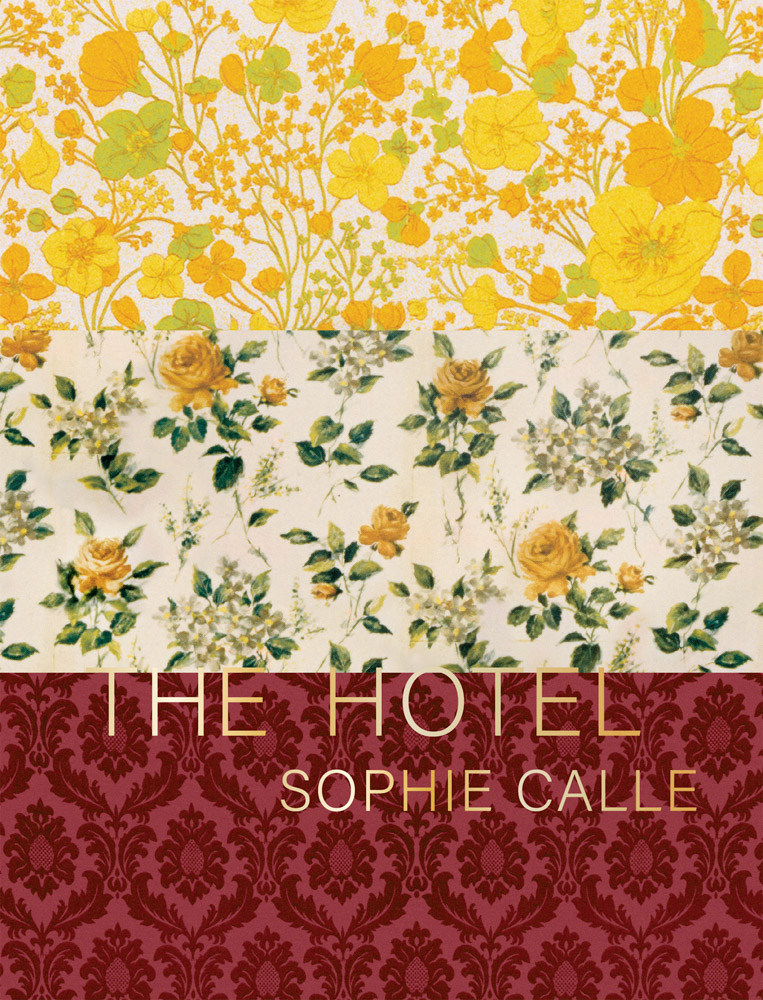
Tim Davis
I’m Looking Through You
Photographs by Tim Davis.
Text by Tim Davis.
SIGNED BY TIM DAVIS IN-STORE AT ARTBOOK @ HAUSER & WIRTH LA!
I’m Looking Through You is an expansive visual poem celebrating the glamorous surface of Los Angeles and its reach.
Animating Tim Davis's wry observations and the mesmerizing, color-pop geometry of his images is the photographer and writer’s decades long, gimlet-eyed meditation on making pictures. As Davis states, “The camera is a machine that sees only surfaces. The world casts its spell, and the camera gobbles up its glamour, uncritically, with pure certainty, assuming there is nothing underneath.” Davis’s keenly observational images, interspersed with a selection of his writings on the medium—the joys and pitfalls of camera seeing—solidify I’m Looking Through You as an unabashed celebration of photography.
Aperture
Hardcover | 6.5 x 9”|
256 pgs







Taryn Simon. The Color of a Flea’s Eye
Taryn Simon’s The Color of a Flea’s Eye presents a history of the New York Public Library’s Picture Collection—a legendary trove of more than one million prints, photographs, postcards, posters and images from disused books and periodicals. Since its inception in 1915, the Picture Collection has been a vital resource for writers, historians, artists, filmmakers, fashion designers and advertising agencies.
In her work The Picture Collection (2012-20), Simon (born 1975) highlighted the impulse to organize visual information, and pointed to the invisible hands behind seemingly neutral systems of image gathering. Each of Simon’s photographs is made up of an array of images selected from a given subject folder, such as Chiaroscuro, Handshaking, Haircombing, Express Highways, Financial Panics, Israel, and Beards and Mustaches. In artfully overlapped compositions, only slices of the individual images are visible, each fragment suggesting its whole. Simon sees this extensive archive of images as the precursor to internet search engines. Such an unlikely futurity in the past is at the core of the Picture Collection. The digital is foreshadowed in the analogue, at the same time that history—its classifications, its contents—seems the stuff of projection.expansive conversation with the filmmaker Arthur Jafa.
Produced in direct collaboration with the artist, the book contains 57 individually hand tipped-in plates, numerous gatefolds and a variety of unique papers, as well as essays by Joshua Chuang, head of The New York Public Library’s Wallach Division of Art, Prints and Photographs, and Tim Griffin, executive director and chief curator at The Kitchen.
Cahiers D’Art, 2020 | Hardcover, 10 x 13.25 in. / 460 pgs / 57 color / 442 bw.
Taryn Simon’s The Color of a Flea’s Eye presents a history of the New York Public Library’s Picture Collection—a legendary trove of more than one million prints, photographs, postcards, posters and images from disused books and periodicals. Since its inception in 1915, the Picture Collection has been a vital resource for writers, historians, artists, filmmakers, fashion designers and advertising agencies.
In her work The Picture Collection (2012-20), Simon (born 1975) highlighted the impulse to organize visual information, and pointed to the invisible hands behind seemingly neutral systems of image gathering. Each of Simon’s photographs is made up of an array of images selected from a given subject folder, such as Chiaroscuro, Handshaking, Haircombing, Express Highways, Financial Panics, Israel, and Beards and Mustaches. In artfully overlapped compositions, only slices of the individual images are visible, each fragment suggesting its whole. Simon sees this extensive archive of images as the precursor to internet search engines. Such an unlikely futurity in the past is at the core of the Picture Collection. The digital is foreshadowed in the analogue, at the same time that history—its classifications, its contents—seems the stuff of projection.expansive conversation with the filmmaker Arthur Jafa.
Produced in direct collaboration with the artist, the book contains 57 individually hand tipped-in plates, numerous gatefolds and a variety of unique papers, as well as essays by Joshua Chuang, head of The New York Public Library’s Wallach Division of Art, Prints and Photographs, and Tim Griffin, executive director and chief curator at The Kitchen.
Cahiers D’Art, 2020 | Hardcover, 10 x 13.25 in. / 460 pgs / 57 color / 442 bw.

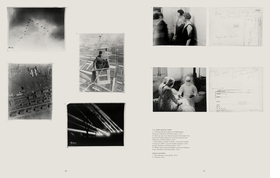
Taryn Simon. A Living Man Declared Dead and Other Chapters
SIGNED BY TARYN SIMON
A significant and extensive book on a major new body of work by the American artist Taryn Simon. Taryn Simon: A Living Man Declared Dead and Other Chapters, I-XVIII was produced over a four-year period (2008-2011), during which Simon travelled the world researching and recording bloodlines and their related stories. In each of the eighteen "chapters" that make up the work, the external forces of territory, power, circumstance, or religion collide with the internal forces of psychological and physical inheritance. Her subjects feuding families in Brazil, victims of genocide in Bosnia, the first woman to hijack an aircraft, and the living dead in India. Her collection is at once cohesive and arbitrary, mapping the relationships among chance, blood, and other components of fate. This volume accompanies the exhibitions at Tate Modern, London (May 2011), Neue Nationalgalerie, Berlin (September 2011), and the Museum of Modern Art, New York (May-September 2012).
MACK, 2011 | Hardcover
SIGNED BY TARYN SIMON
A significant and extensive book on a major new body of work by the American artist Taryn Simon. Taryn Simon: A Living Man Declared Dead and Other Chapters, I-XVIII was produced over a four-year period (2008-2011), during which Simon travelled the world researching and recording bloodlines and their related stories. In each of the eighteen "chapters" that make up the work, the external forces of territory, power, circumstance, or religion collide with the internal forces of psychological and physical inheritance. Her subjects feuding families in Brazil, victims of genocide in Bosnia, the first woman to hijack an aircraft, and the living dead in India. Her collection is at once cohesive and arbitrary, mapping the relationships among chance, blood, and other components of fate. This volume accompanies the exhibitions at Tate Modern, London (May 2011), Neue Nationalgalerie, Berlin (September 2011), and the Museum of Modern Art, New York (May-September 2012).
MACK, 2011 | Hardcover

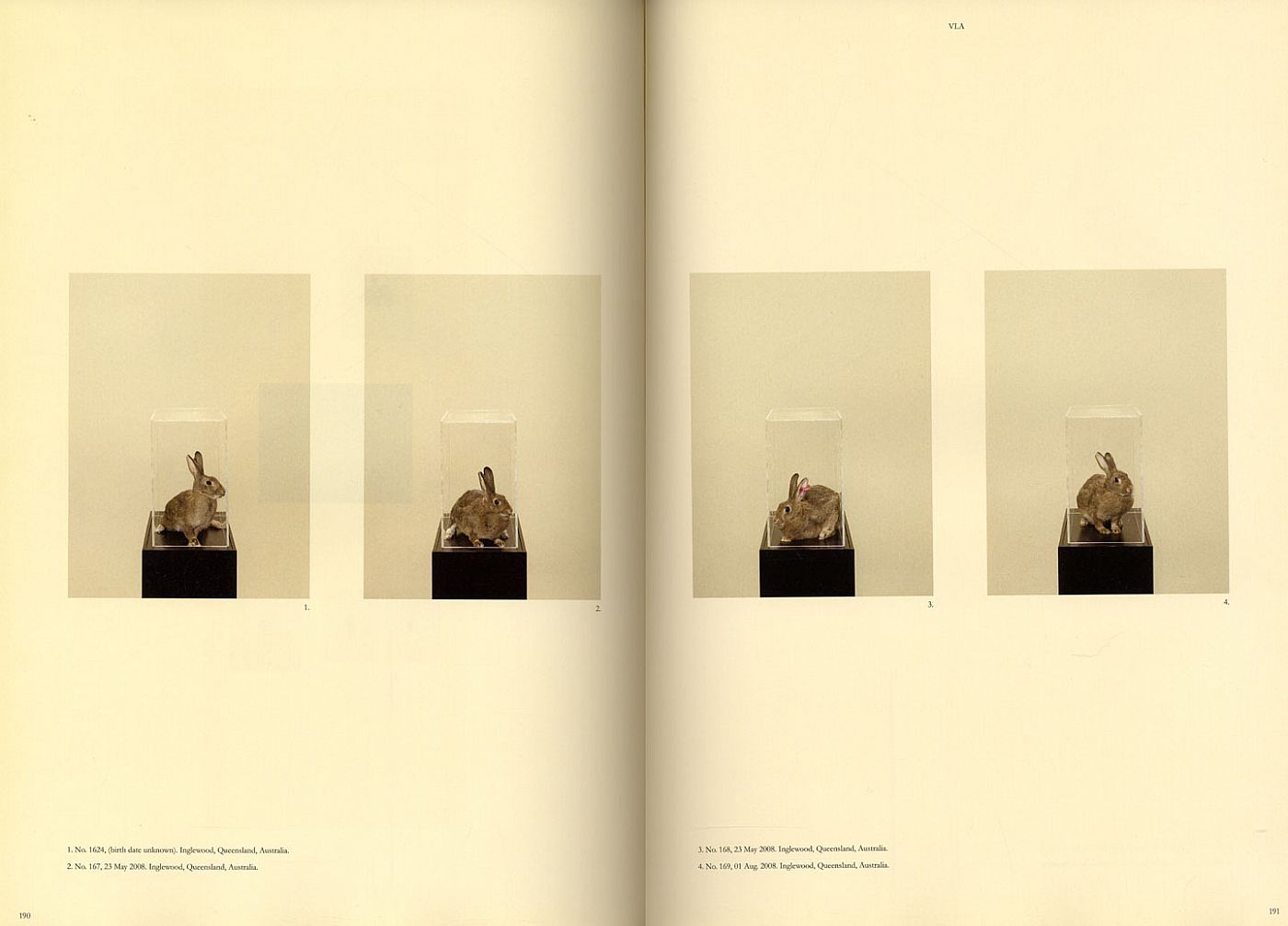

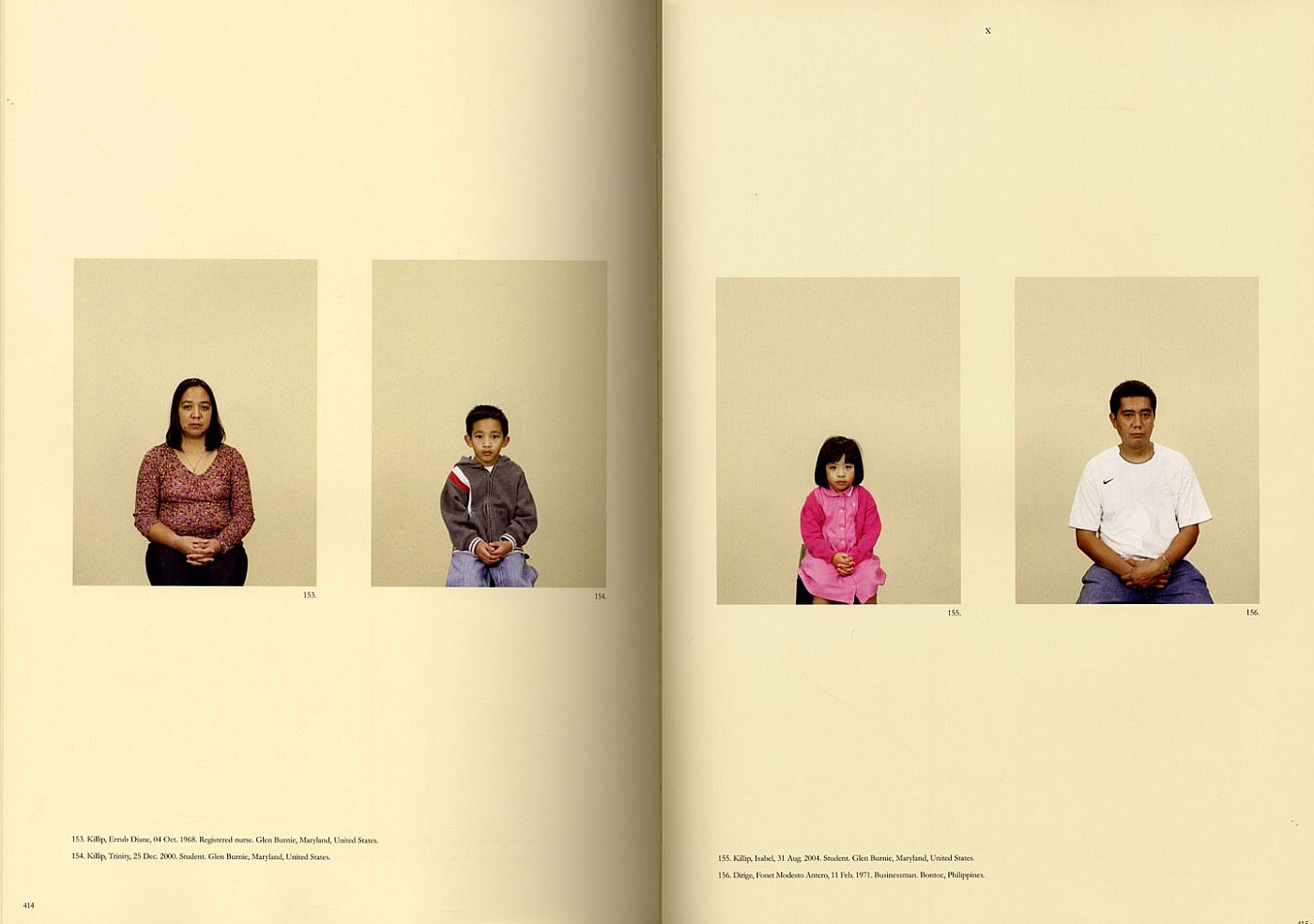
Taryn Simon: Field Guide to Birds of the West Indies
In 1936 an American ornithologist named James Bond published the definitive taxonomy Birds of the West Indies. Ian Fleming, an active bird-watcher living in Jamaica, appropriated the name for his novel’s lead character. He found it "flat and colourless," a fitting choice for a character intended to be "anonymous ... a blunt instrument in the hands of the government." In Field Guide to Birds of the West Indies, Taryn Simon casts herself as James Bond (1900–89) the ornithologist, and identifies, photographs and classifies all the birds that appear within the 24 films of the James Bond franchise. The appearance of many of the birds was unplanned and virtually undetected, operating as background noise for whatever set they happened to fly into. Simon’s ornithological discoveries occupy a liminal space—confined within the fiction of the James Bond universe and yet wholly separate from it. This taxonomy of 331 birds is a precise consideration of a new nature found in an alternate reality.
Hatje Cantz, 2016 | Hardcover, 7.5 x 11.5 in. / 608 pgs / 367 color.
In 1936 an American ornithologist named James Bond published the definitive taxonomy Birds of the West Indies. Ian Fleming, an active bird-watcher living in Jamaica, appropriated the name for his novel’s lead character. He found it "flat and colourless," a fitting choice for a character intended to be "anonymous ... a blunt instrument in the hands of the government." In Field Guide to Birds of the West Indies, Taryn Simon casts herself as James Bond (1900–89) the ornithologist, and identifies, photographs and classifies all the birds that appear within the 24 films of the James Bond franchise. The appearance of many of the birds was unplanned and virtually undetected, operating as background noise for whatever set they happened to fly into. Simon’s ornithological discoveries occupy a liminal space—confined within the fiction of the James Bond universe and yet wholly separate from it. This taxonomy of 331 birds is a precise consideration of a new nature found in an alternate reality.
Hatje Cantz, 2016 | Hardcover, 7.5 x 11.5 in. / 608 pgs / 367 color.
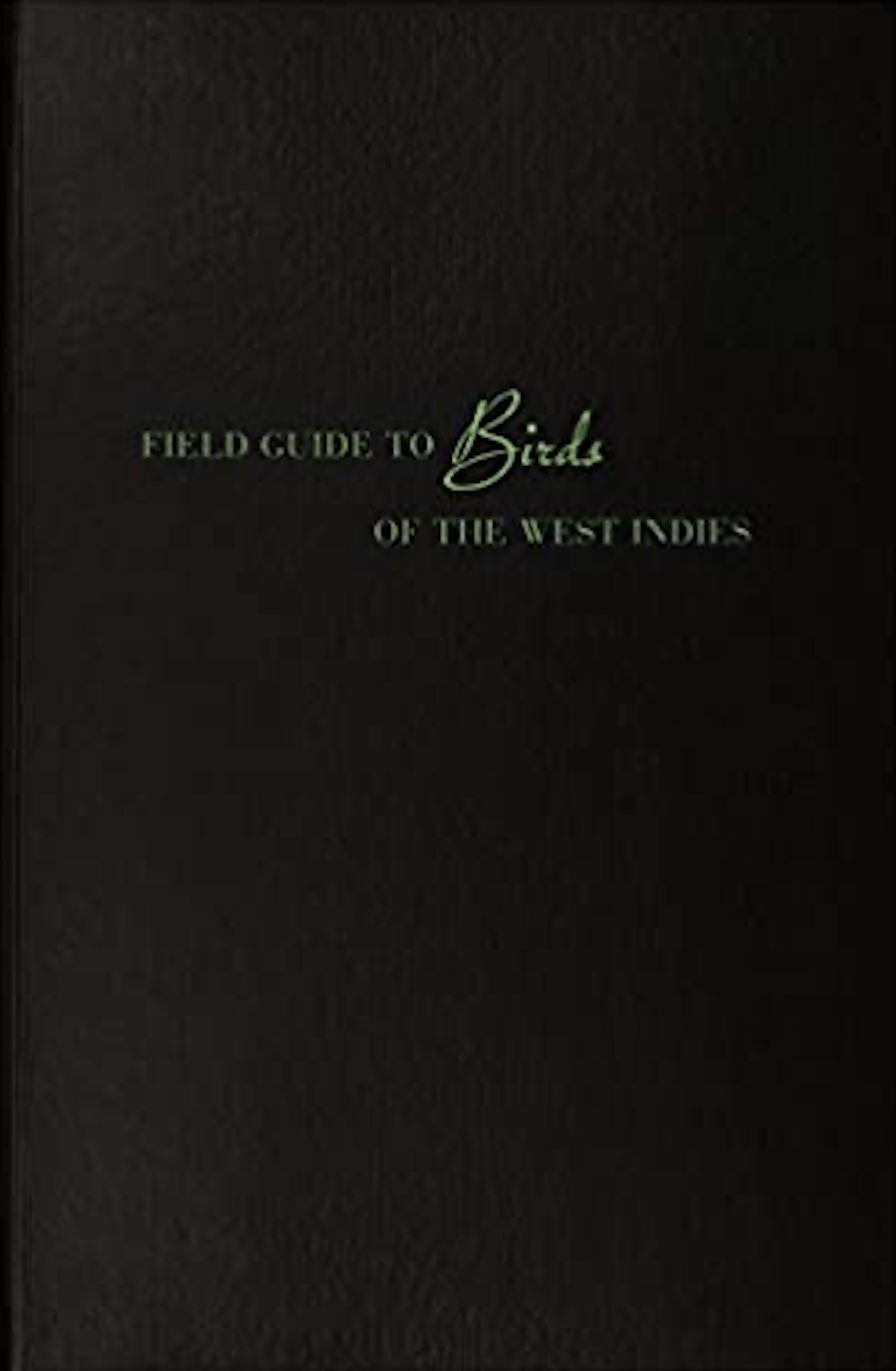
Taryn Simon. Contraband
This publication reissues a much sought-after photobook. Taryn Simon is an American artist whose works combine photography, text and graphic design. Her practice involves extensive research, in projects guided by an interest in systems of categorization and classification. For Contraband, 1,075 photographs were taken at both the US Customs and Border Protection Federal Inspection Site and the US Postal Service International Mail Facility at John F. Kennedy International Airport, New York. From November 16 to November 20, 2009, Simon remained on site and continuously photographed items detained or seized from passengers and express mail entering the United States from abroad. The list of items includes pork, syringes, Botox, GBL date rape drug, heroin, imitation Lipitor, Ketamine tranquillizers, Lidocaine, Lorazepam, locust tree seed, ginger root, deer tongues, cow urine, Cohiba cigars and Egyptian cigarettes. The volume is published in three differently colored covers.
Hatje Cantz, 2015 | Paperback, 7 x 9.5 in. / 480 pgs / 1,075 color
This publication reissues a much sought-after photobook. Taryn Simon is an American artist whose works combine photography, text and graphic design. Her practice involves extensive research, in projects guided by an interest in systems of categorization and classification. For Contraband, 1,075 photographs were taken at both the US Customs and Border Protection Federal Inspection Site and the US Postal Service International Mail Facility at John F. Kennedy International Airport, New York. From November 16 to November 20, 2009, Simon remained on site and continuously photographed items detained or seized from passengers and express mail entering the United States from abroad. The list of items includes pork, syringes, Botox, GBL date rape drug, heroin, imitation Lipitor, Ketamine tranquillizers, Lidocaine, Lorazepam, locust tree seed, ginger root, deer tongues, cow urine, Cohiba cigars and Egyptian cigarettes. The volume is published in three differently colored covers.
Hatje Cantz, 2015 | Paperback, 7 x 9.5 in. / 480 pgs / 1,075 color

Nan Goldin. The Other Side
This is an expanded and updated version of Nan Goldin’s seminal book The Other Side, originally published in 1993, featuring a revised introduction by Goldin, and, for the first time, the voices of those whose stories are represented. Published at a time when discourse around gender and sexual orientation is evolving rapidly, The Other Side traces some of the history that informs this new visibility.
The first photographs in the book are from the 1970s, when Goldin lived in Boston with a group of drag queens and documented their glamour and vulnerability. In the early 1980s, Goldin chronicled the lives of transgender friends in New York when AIDS began to decimate her community. In the ’90s, she recorded the explosion of drag as a social phenomenon in New York, Berlin, Bangkok and the Philippines. Goldin’s newest photographs are intimate portraits, imbued with tenderness, of some of her most beloved friends. The Other Side is her homage to the queens she has loved, many of whom she has lost, over the last four decades.
Steidl | 2019 | Hardcover | 9 x 10.75 in | 140 pgs
This is an expanded and updated version of Nan Goldin’s seminal book The Other Side, originally published in 1993, featuring a revised introduction by Goldin, and, for the first time, the voices of those whose stories are represented. Published at a time when discourse around gender and sexual orientation is evolving rapidly, The Other Side traces some of the history that informs this new visibility.
The first photographs in the book are from the 1970s, when Goldin lived in Boston with a group of drag queens and documented their glamour and vulnerability. In the early 1980s, Goldin chronicled the lives of transgender friends in New York when AIDS began to decimate her community. In the ’90s, she recorded the explosion of drag as a social phenomenon in New York, Berlin, Bangkok and the Philippines. Goldin’s newest photographs are intimate portraits, imbued with tenderness, of some of her most beloved friends. The Other Side is her homage to the queens she has loved, many of whom she has lost, over the last four decades.
Steidl | 2019 | Hardcover | 9 x 10.75 in | 140 pgs
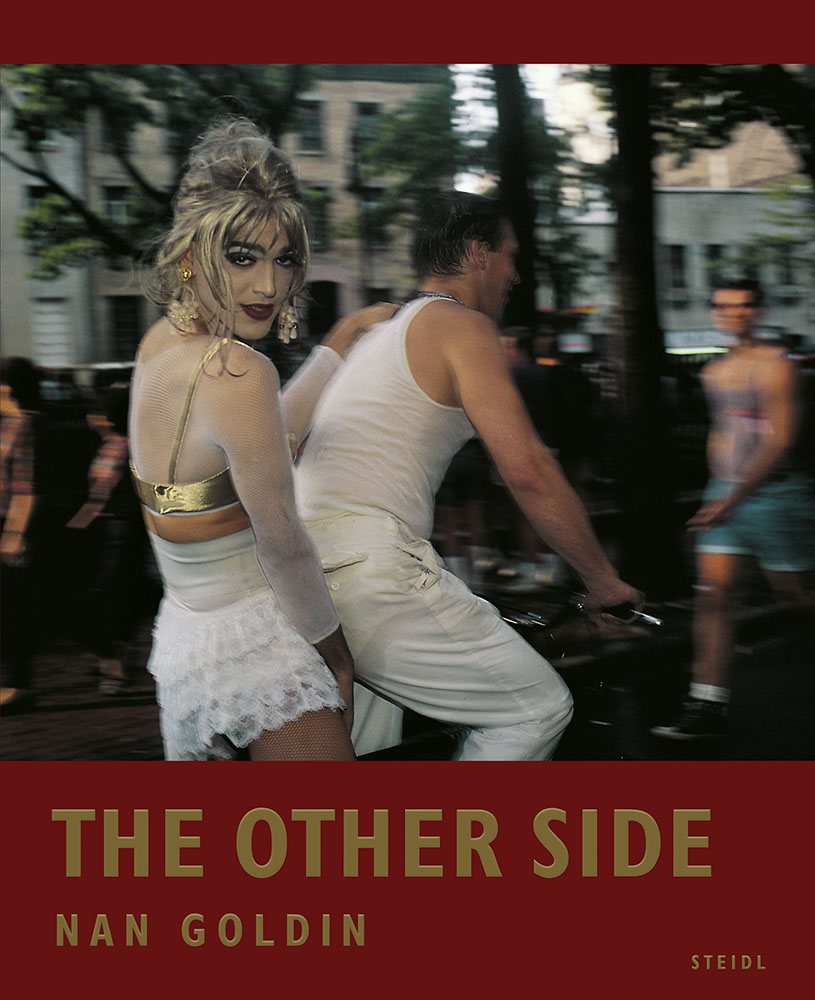

Nan Goldin. The Beautiful Smile
2007 winner Nan Goldin is easily one of the most significant photographers of our time. Adopting the direct aesthetics of snapshot photography, she has documented her own life and that of her friends and others on the margins of society for more than 30 years, offering frank depictions of drug abuse, cross-dressing and alternative sexualities. Her intimate photographs depict urban lives in New York and Europe in the 1970s, ‘80s and ‘90s, a period massively determined by HIV and AIDS. Her practice of photography as memoir, as a means of protection against loss and as an act of preservation, as well as her use of the slide show, resonates in the work of photographers of recent generations.
This classic volume, which the photographer has called her favorite of all of her books, is a moving homage to the work of one of the most eminent artists of our time.
Steidl | 2017 | Hardcover | 9.75 x 10.5 in | 150 pgs
2007 winner Nan Goldin is easily one of the most significant photographers of our time. Adopting the direct aesthetics of snapshot photography, she has documented her own life and that of her friends and others on the margins of society for more than 30 years, offering frank depictions of drug abuse, cross-dressing and alternative sexualities. Her intimate photographs depict urban lives in New York and Europe in the 1970s, ‘80s and ‘90s, a period massively determined by HIV and AIDS. Her practice of photography as memoir, as a means of protection against loss and as an act of preservation, as well as her use of the slide show, resonates in the work of photographers of recent generations.
This classic volume, which the photographer has called her favorite of all of her books, is a moving homage to the work of one of the most eminent artists of our time.
Steidl | 2017 | Hardcover | 9.75 x 10.5 in | 150 pgs

Nan Goldin. A Double Life
-Nan Goldin
“I used to think Nan and I were complete opposites and it was all about the complement. But it’s different from that. At the same time we’re identical- like our pictures. At first they seem to come from different plants but finally they arrive at the same place.”
-David Armstrong
DAP | 1994 | Hardcover | 9.75 x 13 in | 184 pgs
-Nan Goldin
“I used to think Nan and I were complete opposites and it was all about the complement. But it’s different from that. At the same time we’re identical- like our pictures. At first they seem to come from different plants but finally they arrive at the same place.”
-David Armstrong
DAP | 1994 | Hardcover | 9.75 x 13 in | 184 pgs

Nan Goldin. I’ll Be Your Mirror
-Nan Goldin
“I used to think Nan and I were complete opposites and it was all about the complement. But it’s different from that. At the same time we’re identical- like our pictures. At first they seem to come from different plants but finally they arrive at the same place.”
-David Armstrong
Scalo Verlag | 1996 | Hardcover | 8.5 x 11.5 in | 491 pgs
-Nan Goldin
“I used to think Nan and I were complete opposites and it was all about the complement. But it’s different from that. At the same time we’re identical- like our pictures. At first they seem to come from different plants but finally they arrive at the same place.”
-David Armstrong
Scalo Verlag | 1996 | Hardcover | 8.5 x 11.5 in | 491 pgs

Niki de Saint Phalle: Structures for Life
Edited with text by Ruba Katrib. Text by Anne Dressen & Nick Mauss, Alex Kitnick, Lanka Tattersall.
A new exploration of Niki de Saint Phalle’s colorful and compelling public structures, with archival materials and more
This volume brings newfound attention to Niki de Saint Phalle’s work in architecture and public sculpture, and the commercial products such as perfume and jewelry that she produced to fund these ambitious projects.
Featuring a wide selection of images of her architectural works and rarely seen archival materials, this book places these projects within the context of her larger boundary-defying practice, drawing connections with politically charged works such as the films and books she made in response to the AIDS crisis in the 1980s.
Charting Saint Phalle's many efforts to radically open her practice beyond the confines of the art world, it serves as a survey of her practice from the 1960s until the early 2000s. Edited and with an essay by exhibition curator Ruba Katrib, the publication features new scholarship by Anne Dressen and Nick Mauss, Alex Kitnick, and Lanka Tattersall.
MoMA PS1
Paperback | 6.75” x 9” | 232 pgs
Edited with text by Ruba Katrib. Text by Anne Dressen & Nick Mauss, Alex Kitnick, Lanka Tattersall.
A new exploration of Niki de Saint Phalle’s colorful and compelling public structures, with archival materials and more
This volume brings newfound attention to Niki de Saint Phalle’s work in architecture and public sculpture, and the commercial products such as perfume and jewelry that she produced to fund these ambitious projects.
Featuring a wide selection of images of her architectural works and rarely seen archival materials, this book places these projects within the context of her larger boundary-defying practice, drawing connections with politically charged works such as the films and books she made in response to the AIDS crisis in the 1980s.
Charting Saint Phalle's many efforts to radically open her practice beyond the confines of the art world, it serves as a survey of her practice from the 1960s until the early 2000s. Edited and with an essay by exhibition curator Ruba Katrib, the publication features new scholarship by Anne Dressen and Nick Mauss, Alex Kitnick, and Lanka Tattersall.
MoMA PS1
Paperback | 6.75” x 9” | 232 pgs
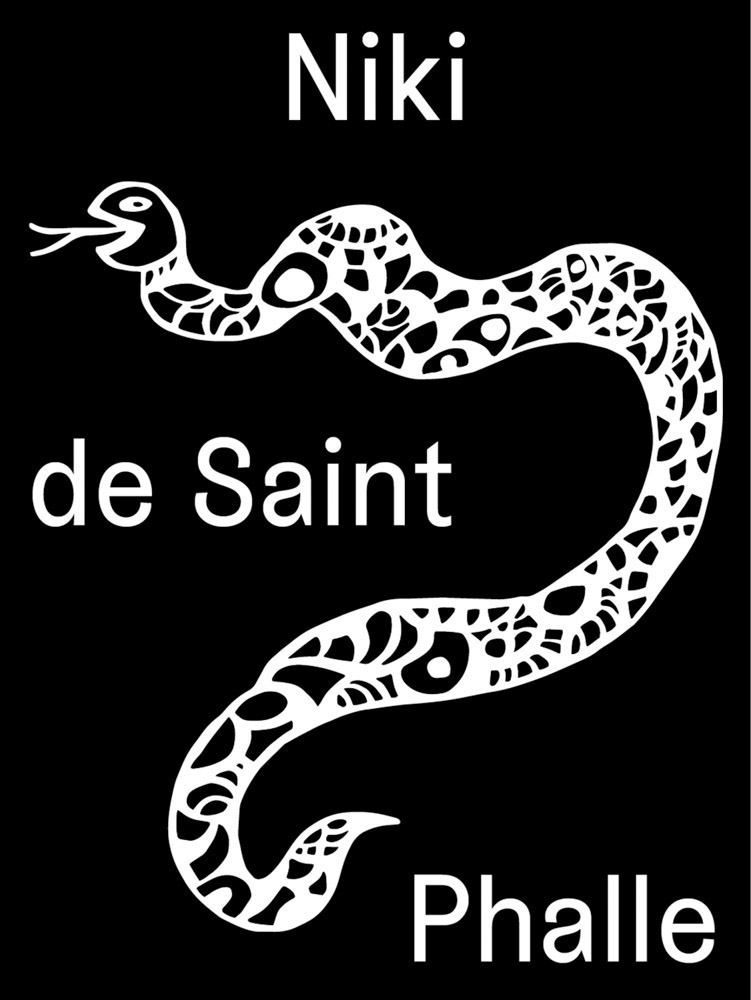






| Niki de
Saint Phalle Inflatable Yellow Nana |
Niki de Saint Phalle began commercializing her Nana balloons in 1968, as part of an effort towards democratizing art, by offering her inflatable sculptures at more affordable prices. To this day, they are beloved by children and adults alike.
Il Giardino dei Tarocchi
Vinyl Plastic, 90 x 82 cm

| Niki de Saint Phalle: Tarot Cards |
“If life is a game of cards, we are born without knowing the rules. Yes we must play our hand. Is the tarot only a card game, or is there a philosophy behind it?“ --Niki de Saint Phalle
Game of 22 cards, 8 x 14 cm each.
Special screen printing with relief effect.
14 special colors + Braille paint on the front; 1 special color black on the back + UV paint.
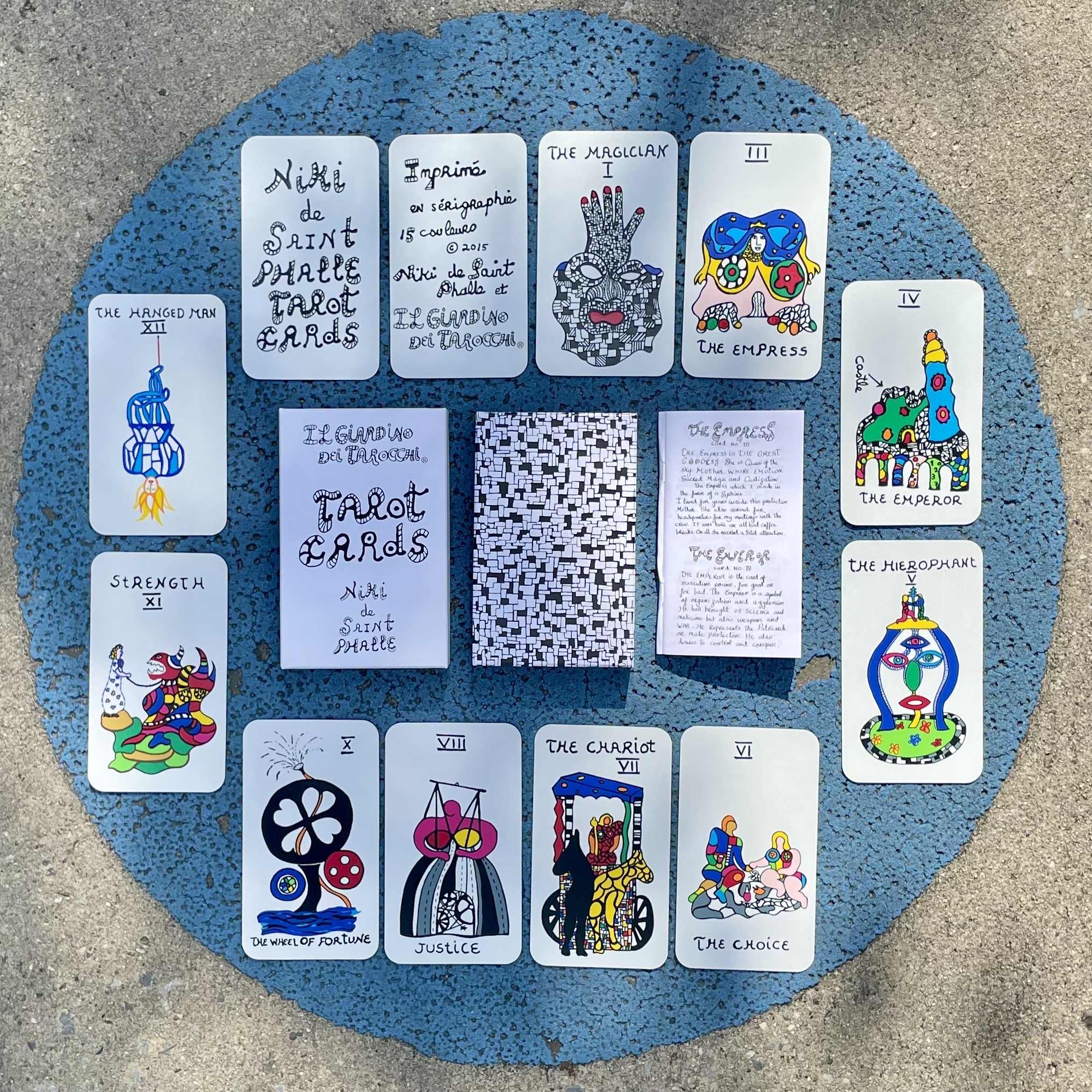

| Niki de
Saint Phalle Inflatable Black Nana |
Niki de Saint Phalle began commercializing her Nana balloons in 1968, as part of an effort towards democratizing art, by offering her inflatable sculptures at more affordable prices. To this day, they are beloved by children and adults alike.
Il Giardino dei Tarocchi
Vinyl Plastic, 90 x 82 cm
Entermission Gallery Bag
The EMG bag, designed, and handcrafted here in New York City's Garment District, is tailored to fit way more than your average street bag. EMG bags are made of heavy canvas, featuring 6 pockets on the inside with 3 pockets on each side and a removable canvas base on the bottom that gives the bag it's structure ensuring it will remain standing upright instead of slumping over. Its 7 Gallon volume is perfect for a heavy reading list or a day trip.


Type Tshirt
FUTURA FONT 44-72 POINT

TOILETPAPER Issue 16 Limited Edition
By Maurizio Cattelan & Pierpaolo Ferrari
This limited edition of 700 copies comes with a puzzle created by Toiletpaper.
Toiletpaper is an artists’ magazine created and produced by Maurizio Cattelan and Pierpaolo Ferrari, born out of a passion or obsession they both cultivate: images. The magazine contains no text; each picture springs from an idea, often simple, and through a complex orchestration of people it becomes the materialization of the artists' mental outbursts. Since the first issue, in June 2010, Toiletpaper has created a world that displays ambiguous narratives and a troubling imagination.
Hardcover | Damiani | 8.8 x 11.5 in | 40 pages

Cao Fei: I watch that worlds pass by
Snoeck
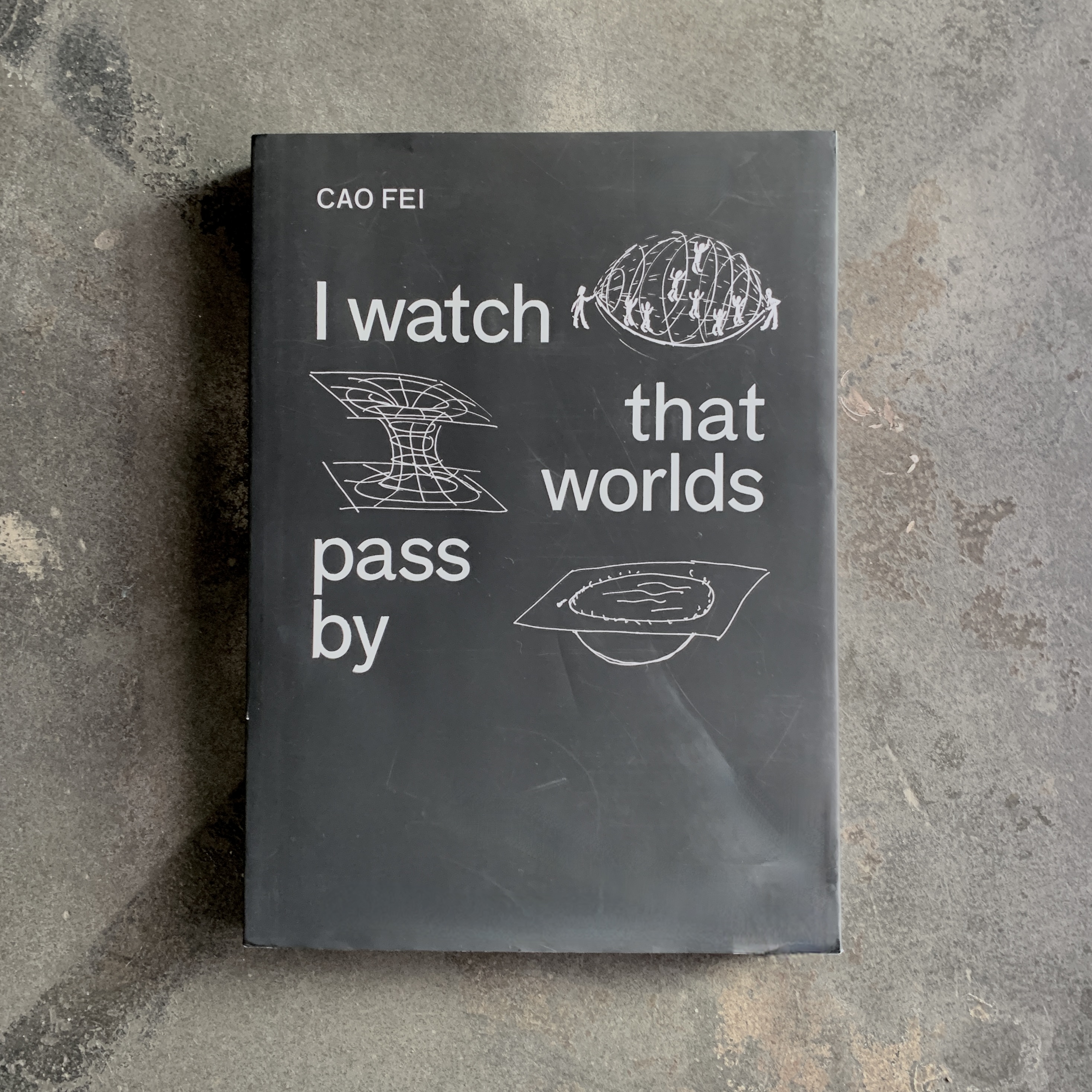
Staff Favorites: Books on Film
Here are some of our favorite film books currently in stock at Artbook @MoMA PS1. What they share is a rich, contextual overview of each filmmaker's career.
Derek Jarman's Jubilee was a seminal film for many, though he's perhaps better known for Edward II, Sebastiane, and Blue. This book explores his diverse work, from experimental Super 8 films to queer painting and activism, with essays and photos accompanying each body of work. While their focus and mediums differ, Cao Fei’s work also features heavy social commentary and surrealism, evoking the feeling of entering a dreamlike world. In Fei’s case, she blurs the lines between the virtual and real as she explores the impact of globalization and internet culture on China. 'I Watch That Worlds Pass By' examines 3 major projects from her career, all delving into these themes. Hito Steyerl’s work also critiques the global capitalist system, with an emphasis on surveillance. In 'Broken Windows' (published alongside her exhibition of the same name) she teaches AI to recognize the sound of breaking glass, which feels especially timely as AI becomes more present. In contrast to 'Broken Windows', the protagonist in 'Memoria' struggles to recreate a sound that no one else seems to hear. While Weerasethakul’s meditation on memory feels spiritual, cyclical, and timeless, Steyerl’s work interrogates how the past is mediated through the digital archive. Weerasethakul is known for 'Uncle Boonmee', which won the Palme d'Or 2010. 'Memoria', was based off his own experience with Exploding Head Syndrome (EHS)—a condition where individuals hear loud noises in their sleep. Weerasethakul found the experience strange and dreamlike, and while making the film in Colombia, his symptoms mysteriously disappeared. This book offers a rare glimpse into his personal sketchbook as he explores a new country and makes this film. What unites these filmmakers’ works, for me, is their profound intersections between technology, memory, and identity.
Each of these books would be a happy addition to any film book collection.
Apichatong Weerasethakul: Memoria
Firefly Press

Derek Jarman
JRP Editions

Hito Steyerl
The City of Broken Windows
SKIRA

Shanekia McIntosh
A New Sense of Luxury
A New Sense of Luxury is the first full-length collection from poet & artist, Shanekia McIntosh.
“Shanekia Mcintosh’s A New Sense of Luxury is a lyric epic of presence, where being here and now is too often a choice between only Pleasurescrolling./Doomscrolling. - thus, not enough and too much at the same time. 21st-century luxury is such a muchness as that; up in imperial prolapse, what’s luxe ain’t nothing if the good feeling doesn’t cost someone some blood. Sometimes, the buyer’s. McIntosh spurns, reels, wants and winces in a tableau of cramped plentitude and roomy scarcity, taking inventory. This book tells us what’s extra and what’s missing.” - Douglas Kearney
Shanekia McIntosh is an interdisciplinary artist, with her work rooted in poetry, performance and installation. Her work is an exploration of memory and archives, guided by an insatiable curiosity and interest in philosophy and history, McIntosh uses her work to explore themes of time, dislocation, trauma, climate, passivity and action and connectivity through the lens of digital culture probing at the stories we tell ourselves and interrogating at who gets to tell them. In 2021, she released her debut chapbook, Spiral as Ritual, published by Topos Press.
Artbook @ MoMA PS1 is carrying the book in conjunction with a reading program for the current exhibition at MoMA PS1 “DON CHRISTIAN JONES: The Sumptuous Discovery of Gotham a Go-Go”. The program features Martine Gutierrez, Morgan Bassichis, and Shanekia McIntosh.
Eureka! Press
5x8 inches | 111 Pages | Digital Print |Letterpress Cover | Perfect Bound | First Edition of 400
$17.99

On the Town: A Performa Compendium 2016-2021
Gregory R. Miller & Co., 2022 | English | Paperback | 384 pages | 6.5 x 0.7 x 9.5 inches
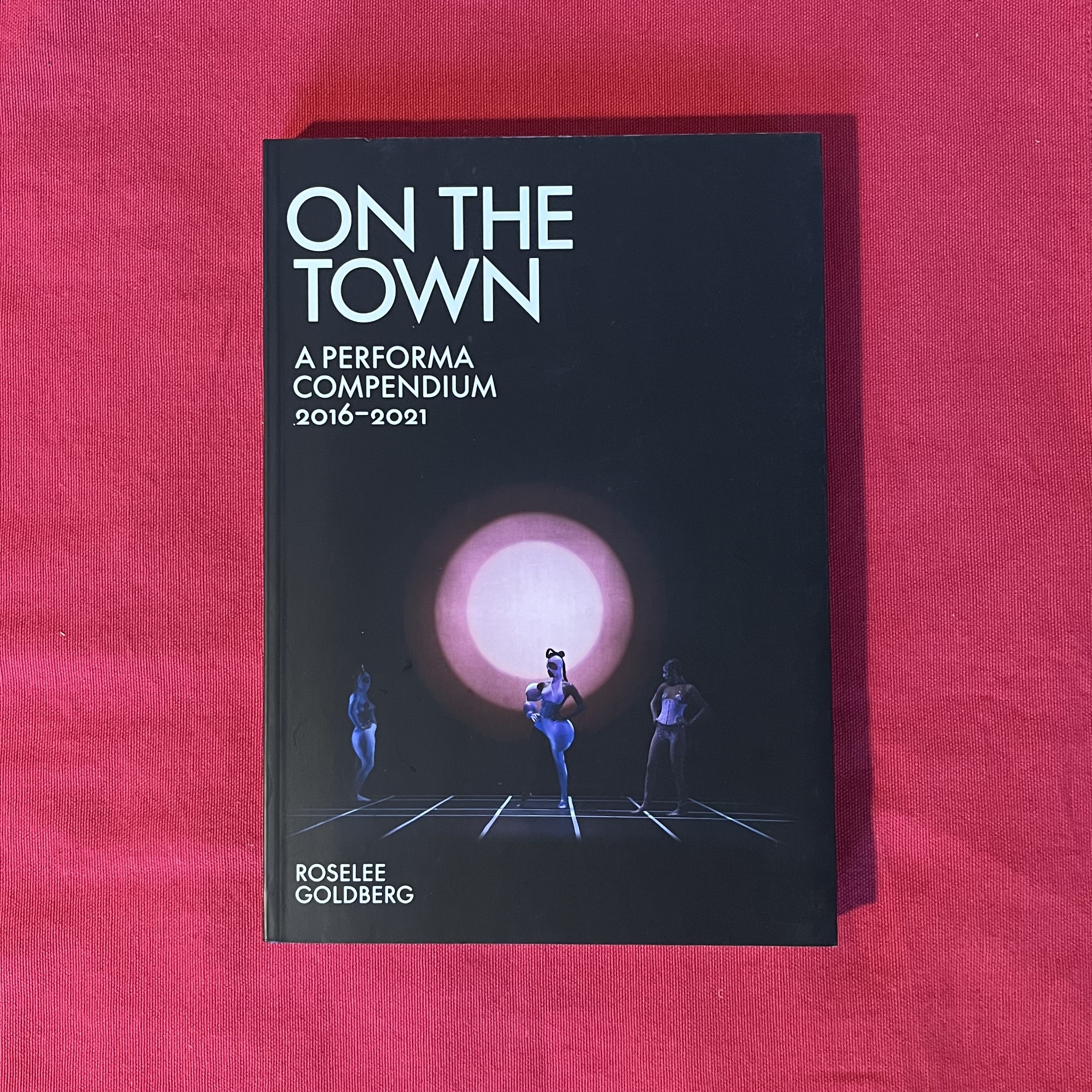
Remembering a Dance: Parts of Some Sextets, 1965/2019: Yvonne Rainer, Emily Coates, Nick Mauss
Performa/Lenz/Wadsworth Atheneum | November 5, 2024 English| Paperback | 160 pages | 7 x 10 inches

Judson Dance Theater: The Work is Never Done
MoMA, 2018 | Paperback | 199 pages | 8 x 10 inches

Radical Bodies: Anna Halprin, Simone Forti, and Yvonne Rainer in California and New York
1955-1972 | University of CA Press, 2016 | Hardcover | 192 pages | 8.5 x 10.5 inches
